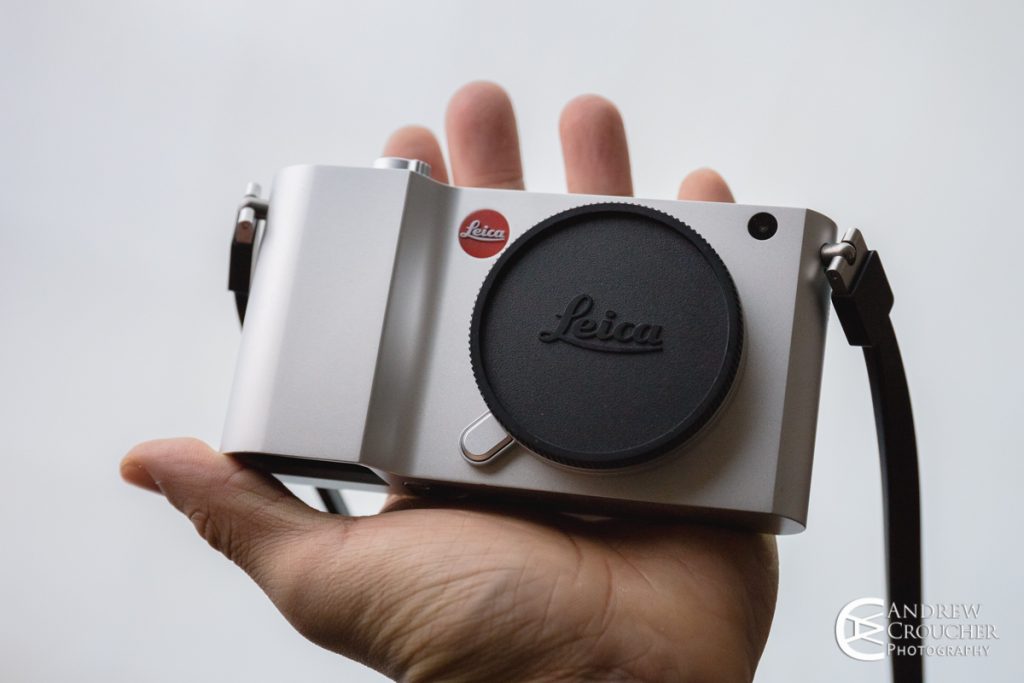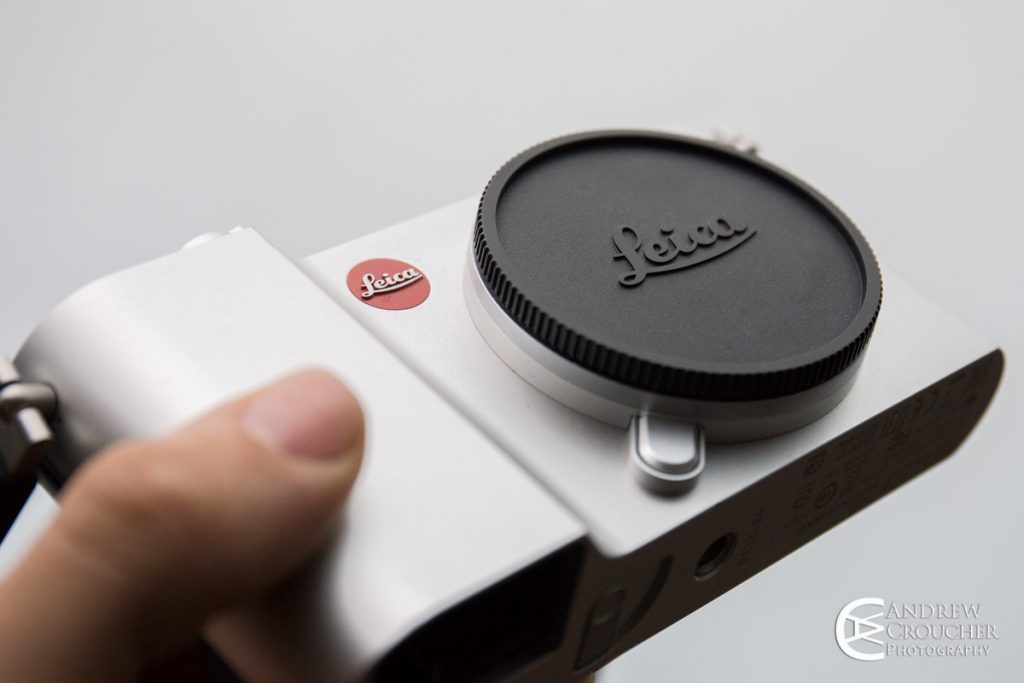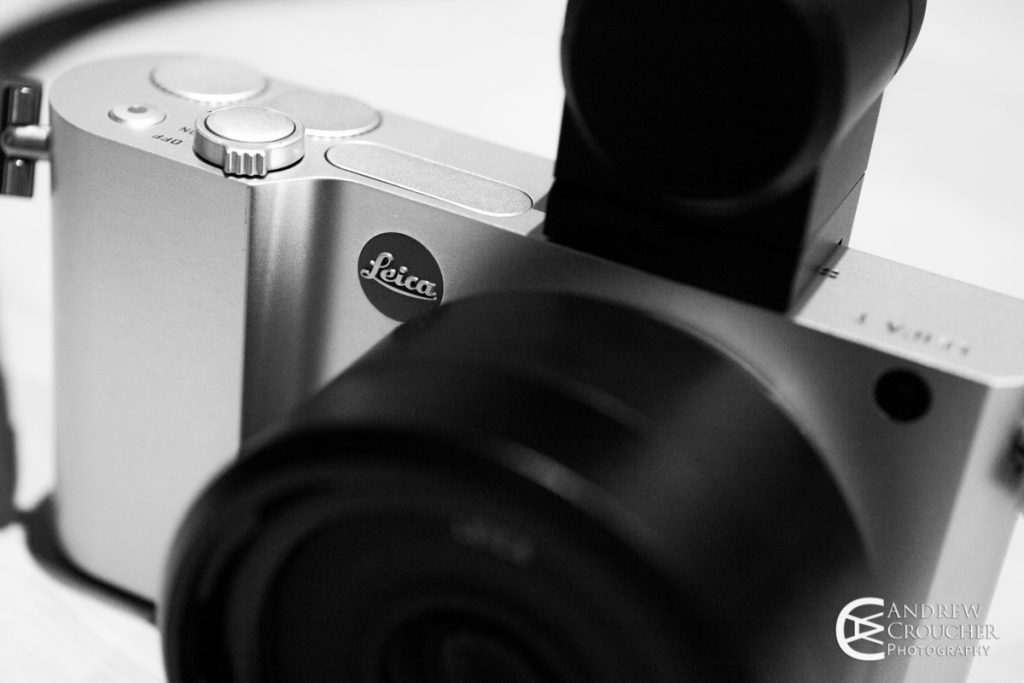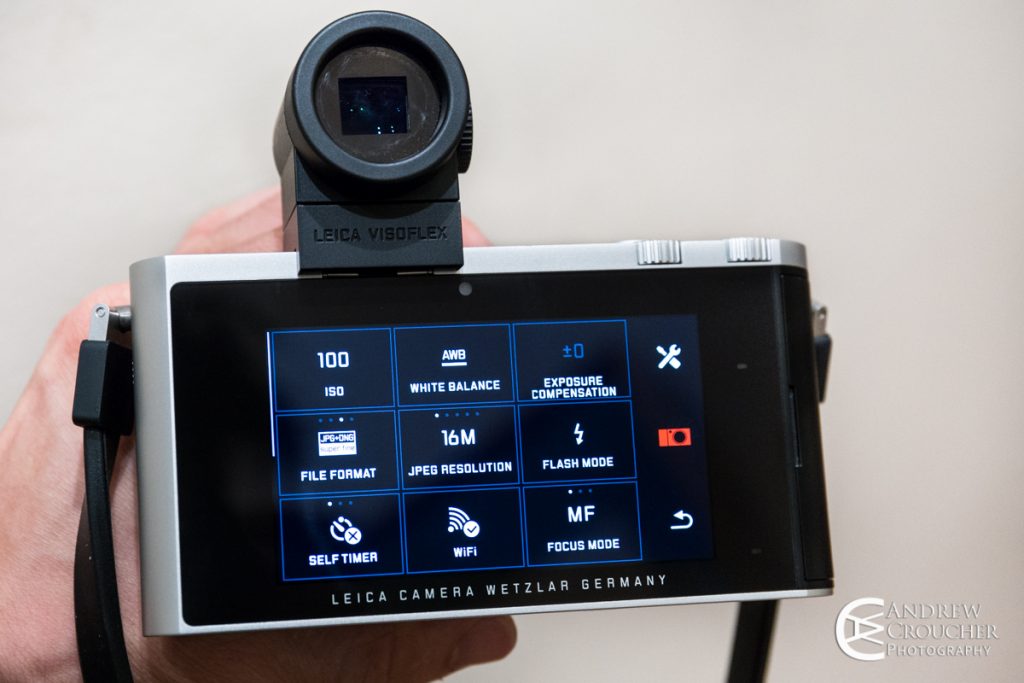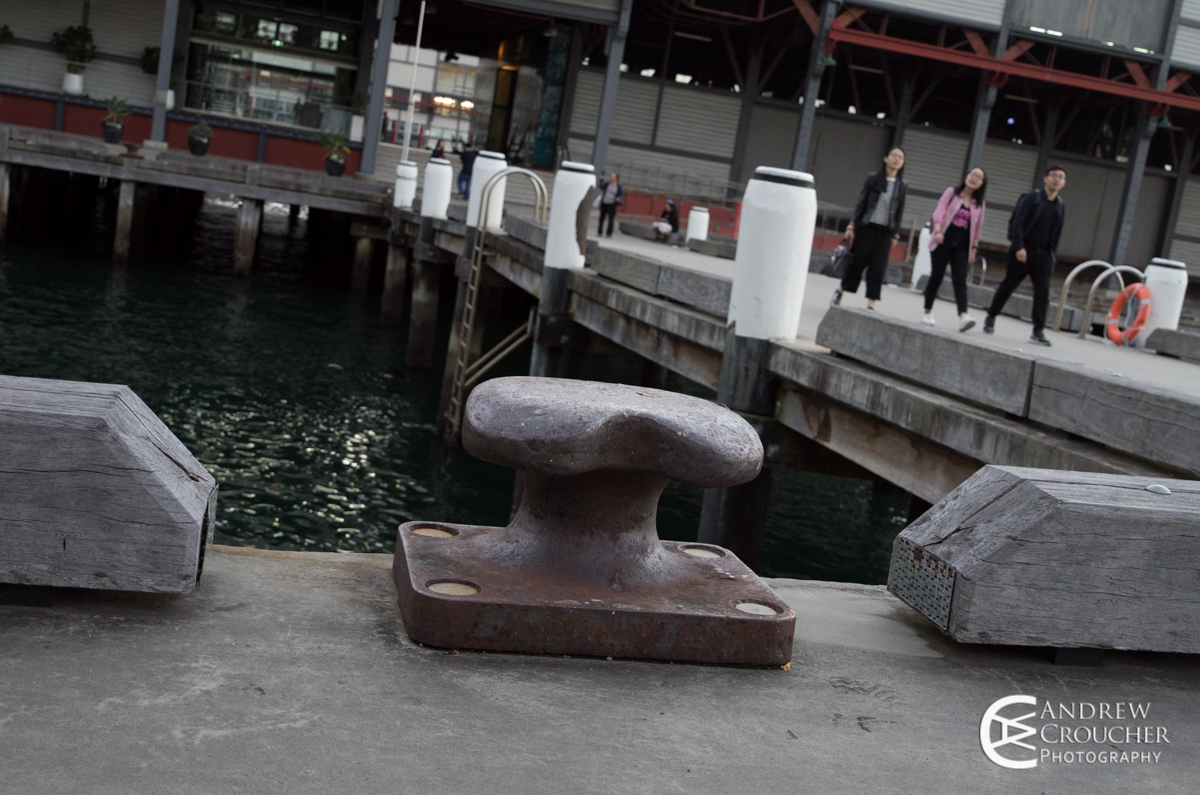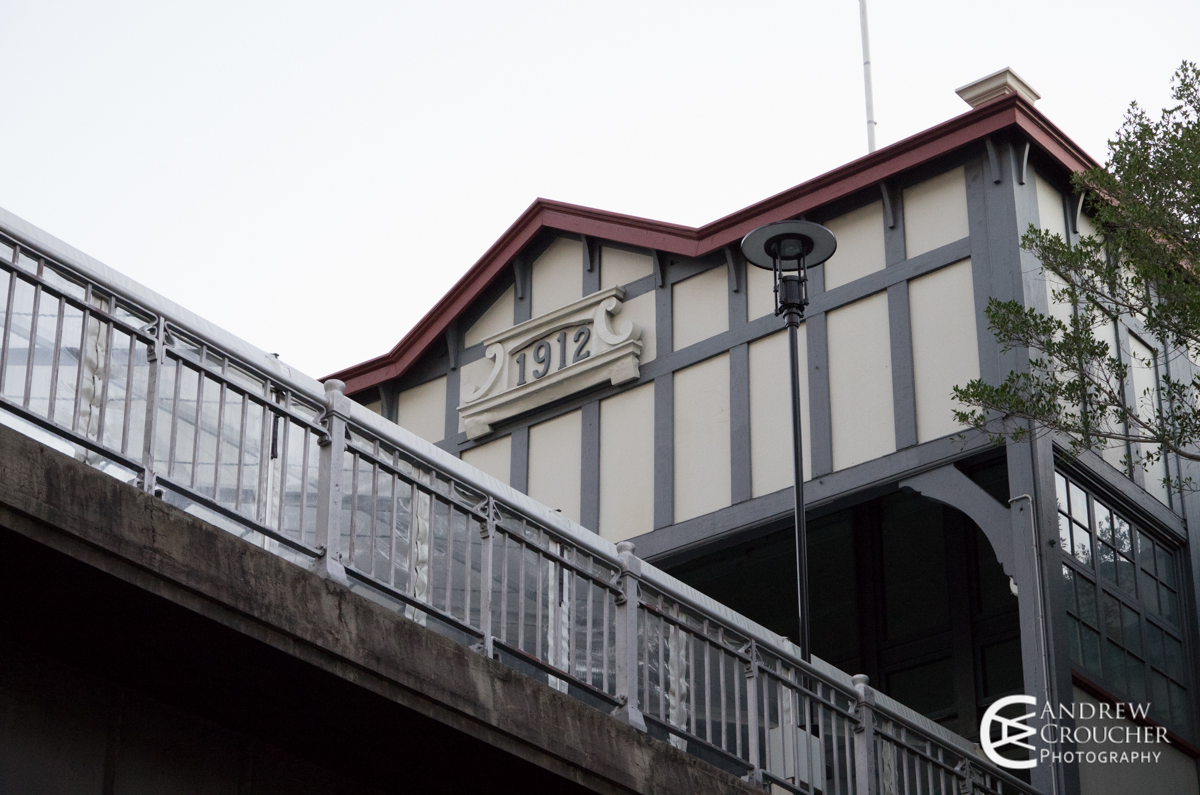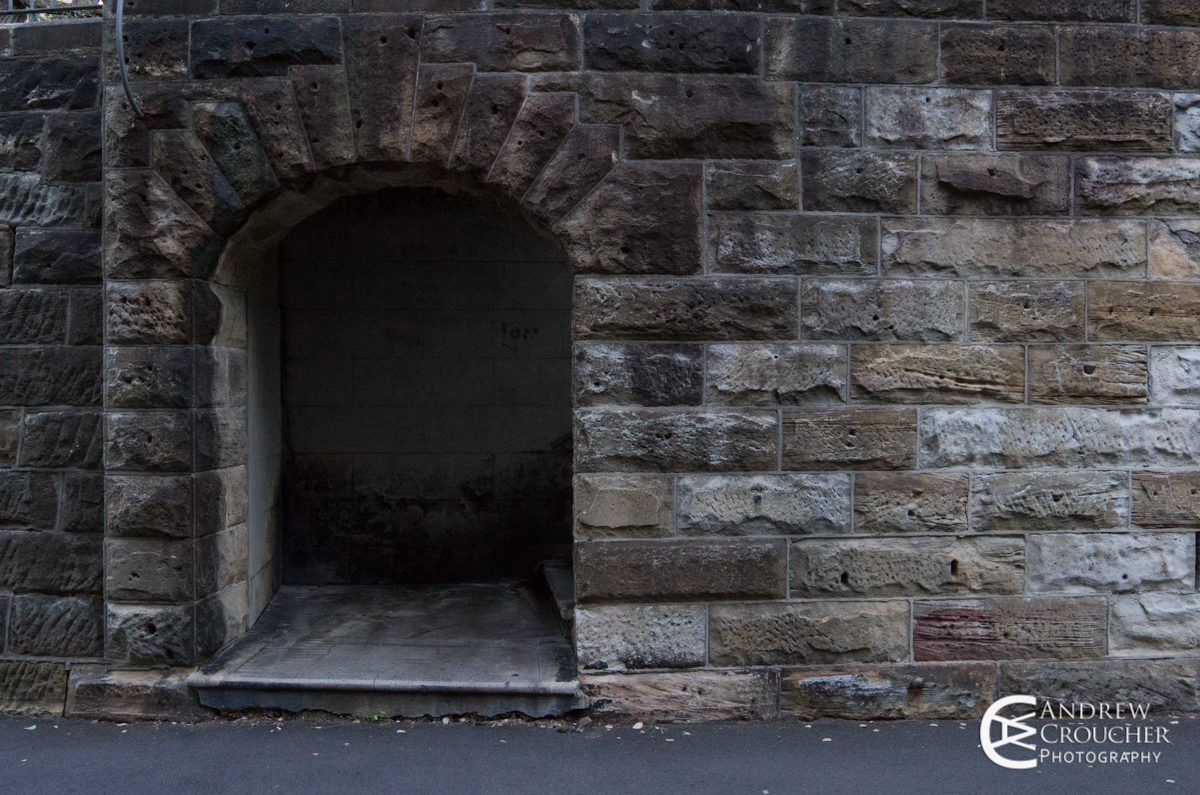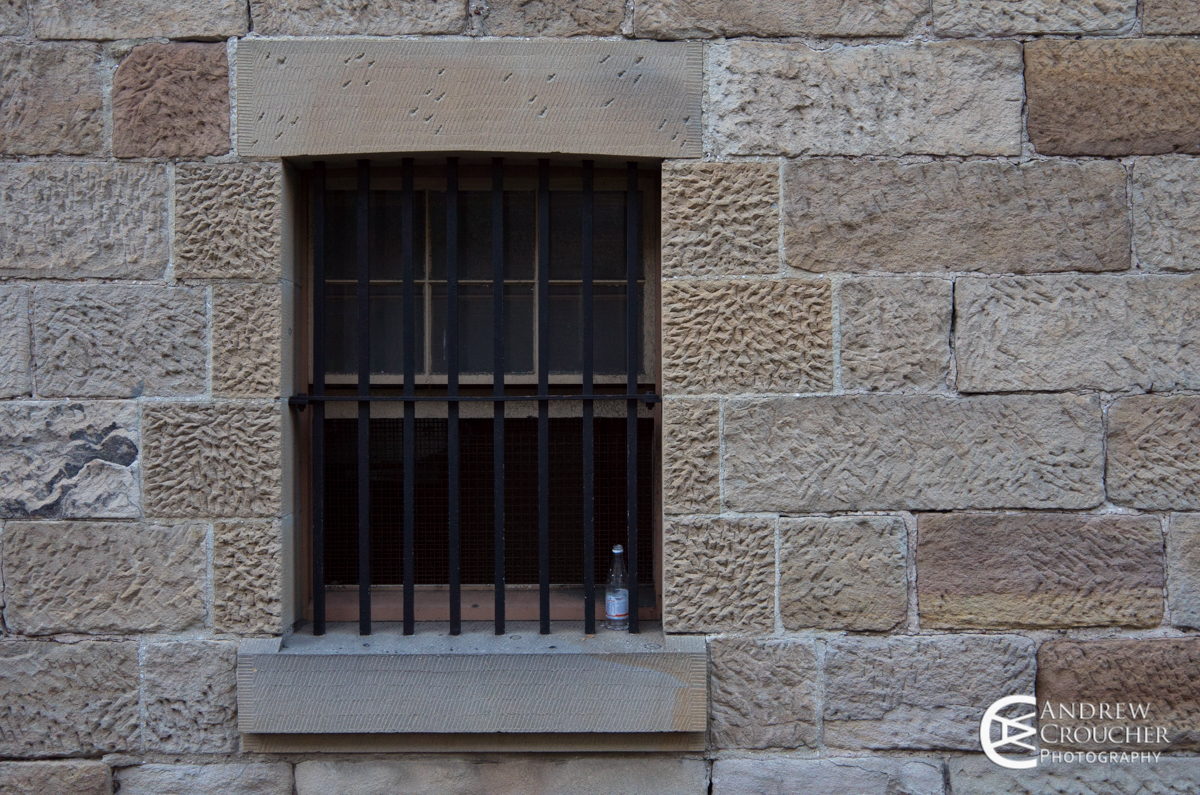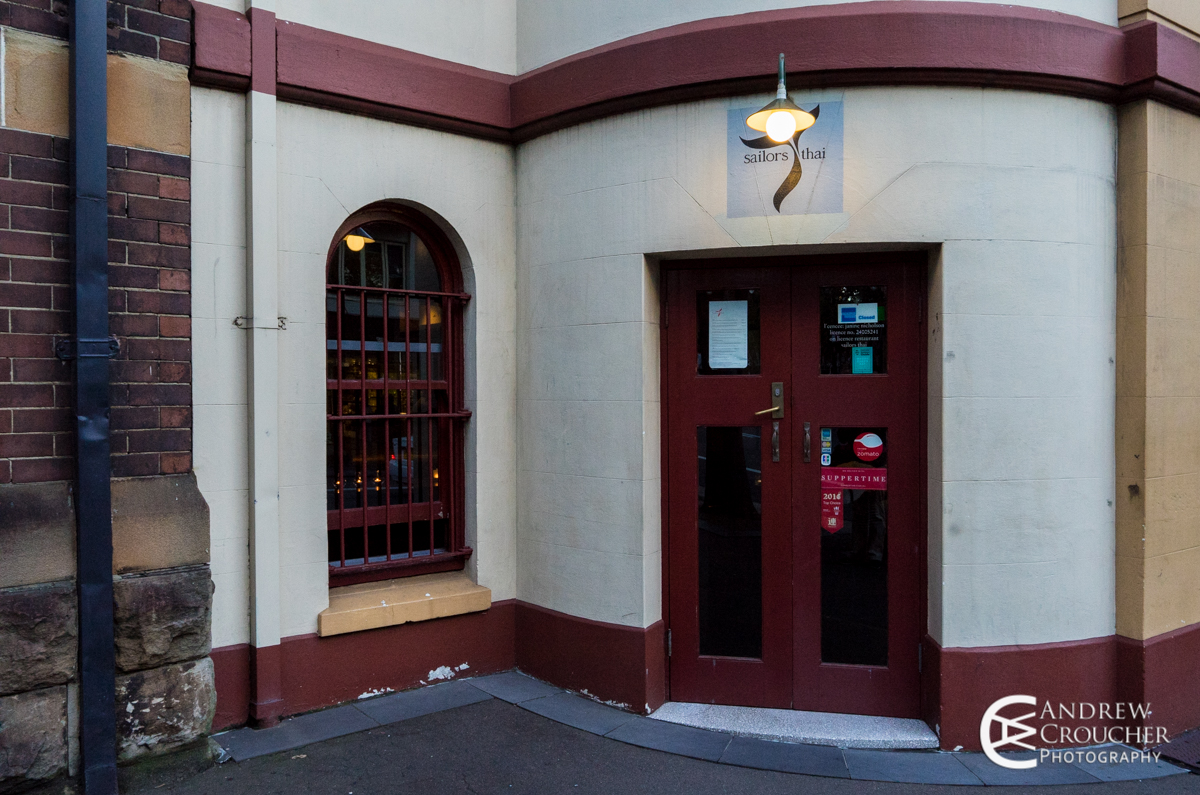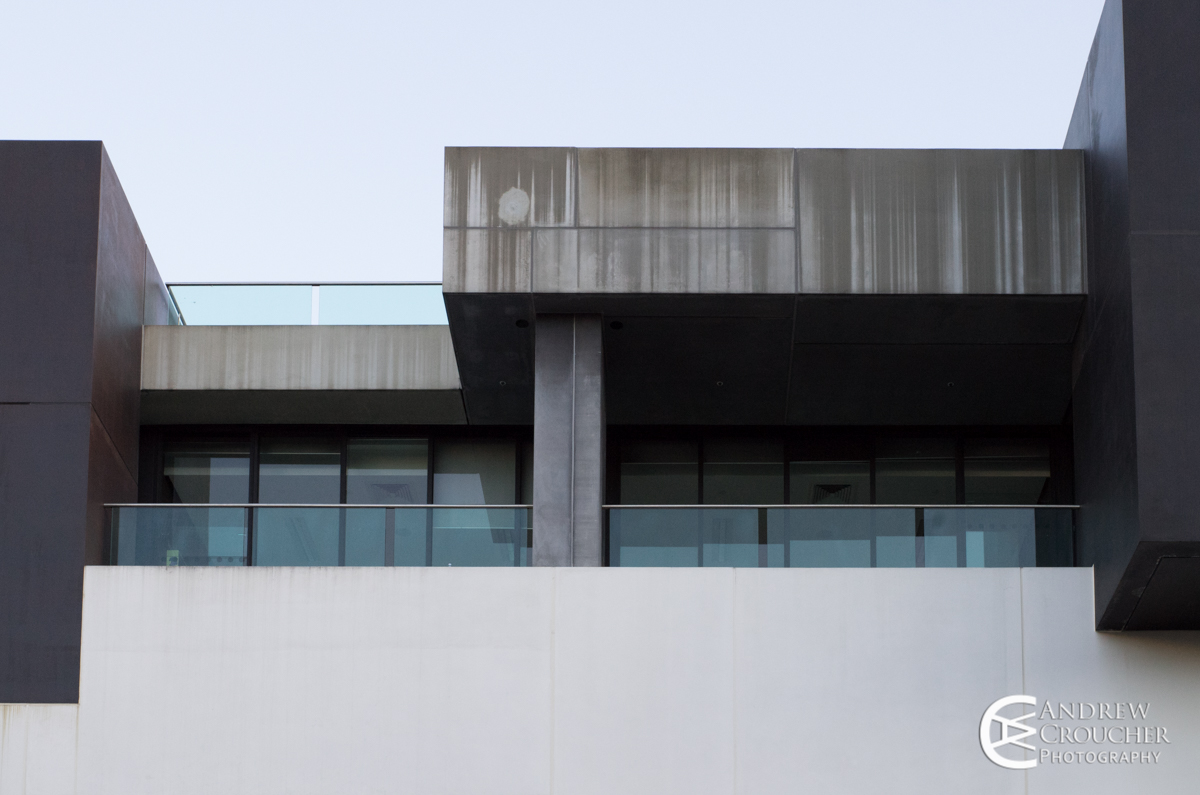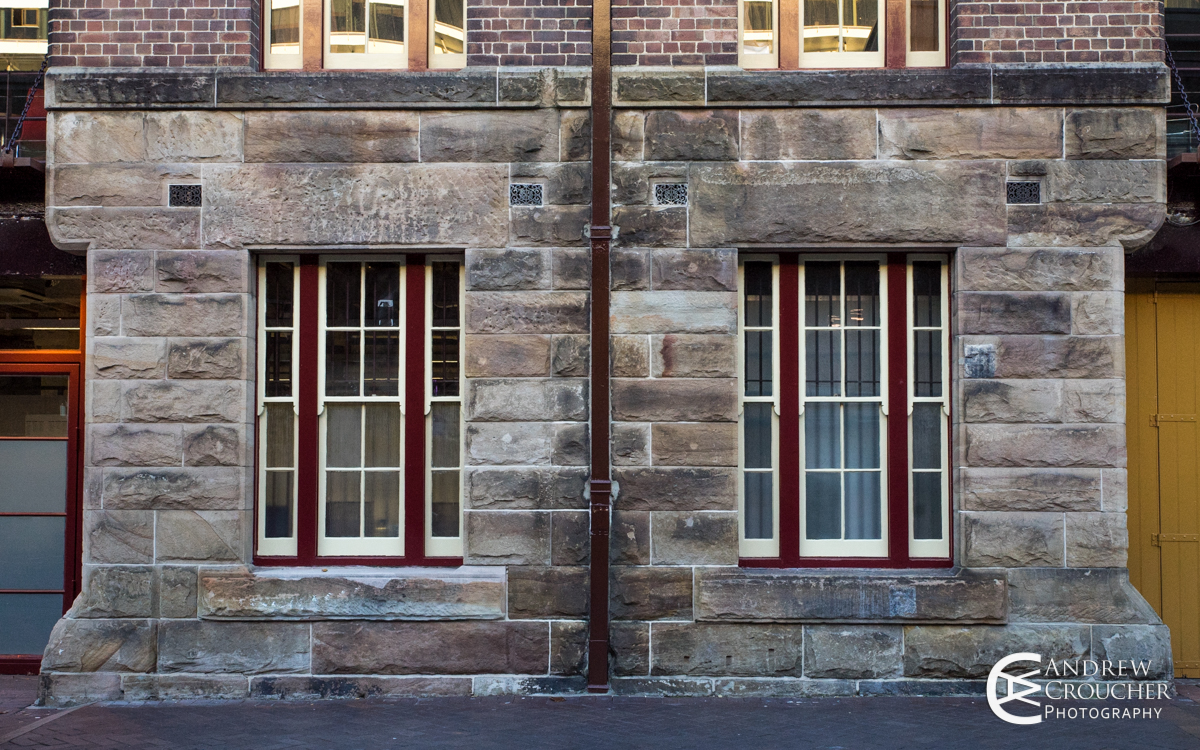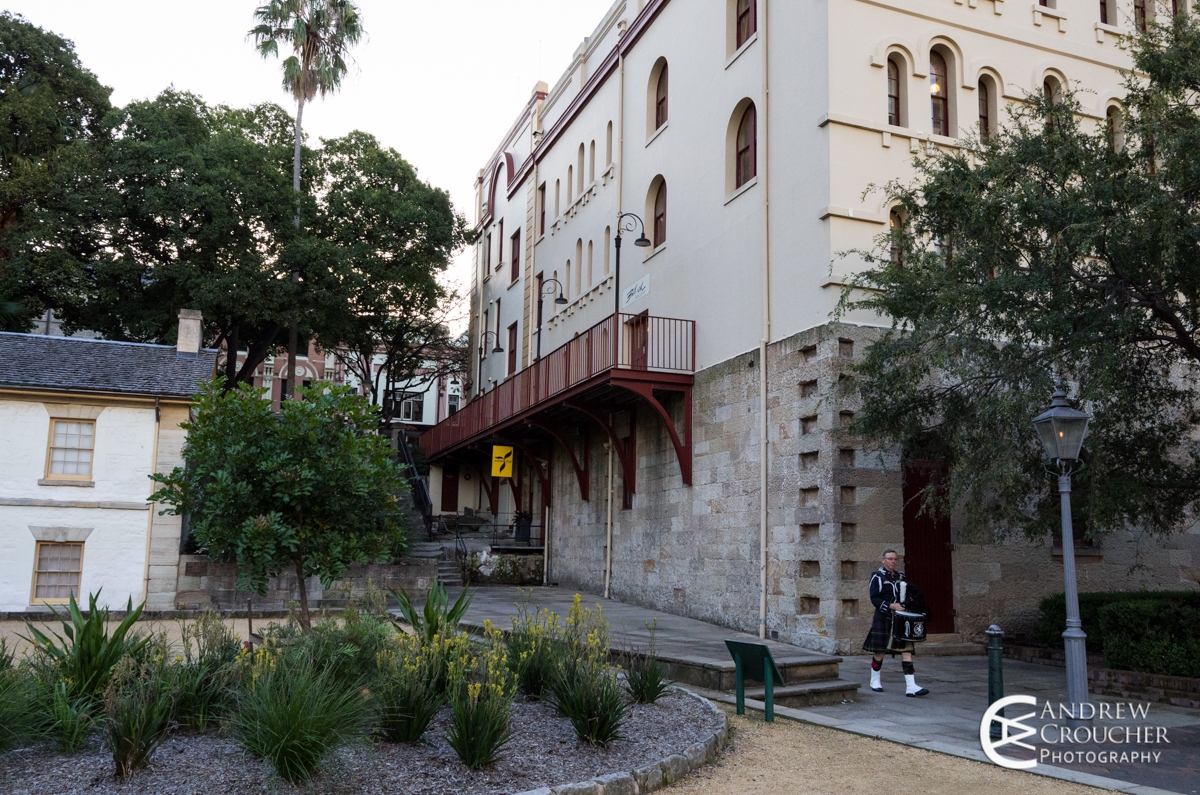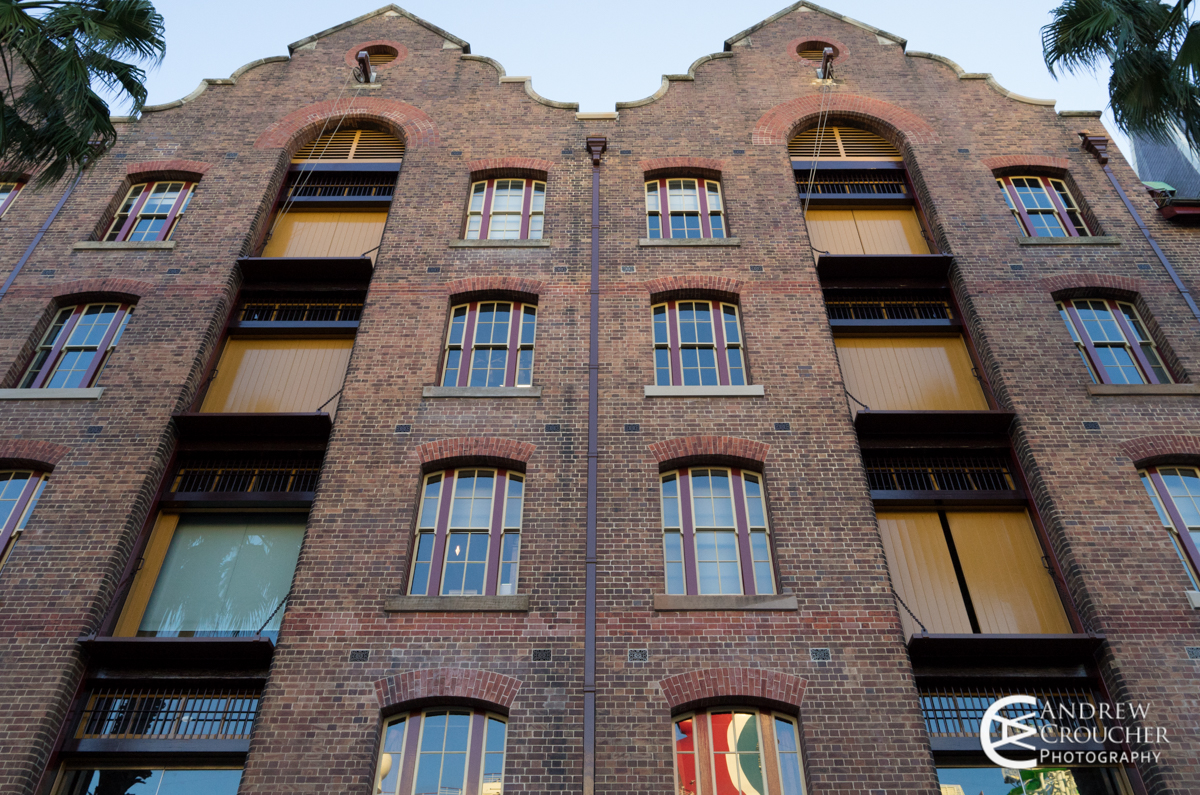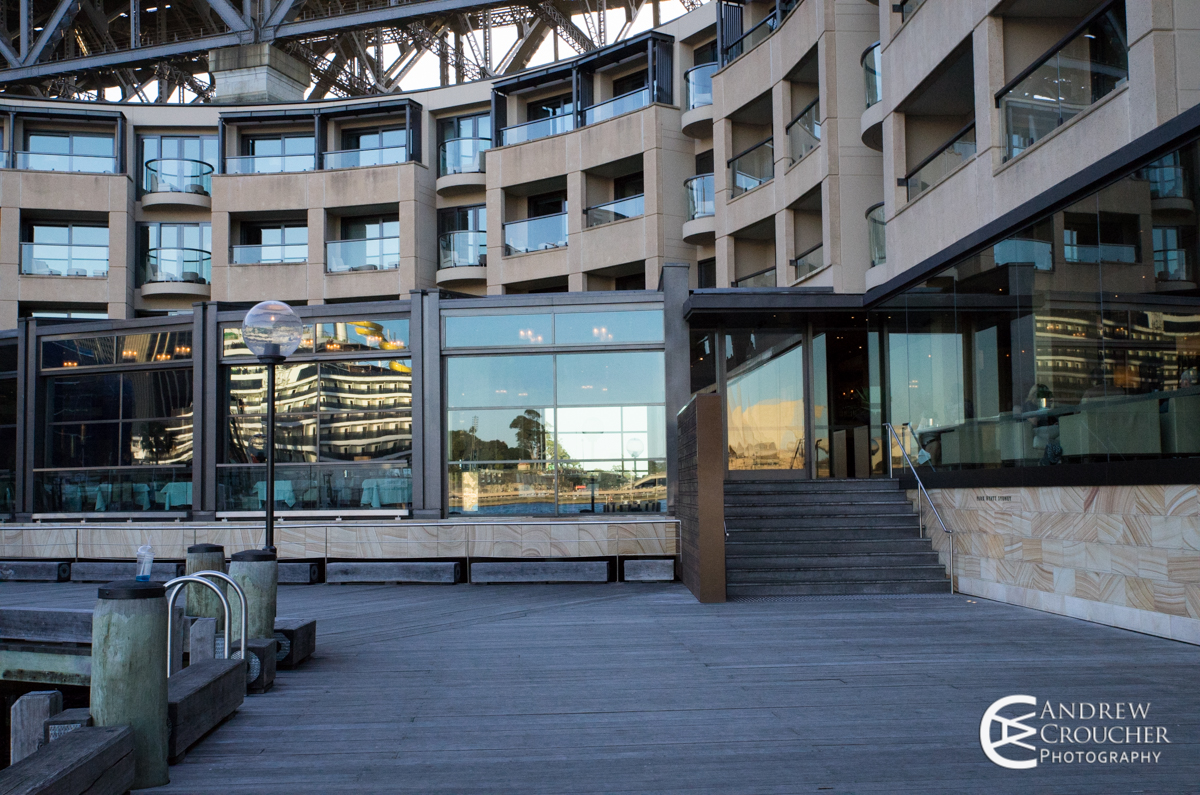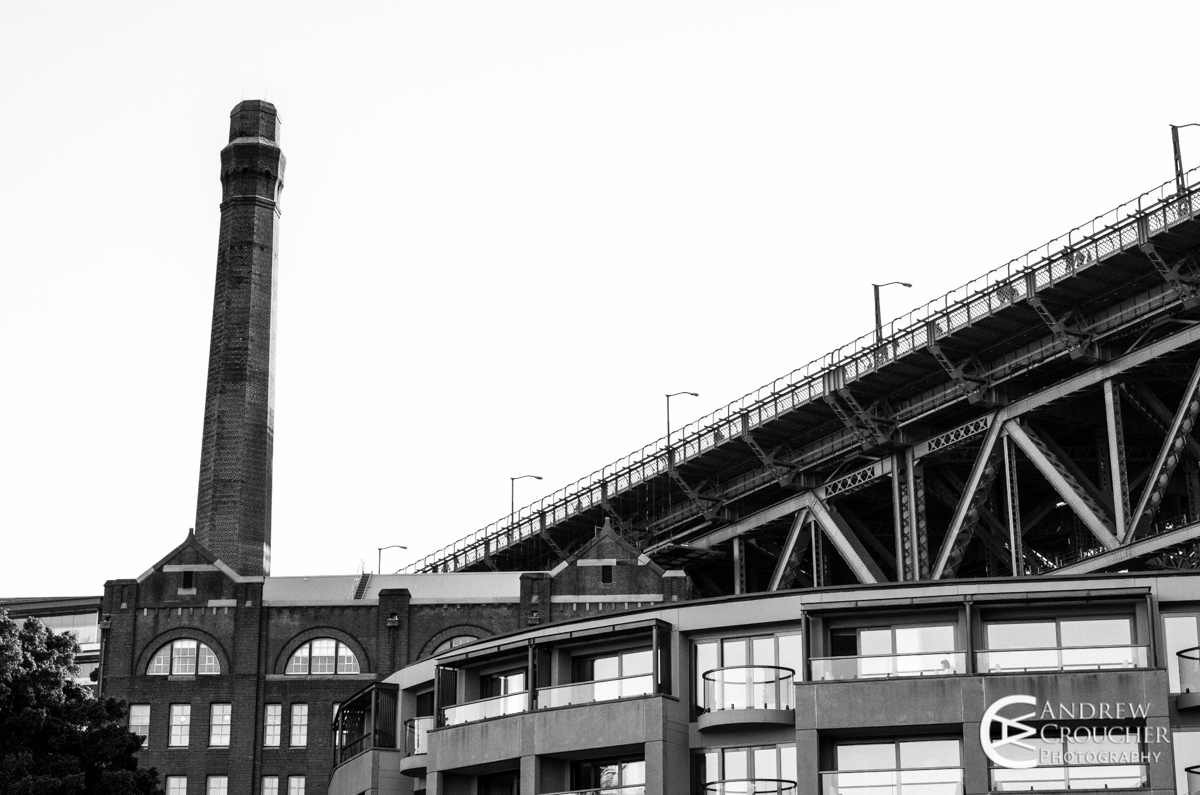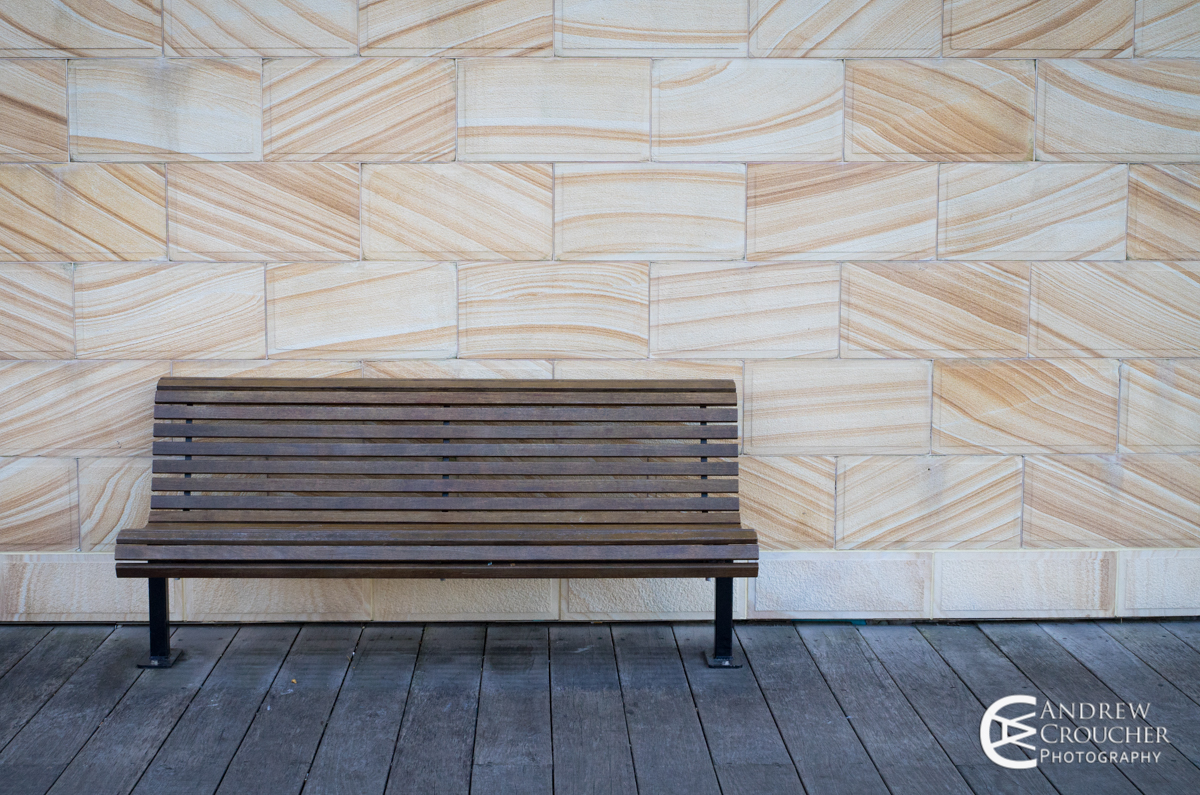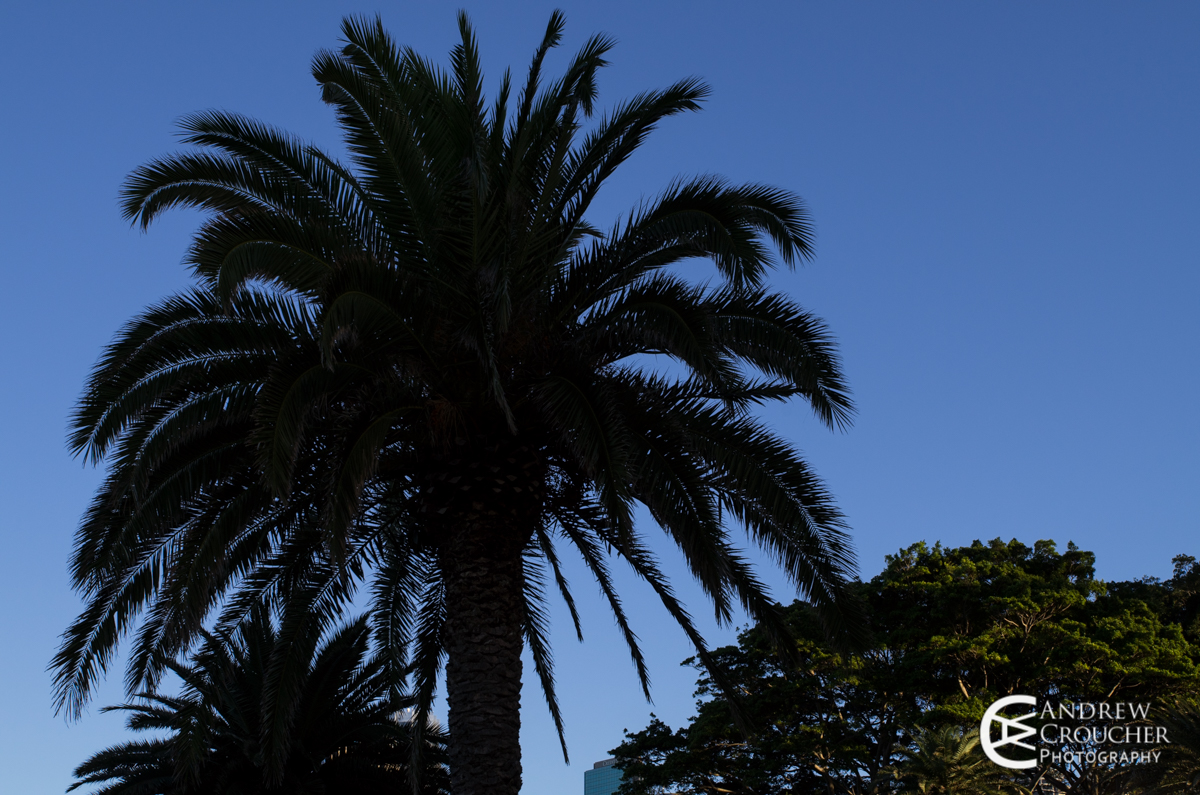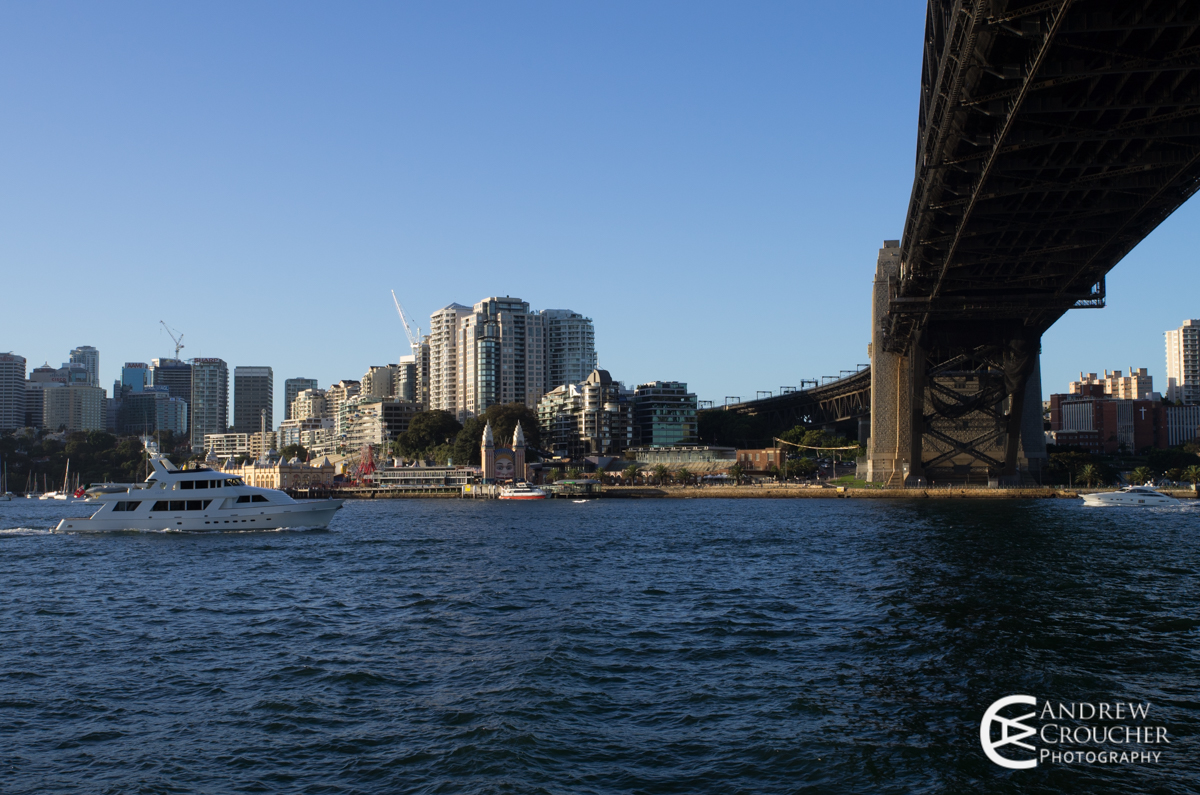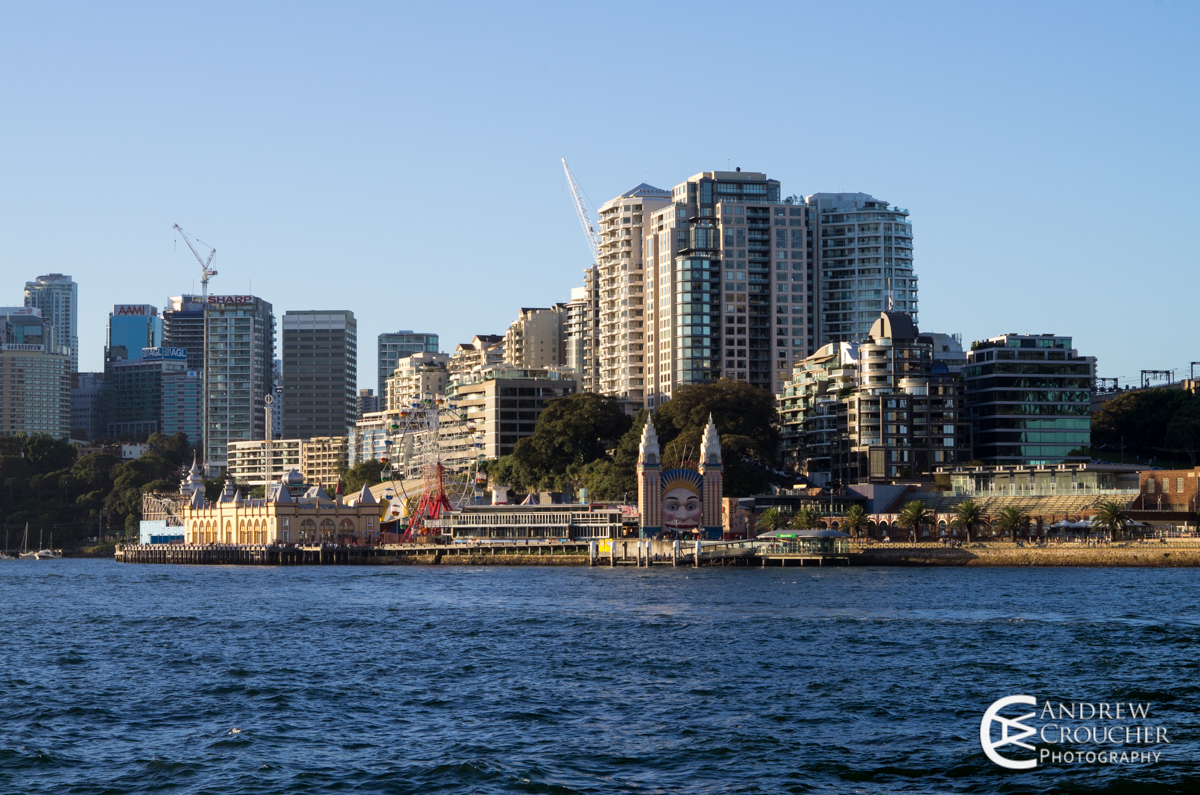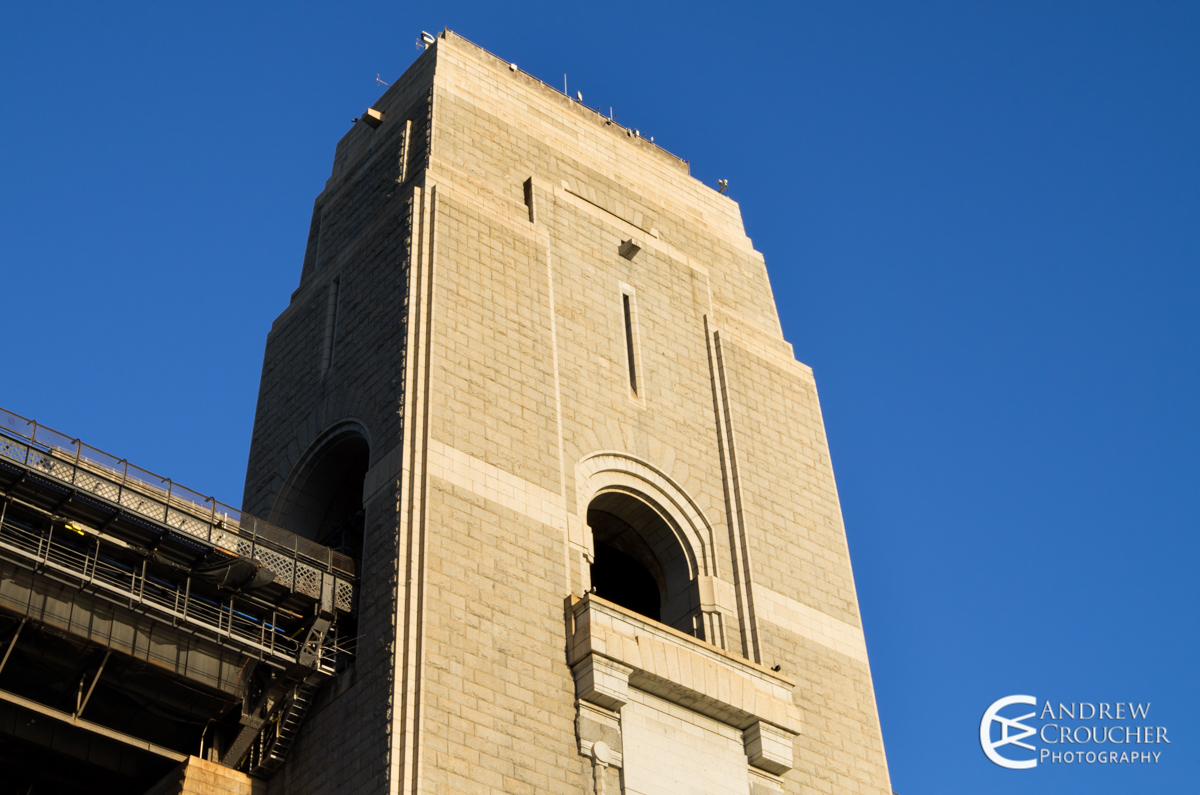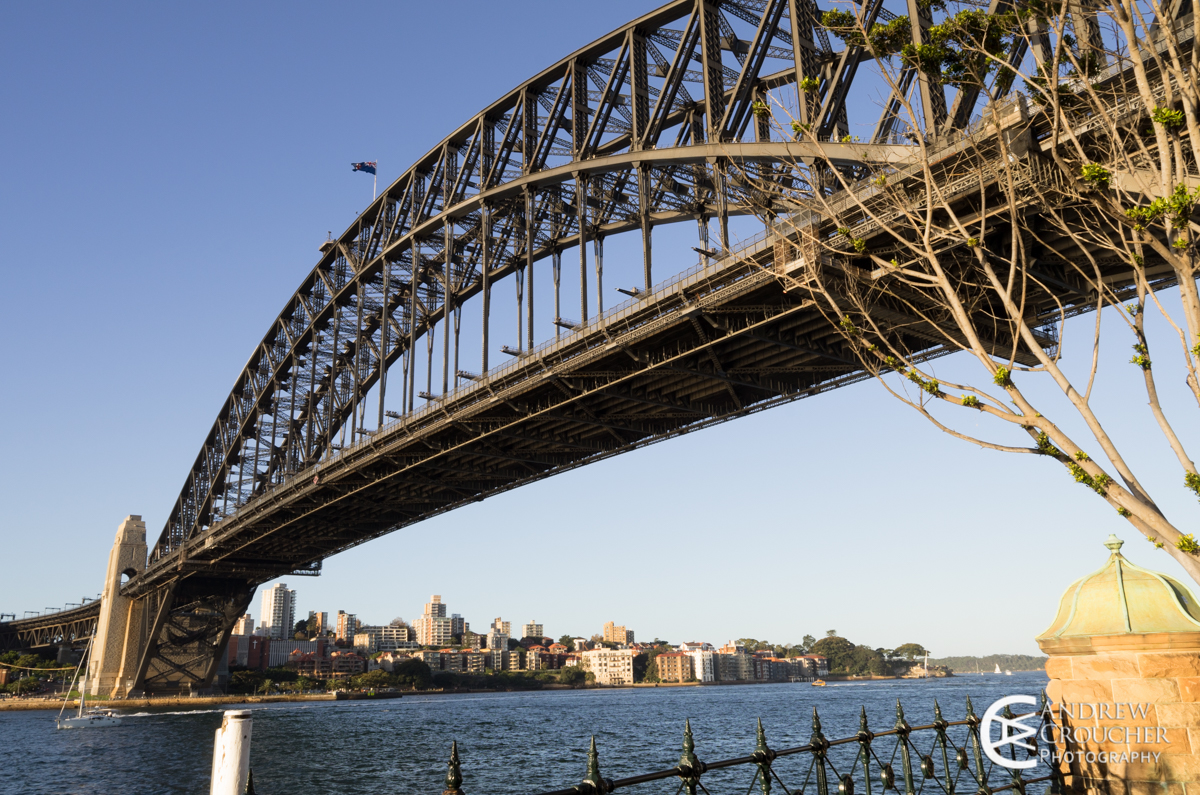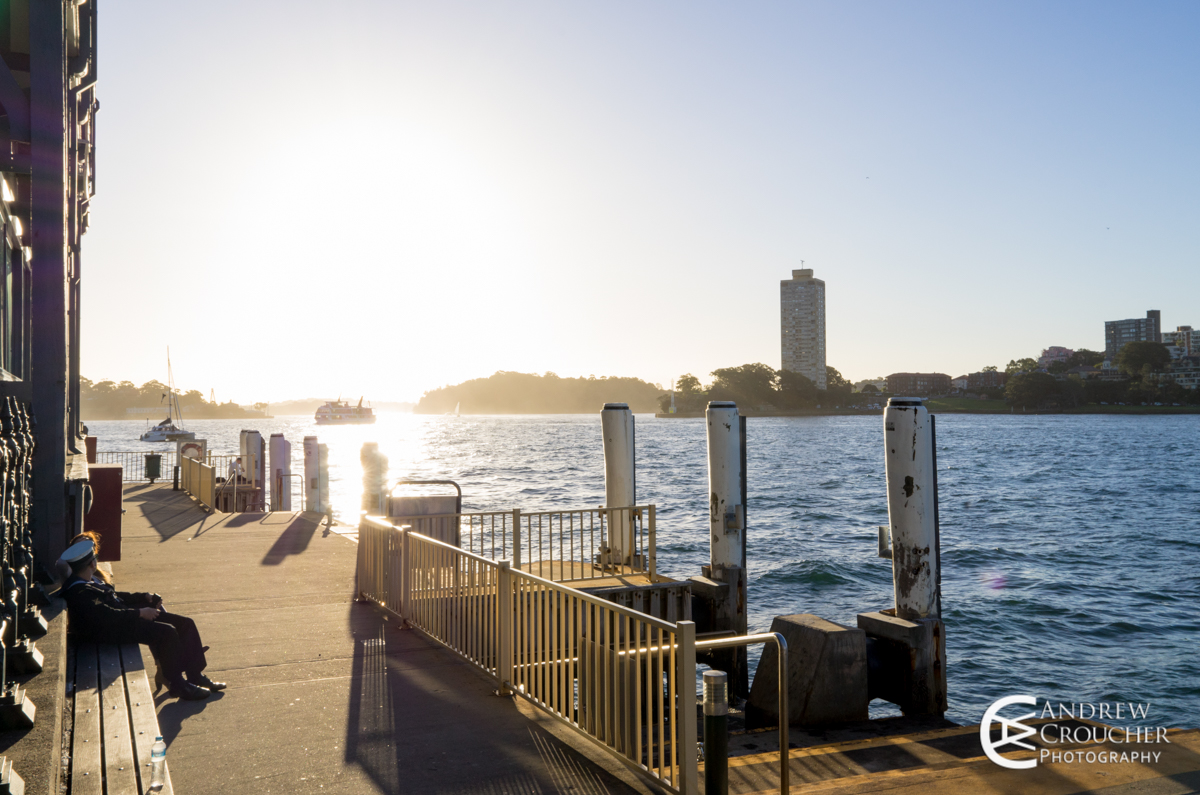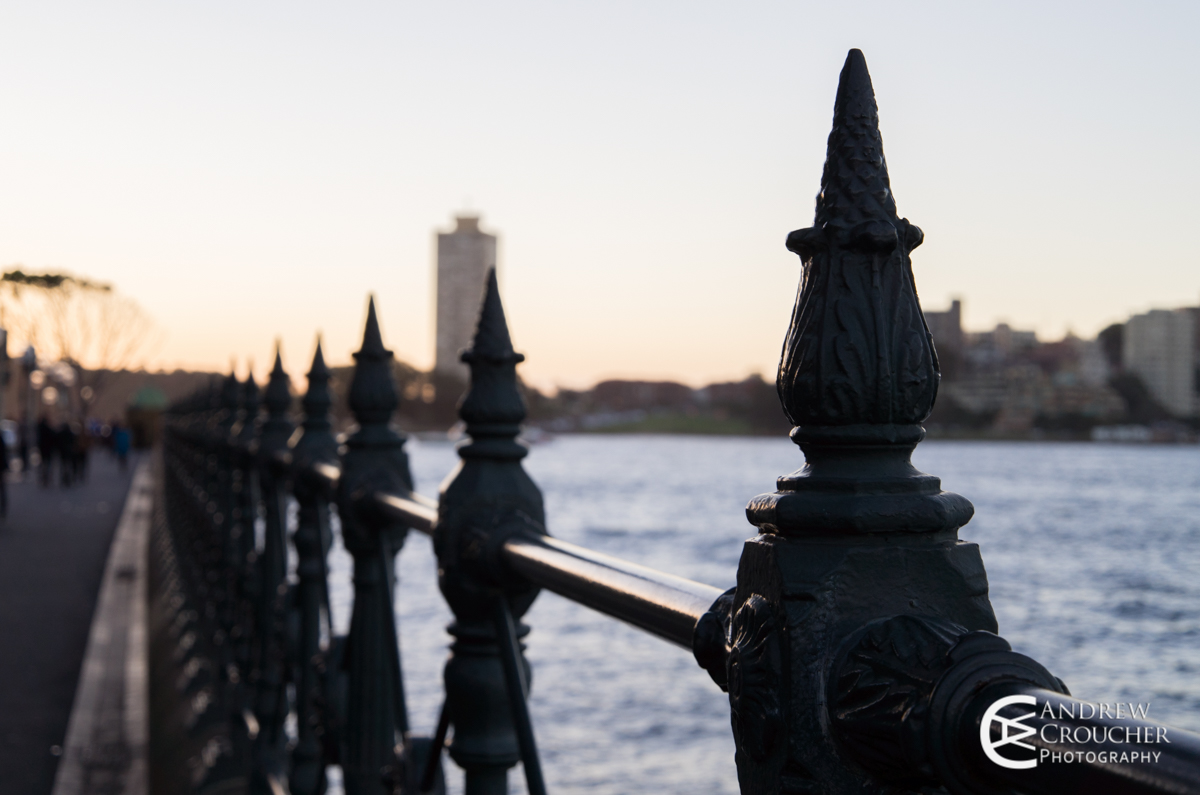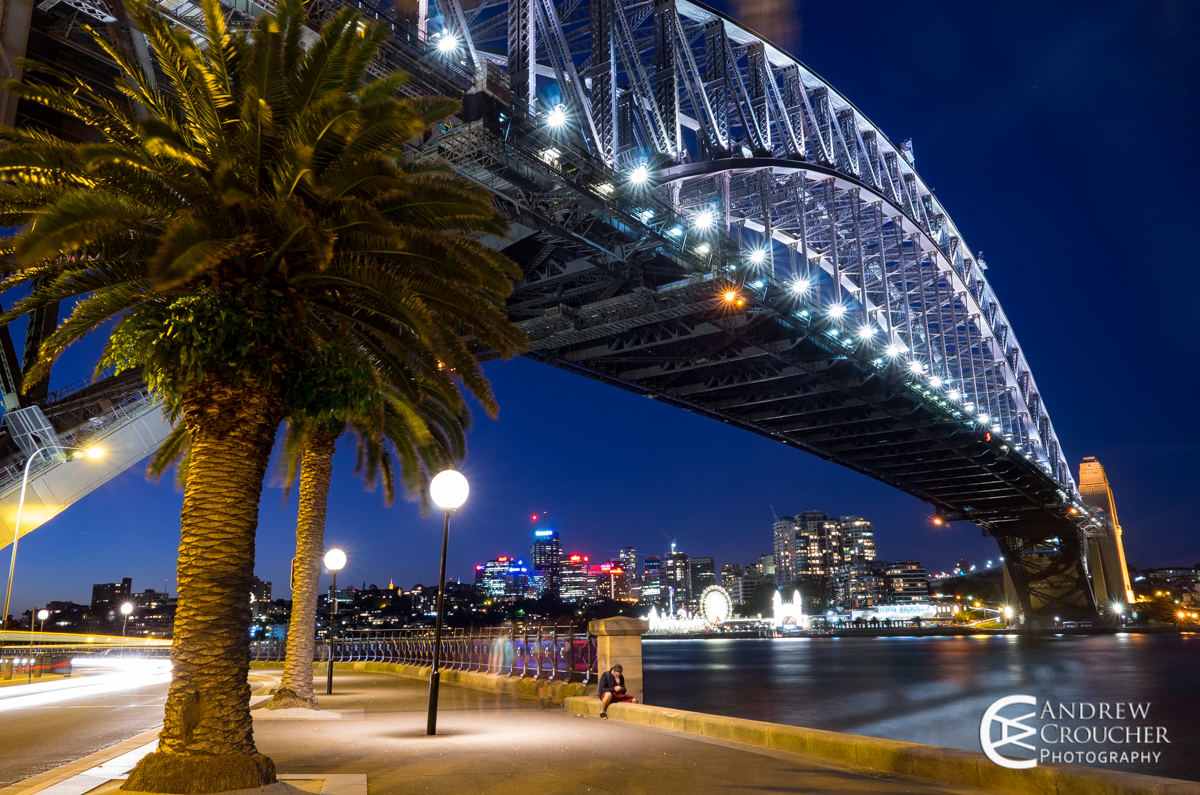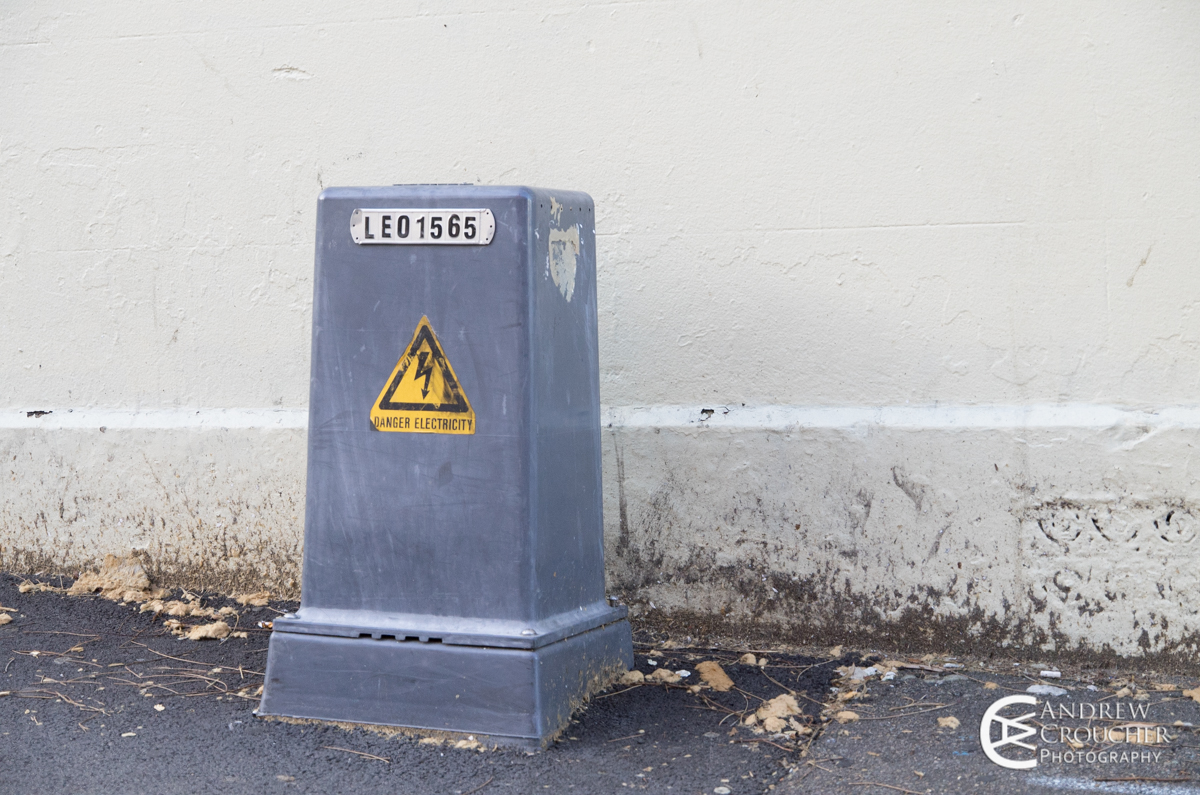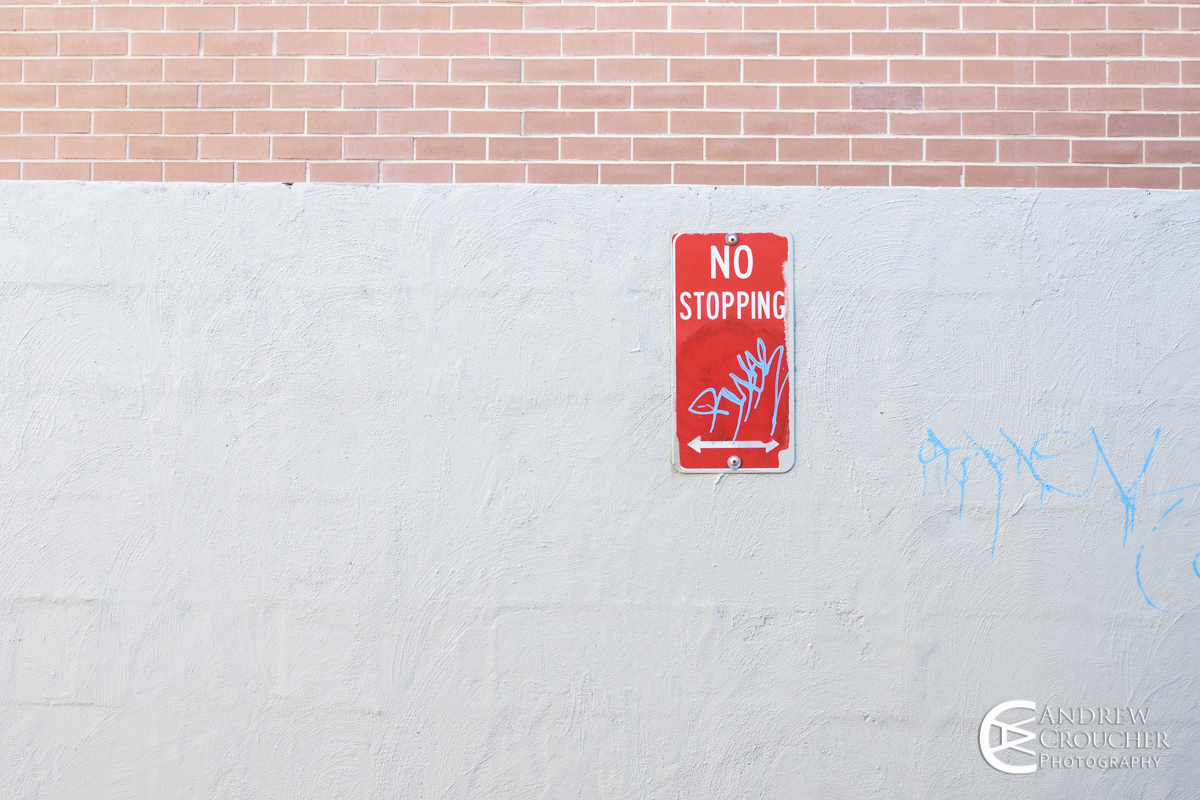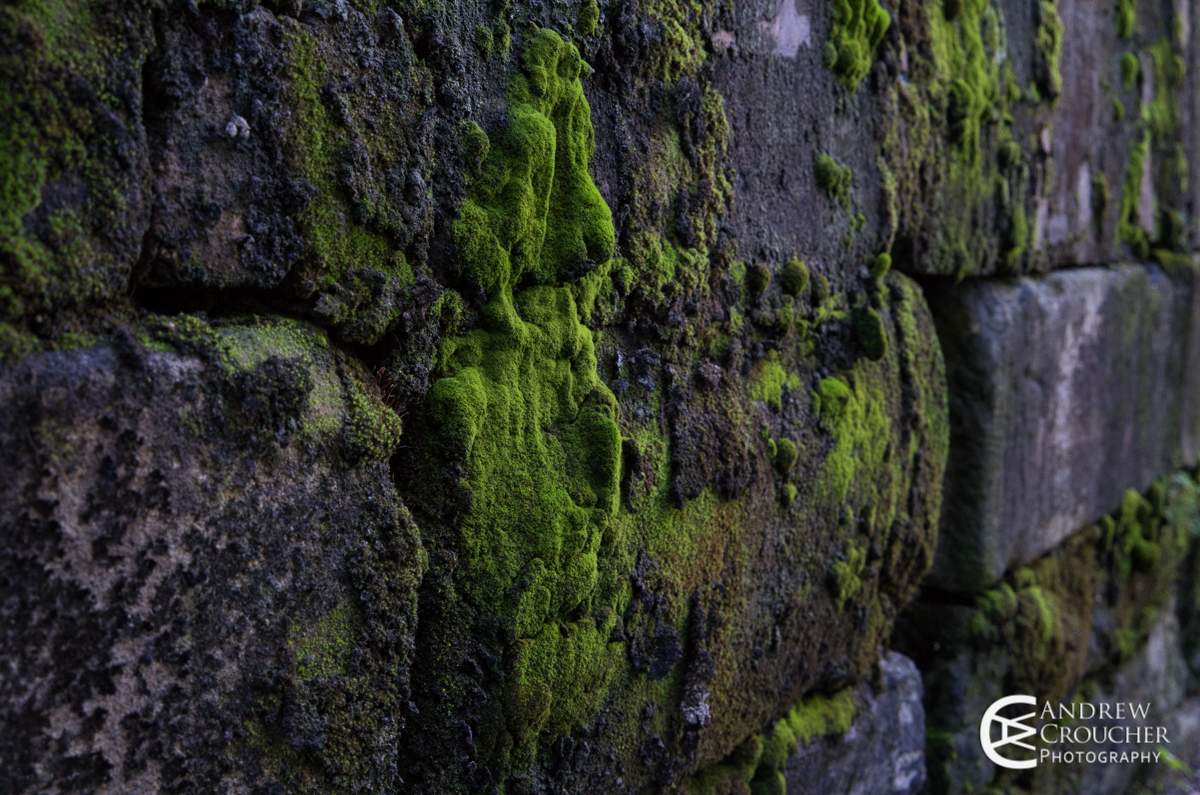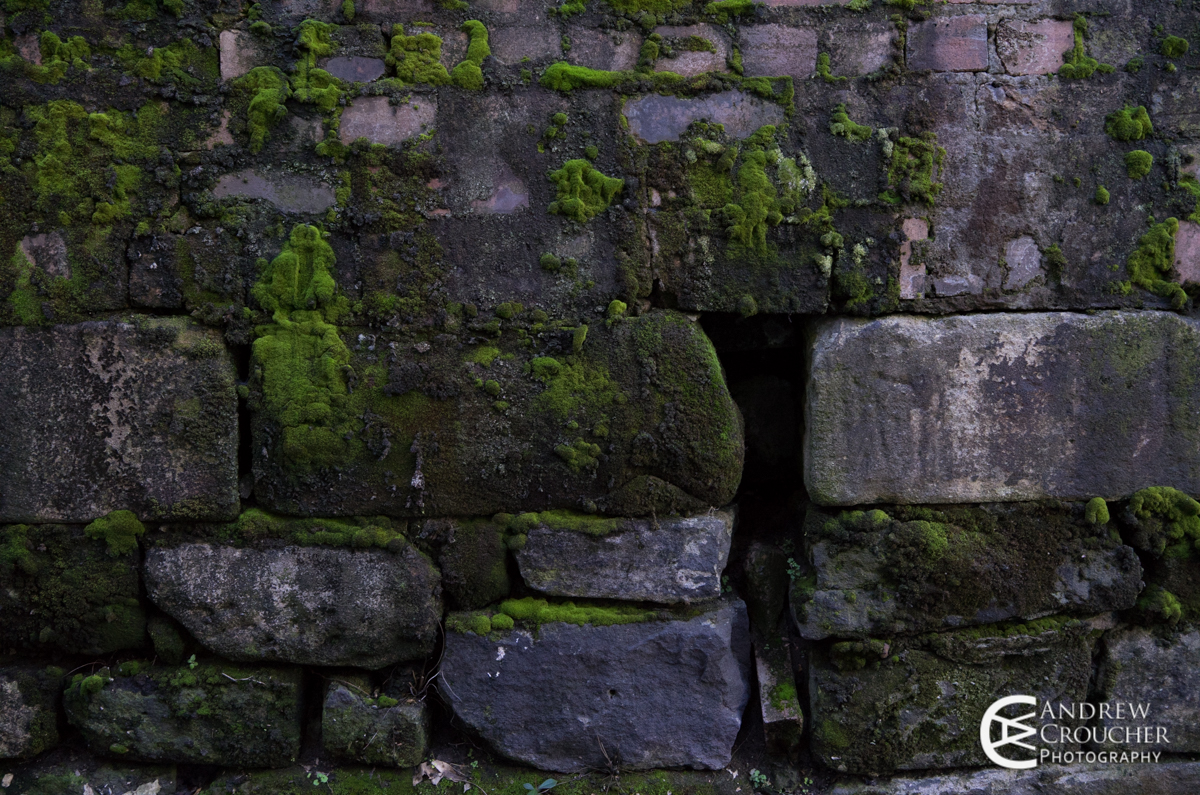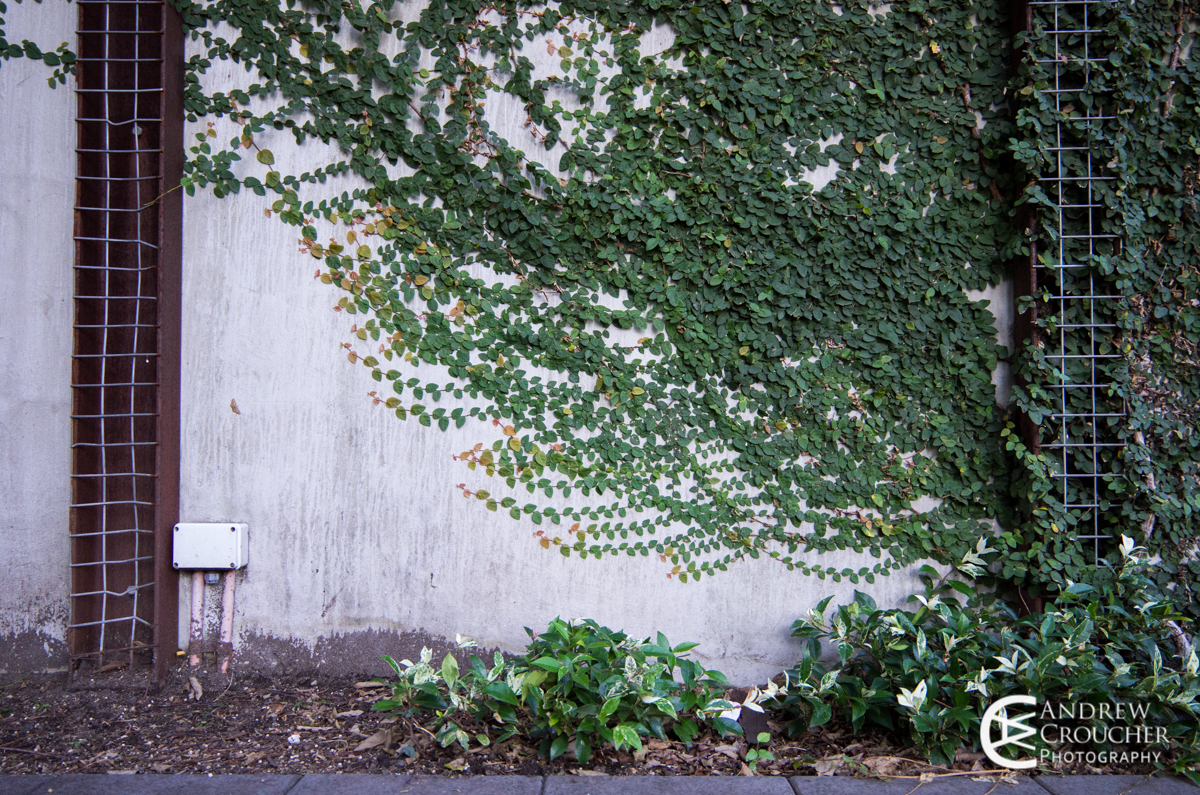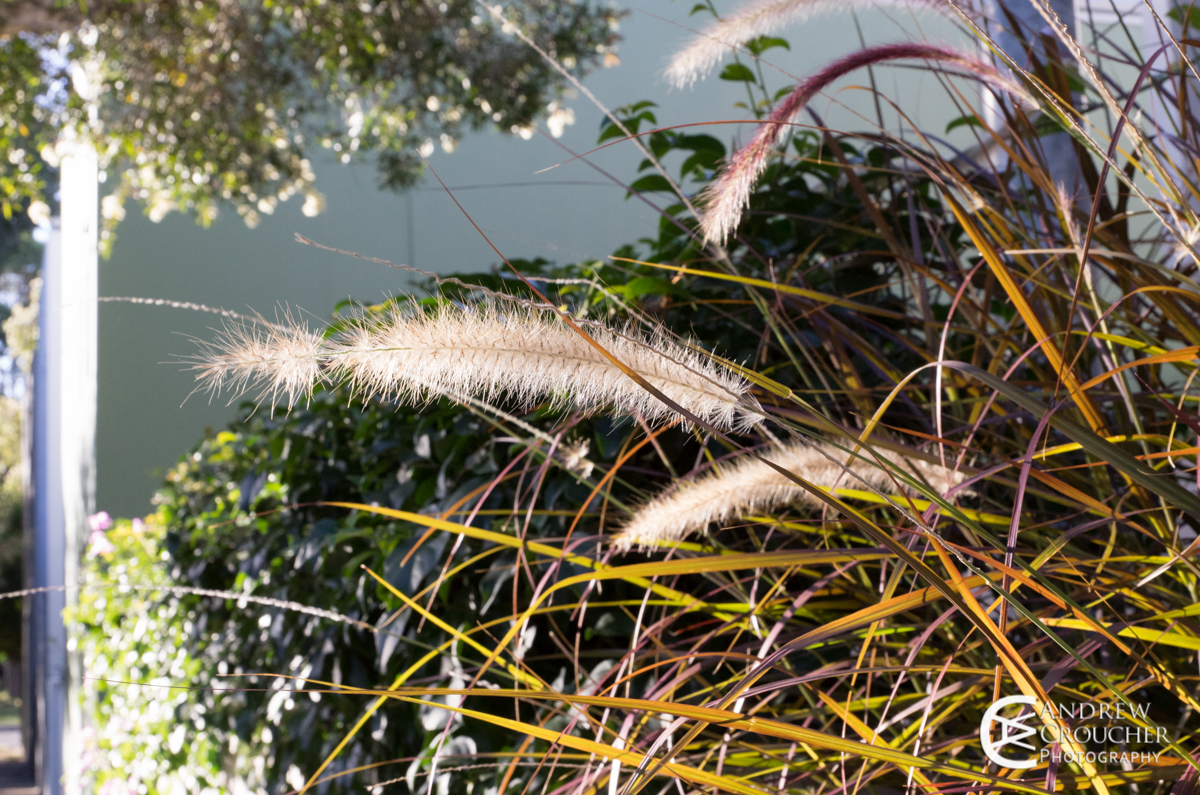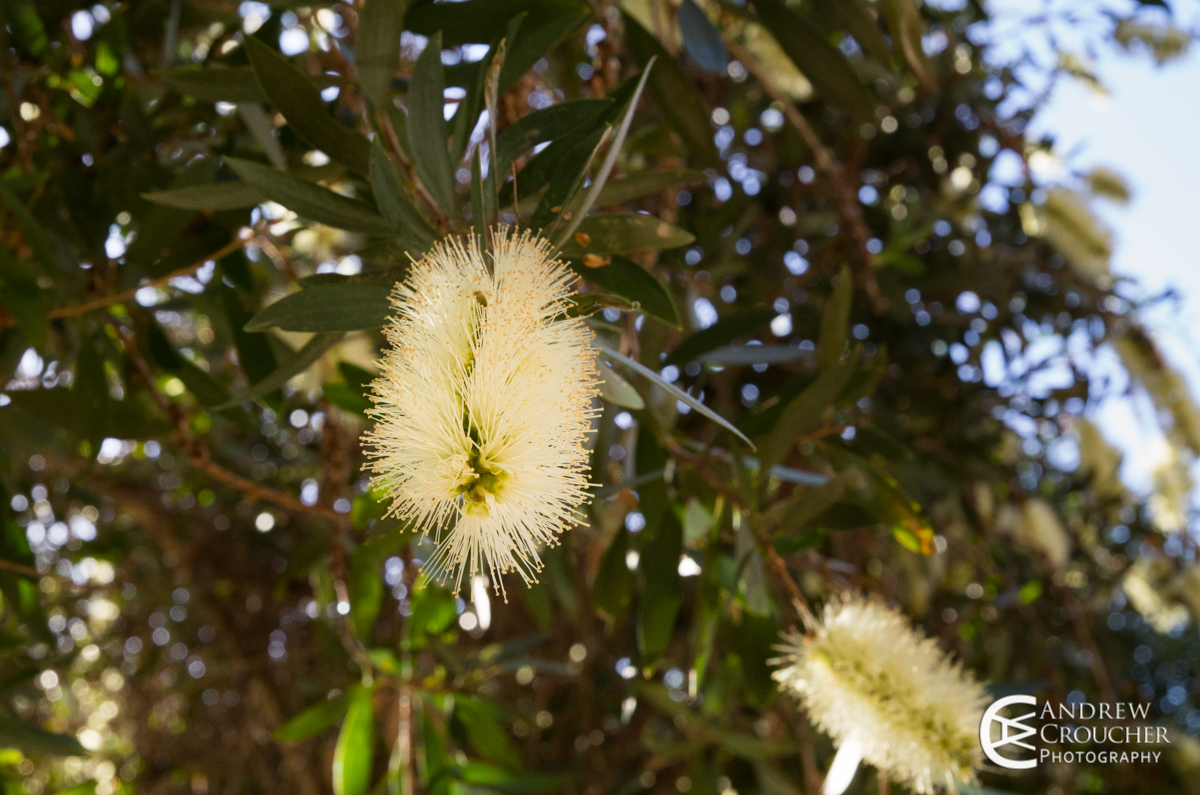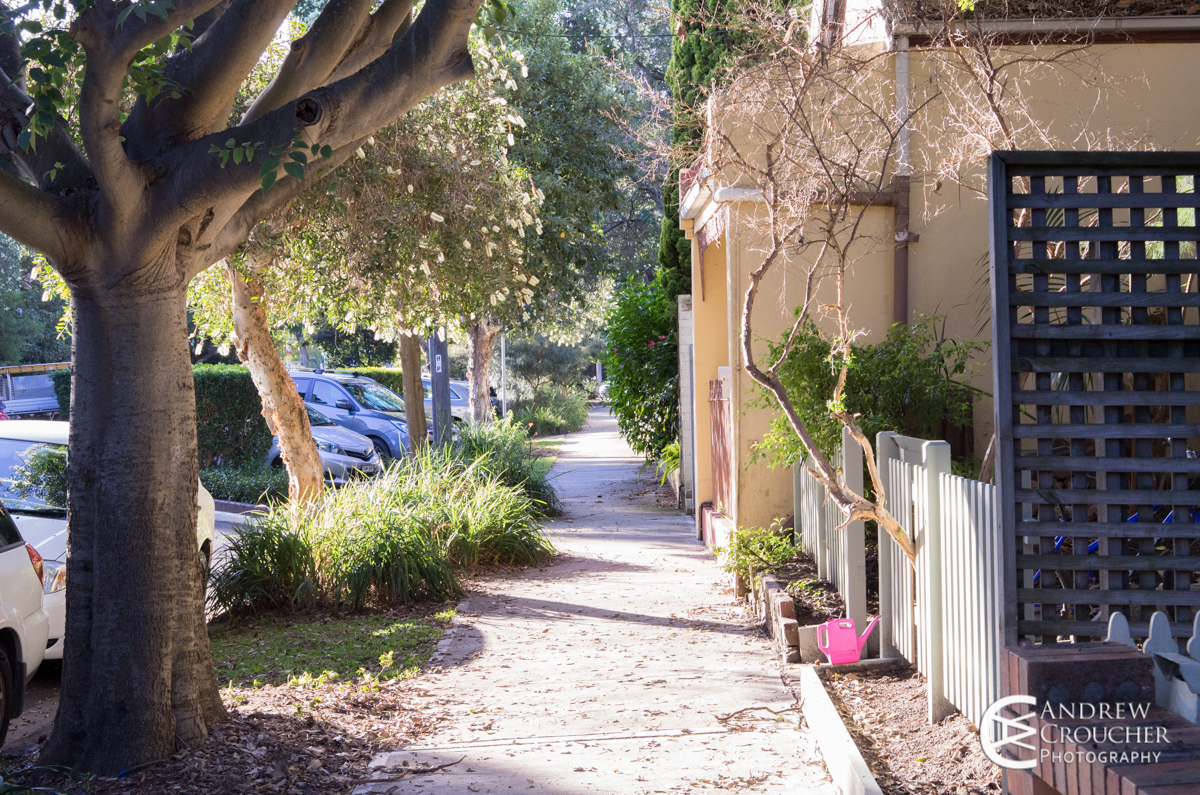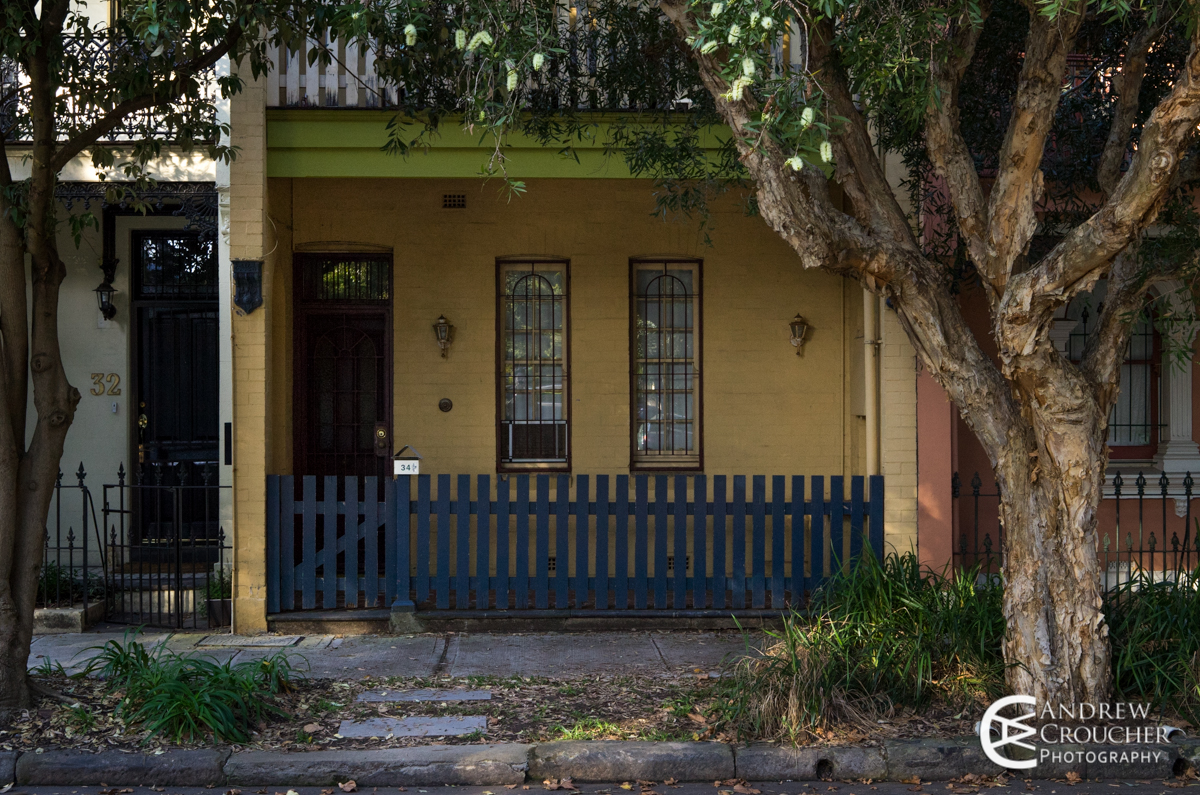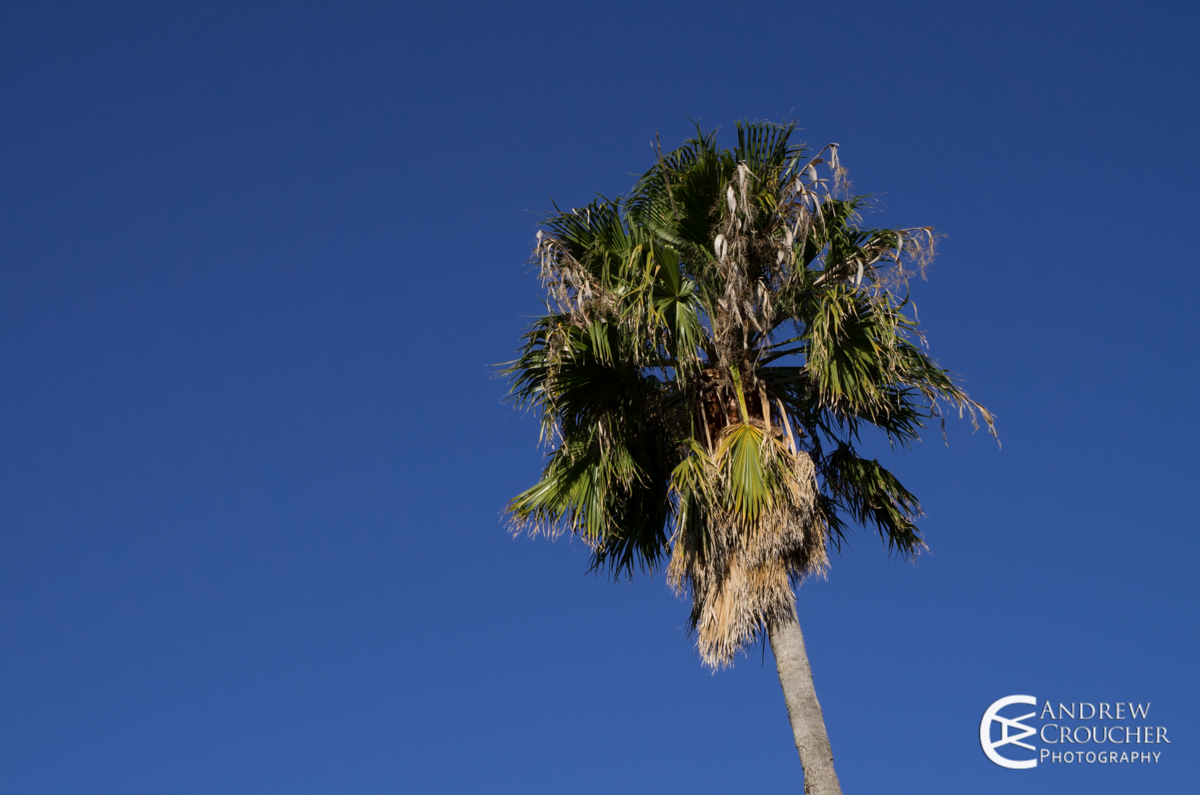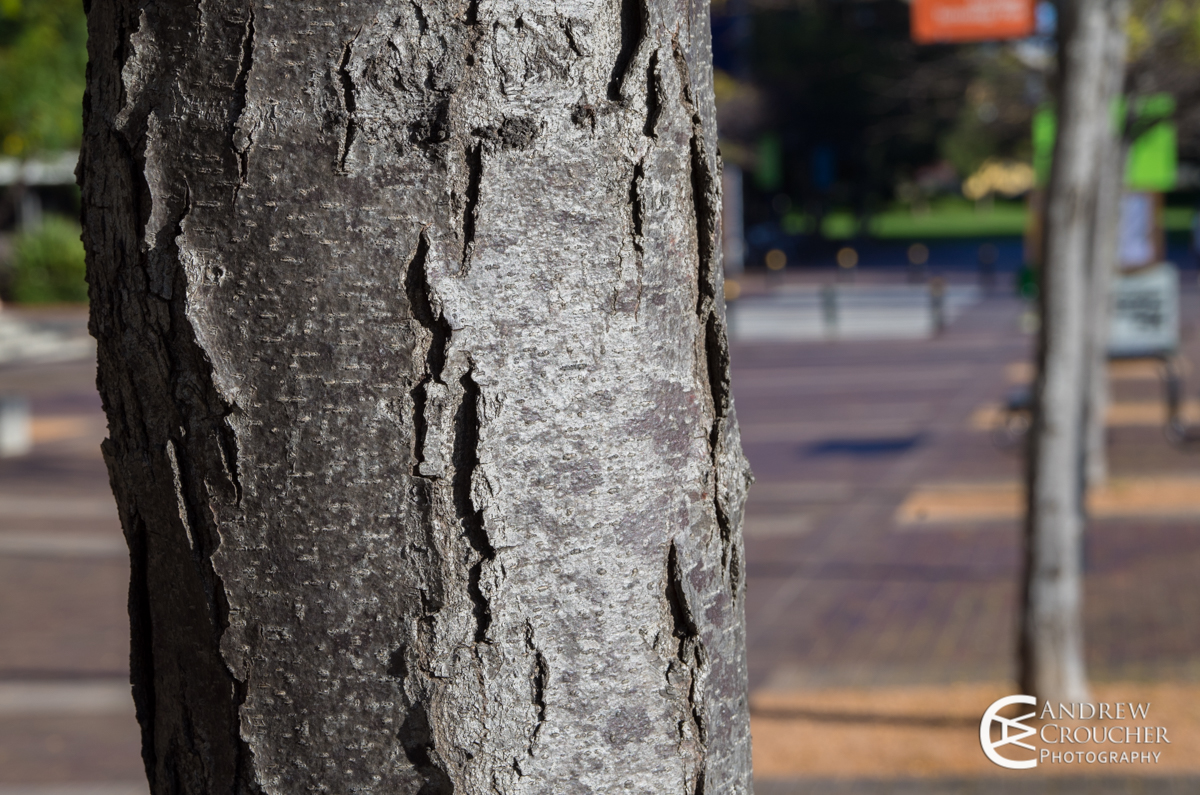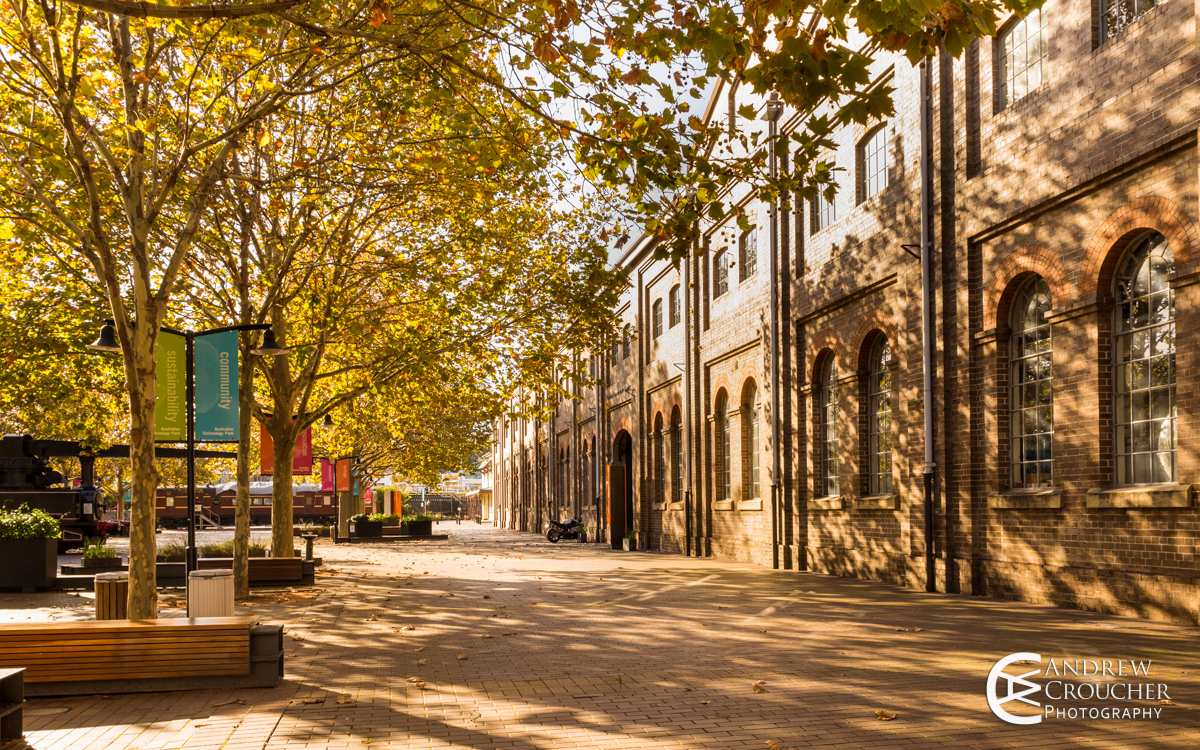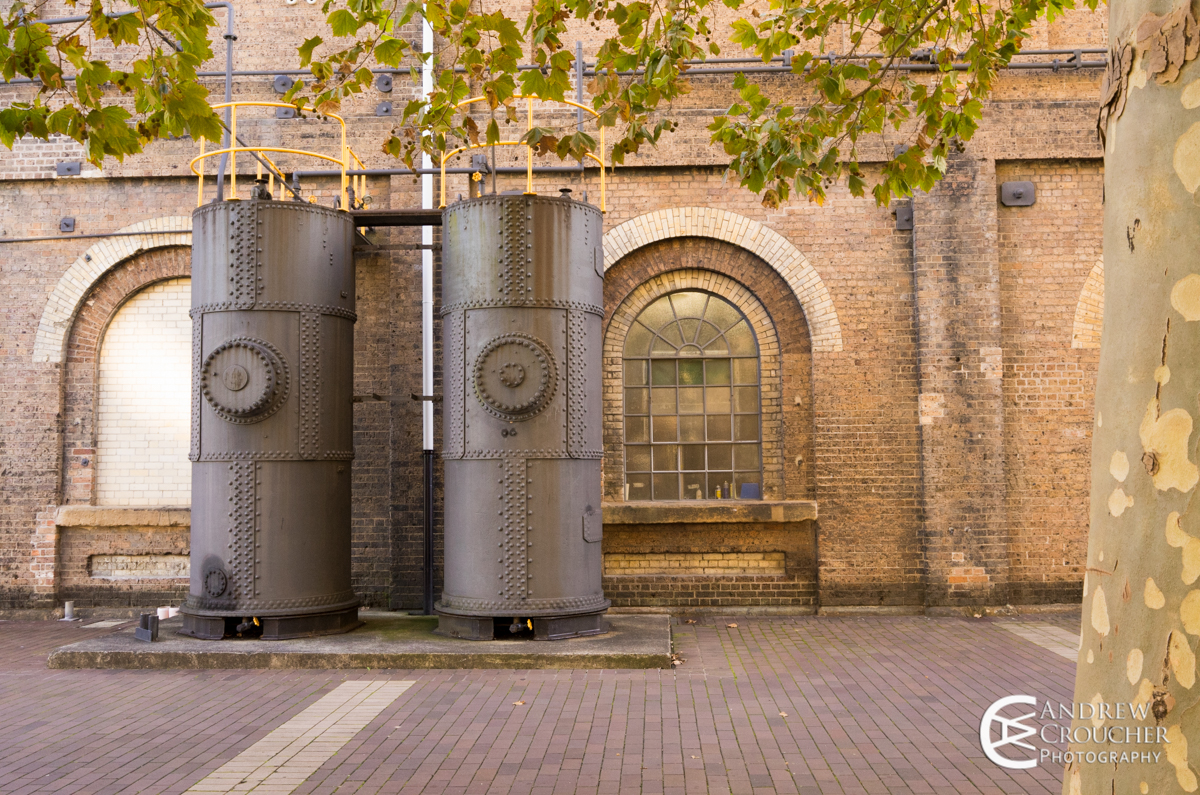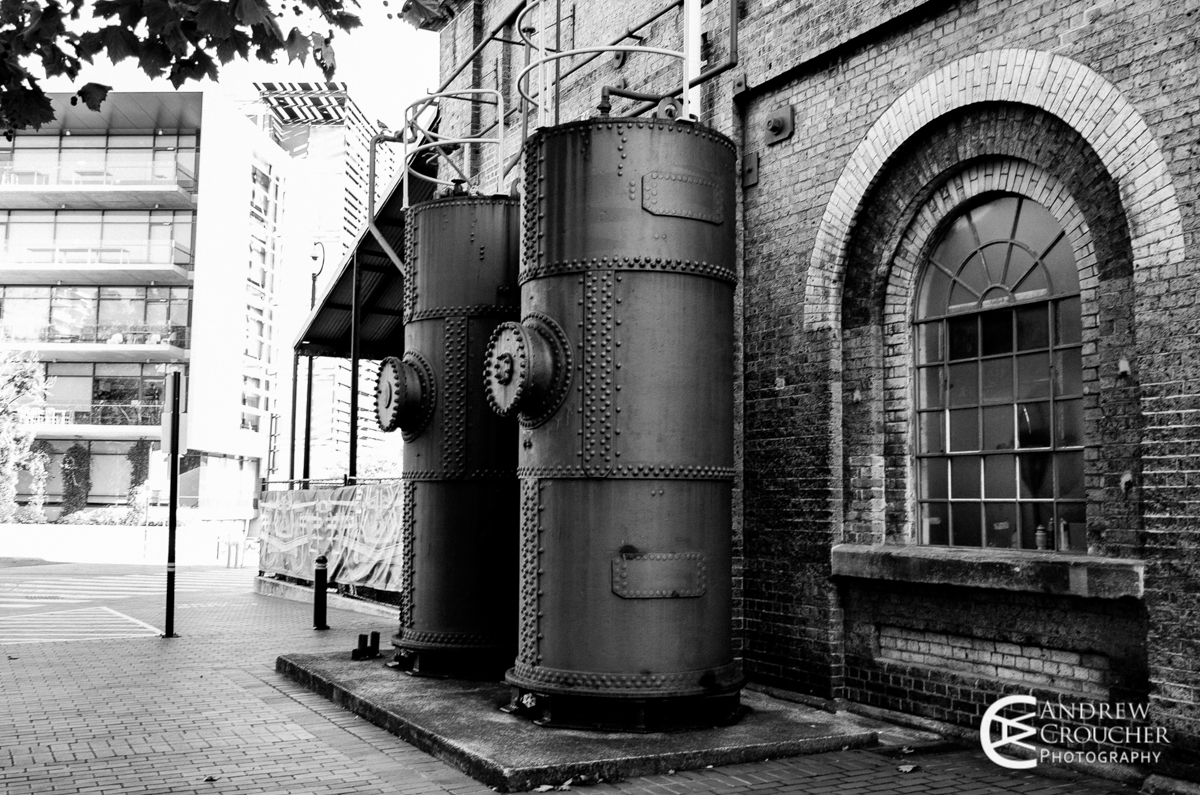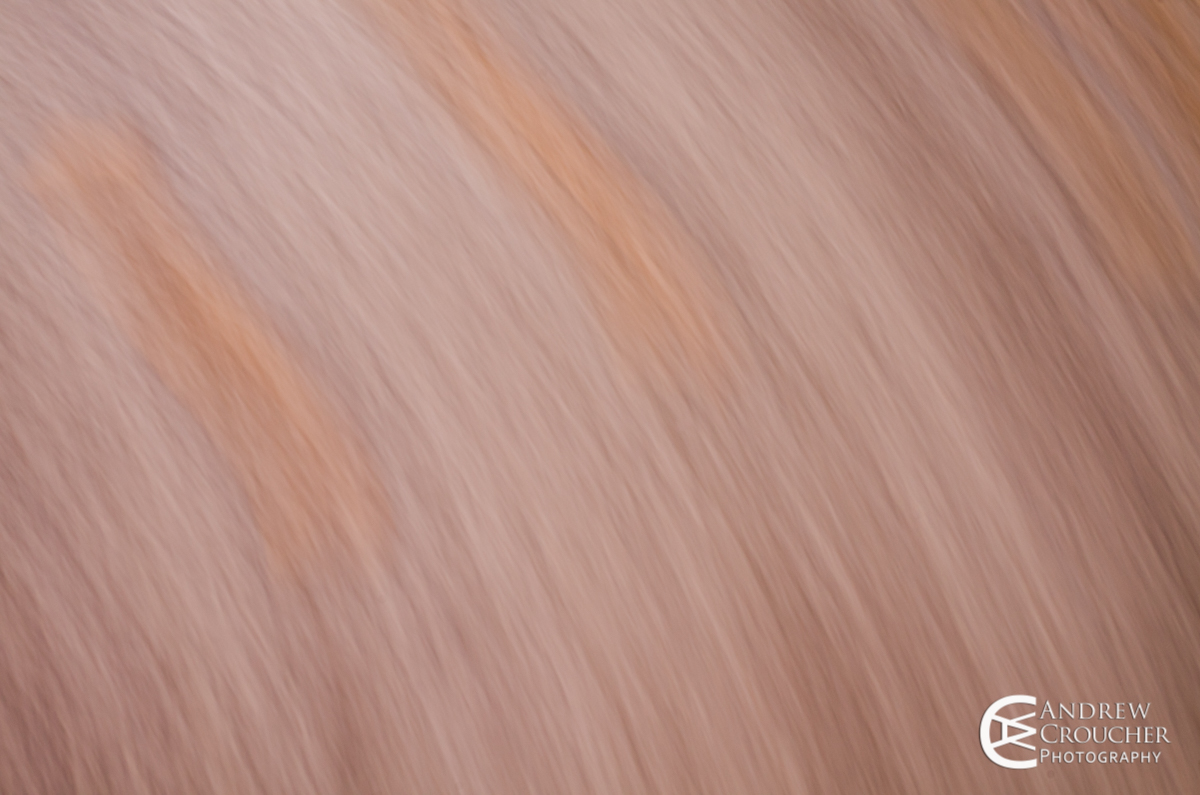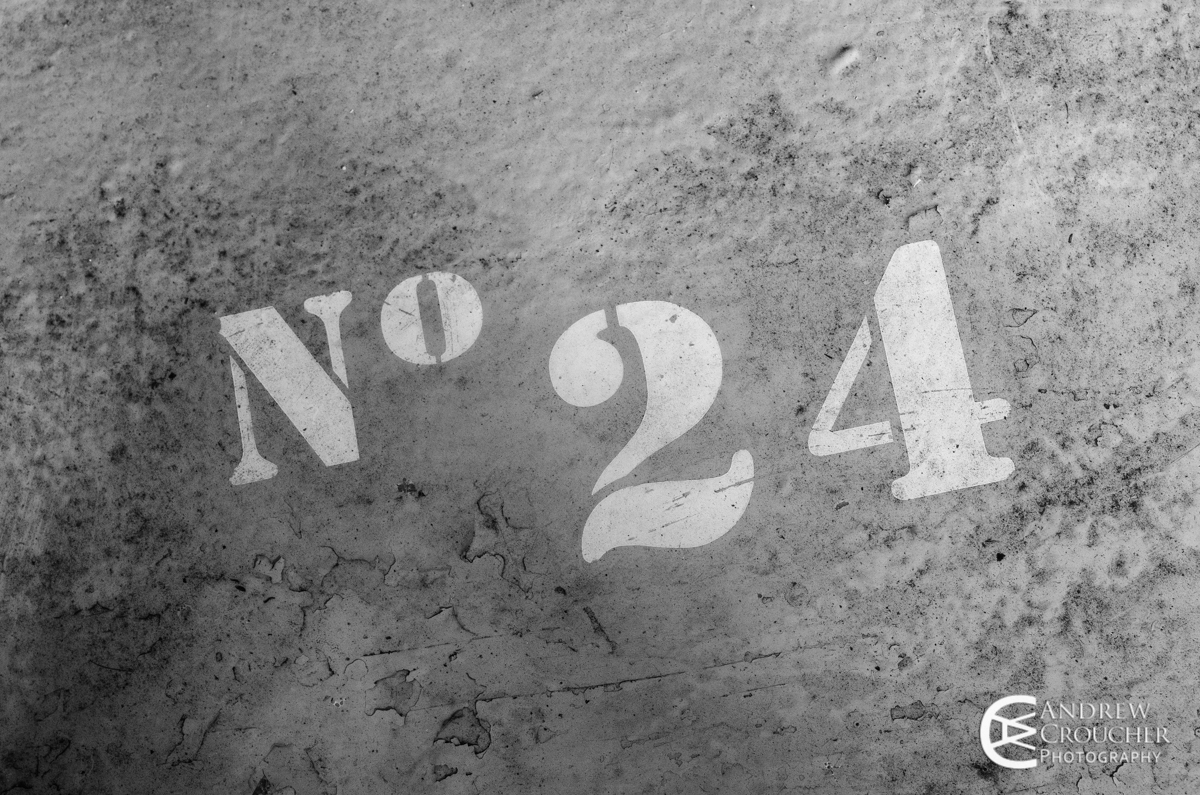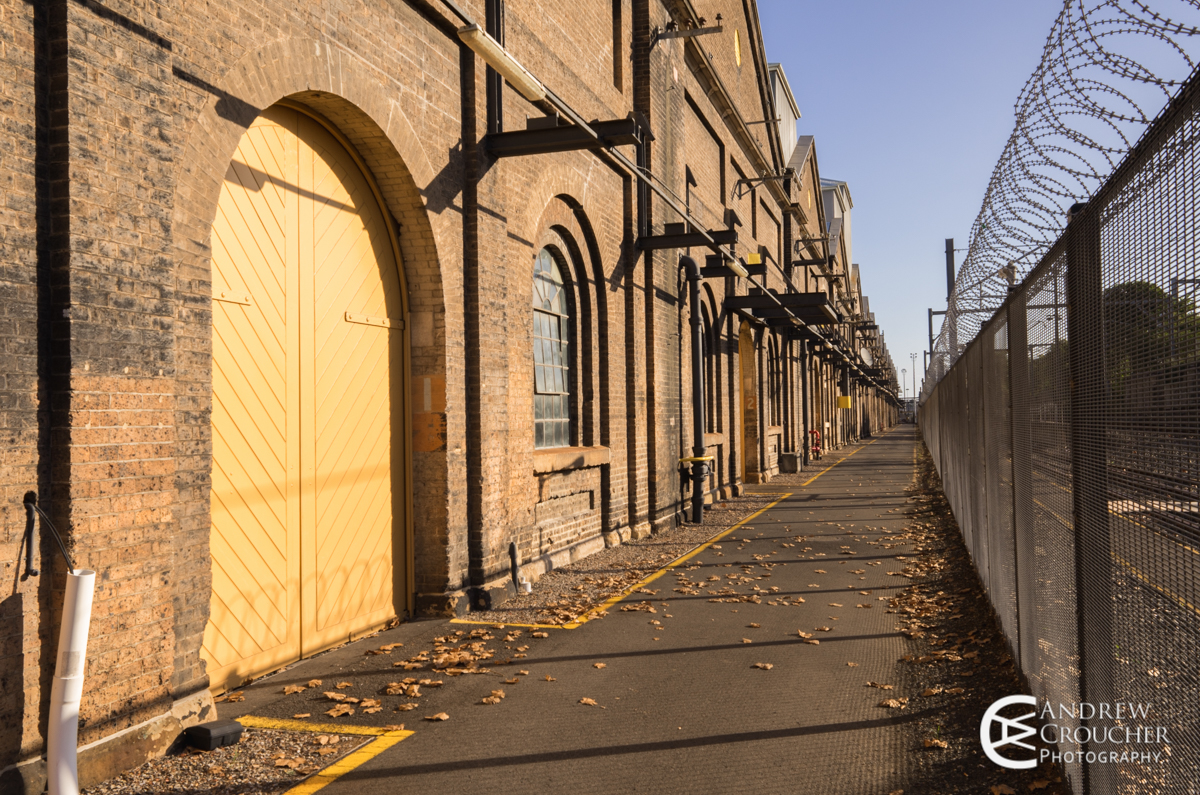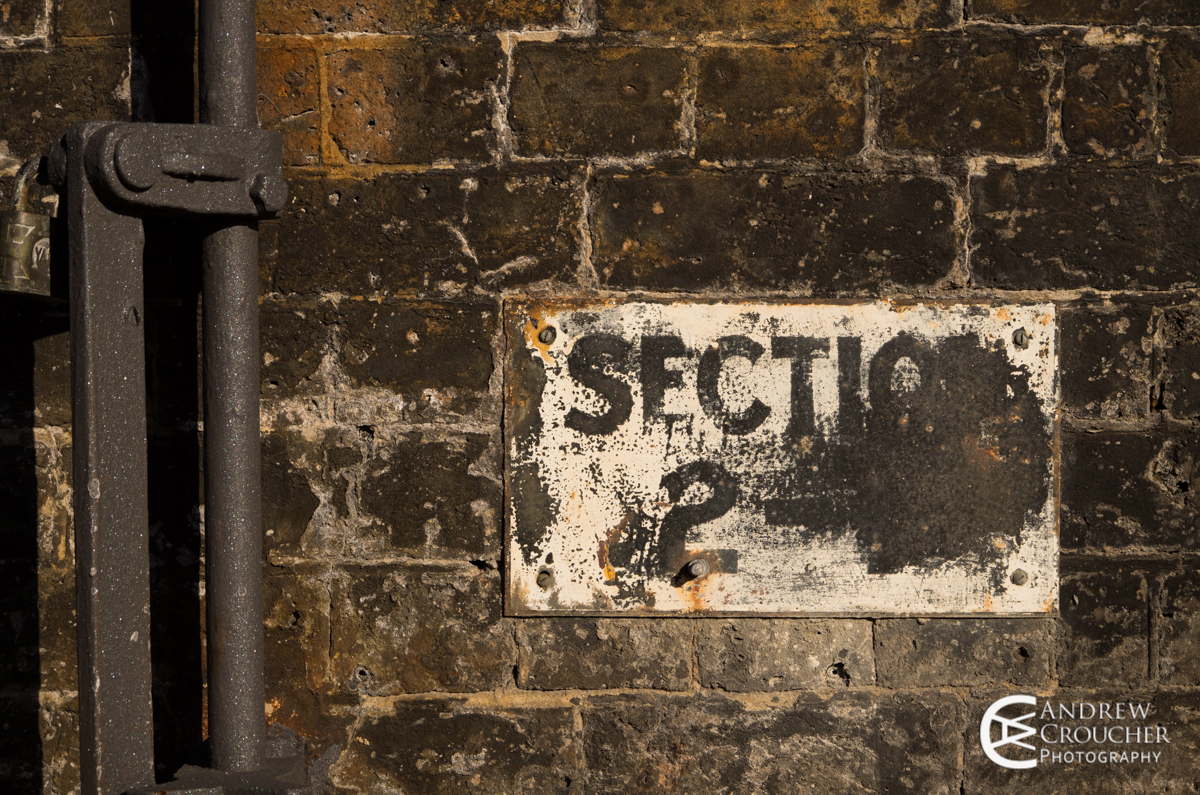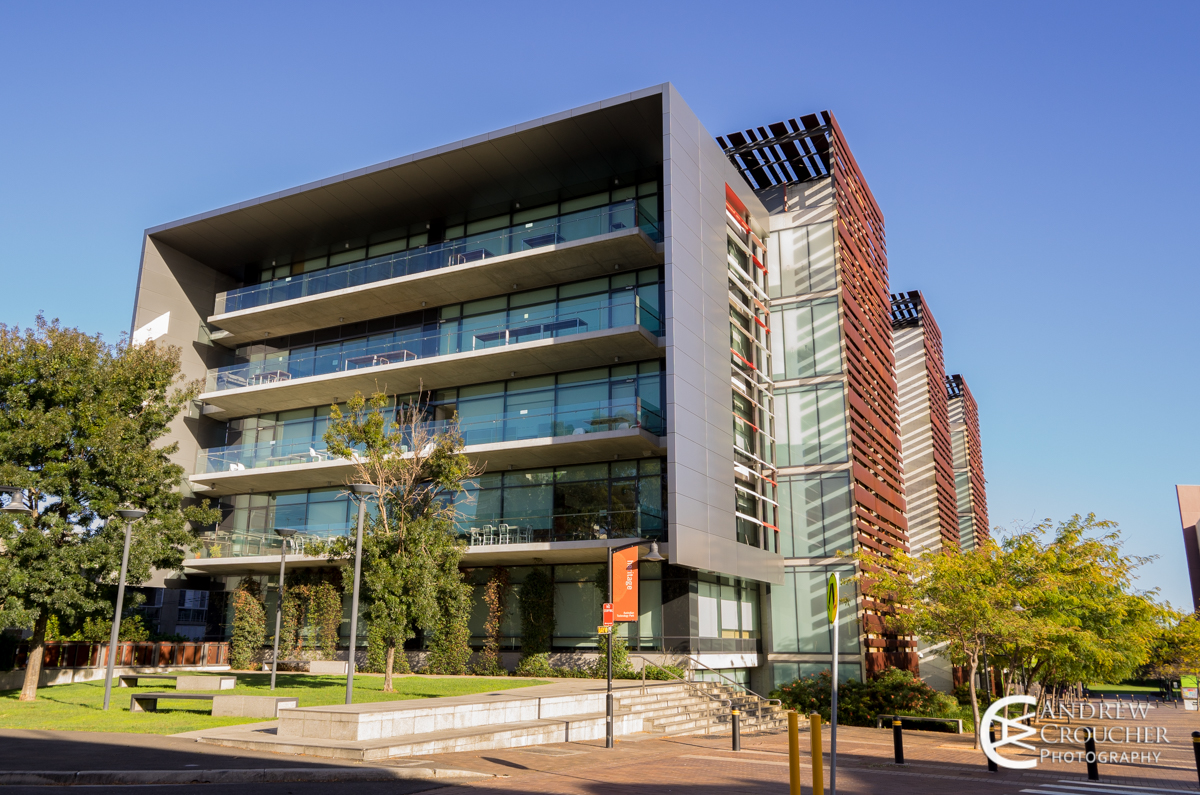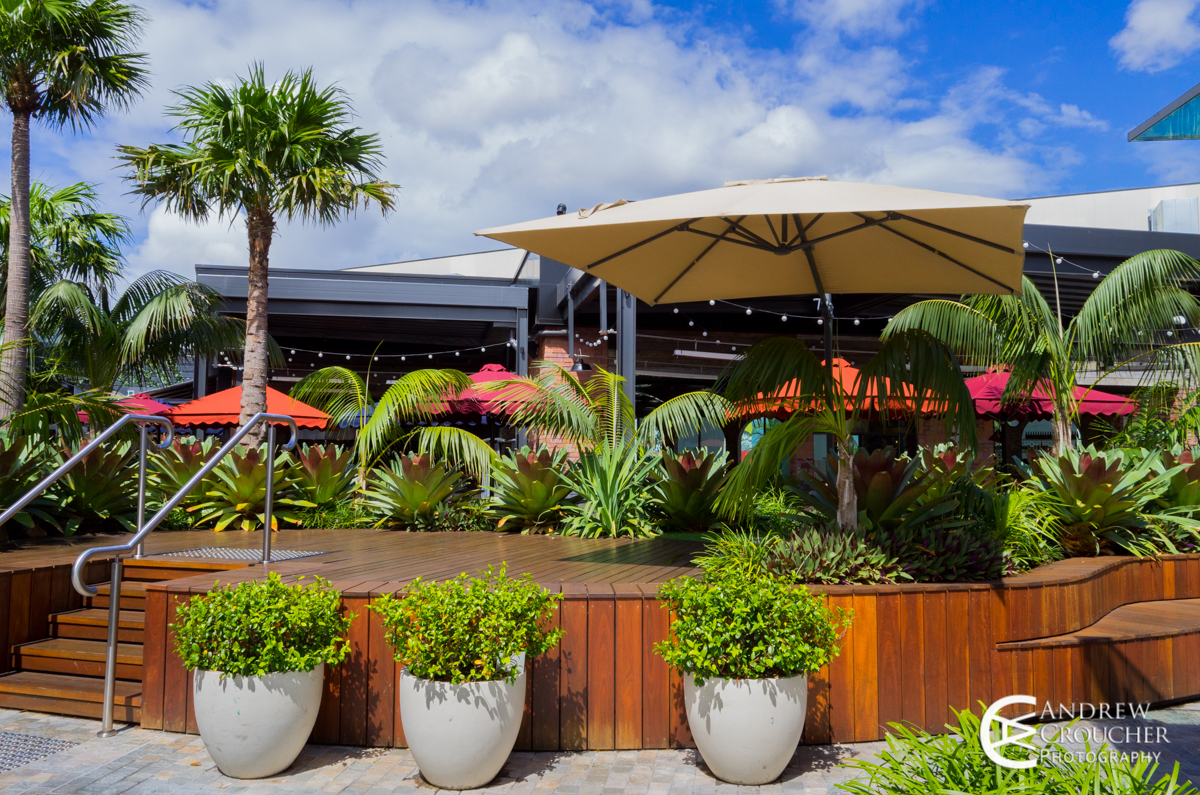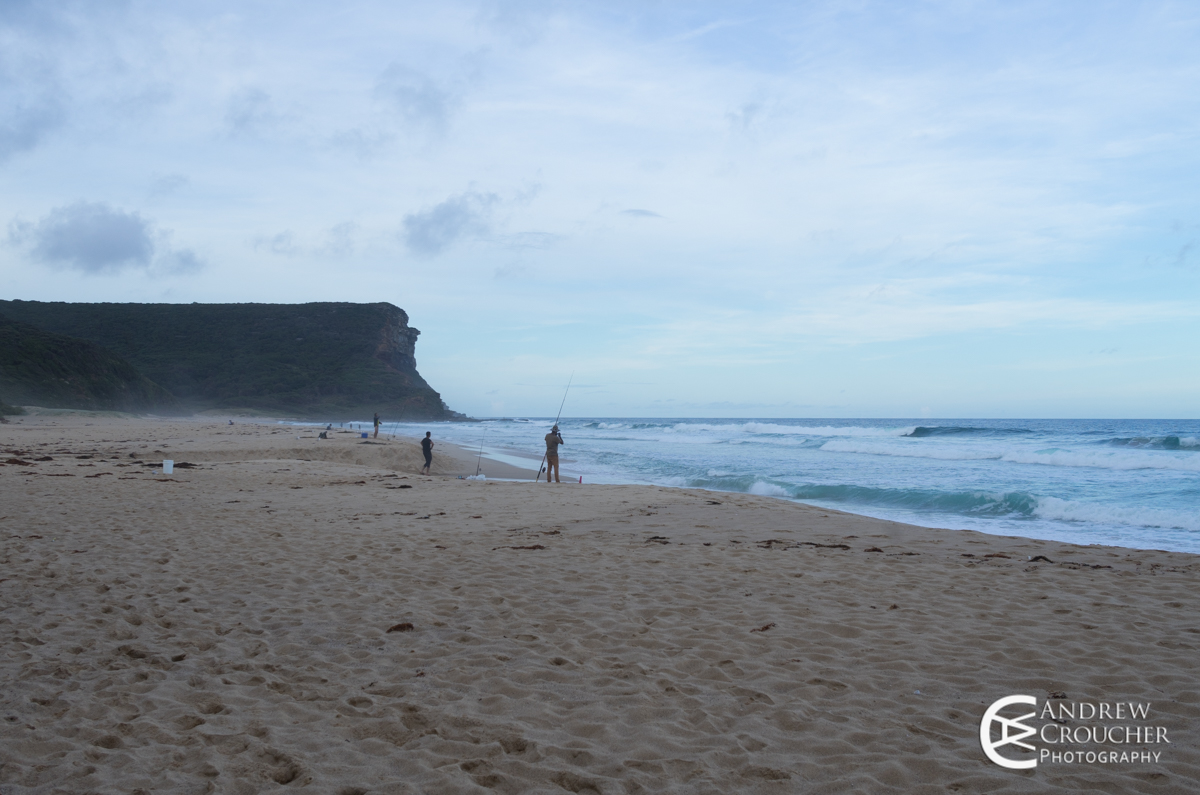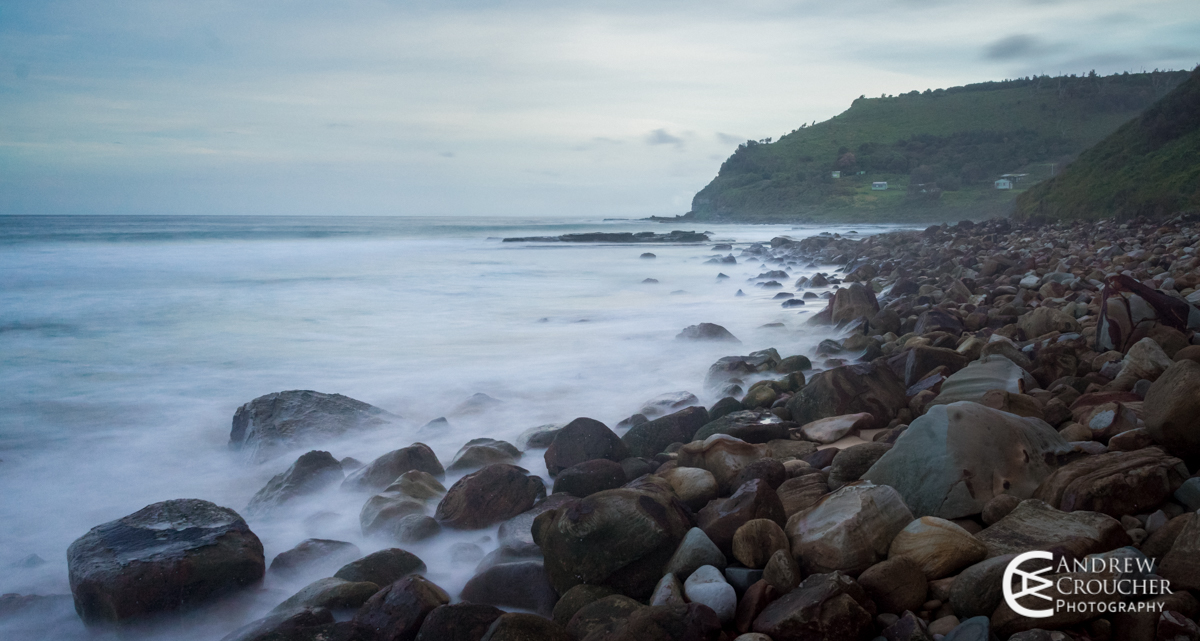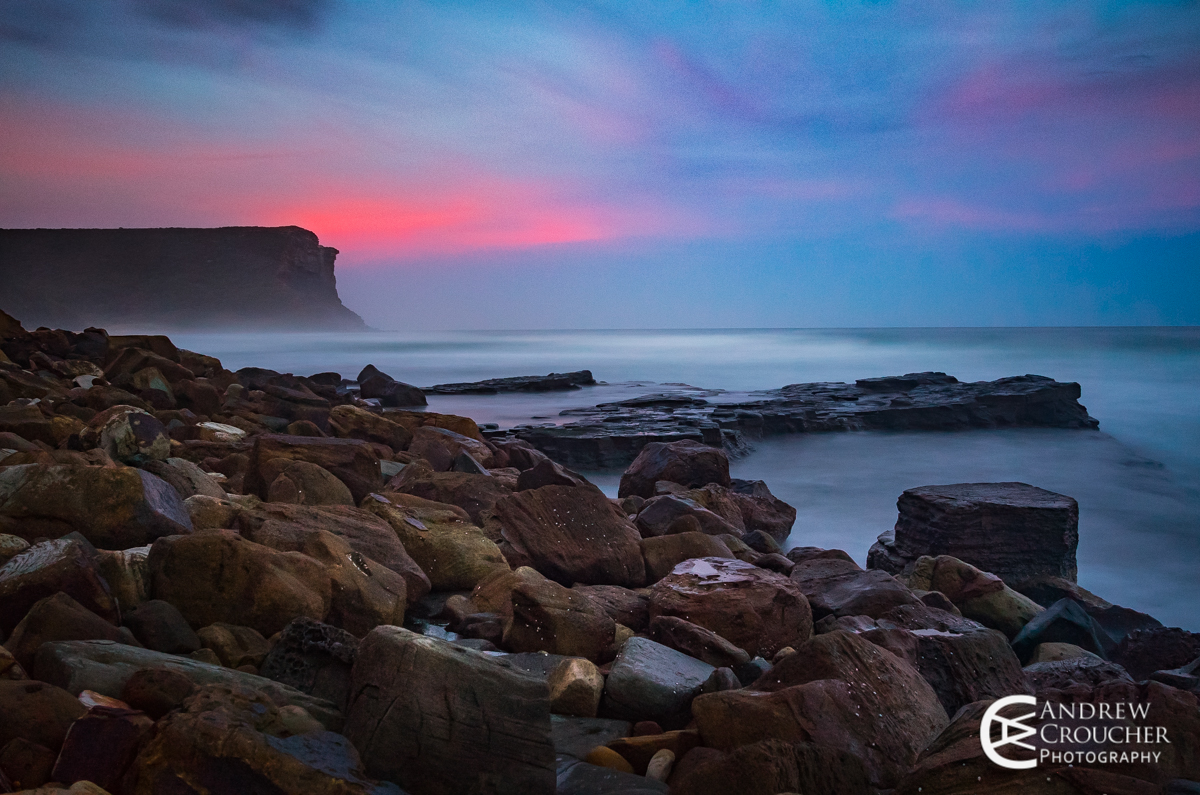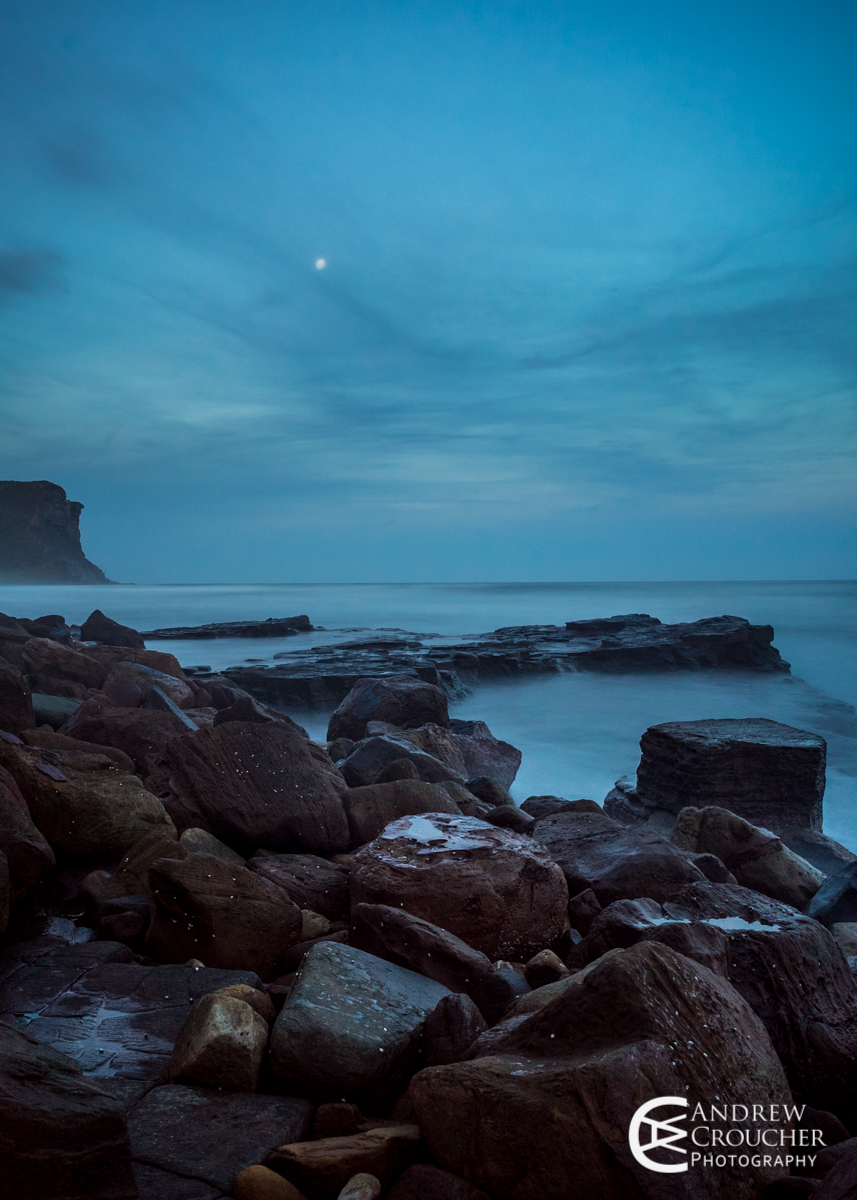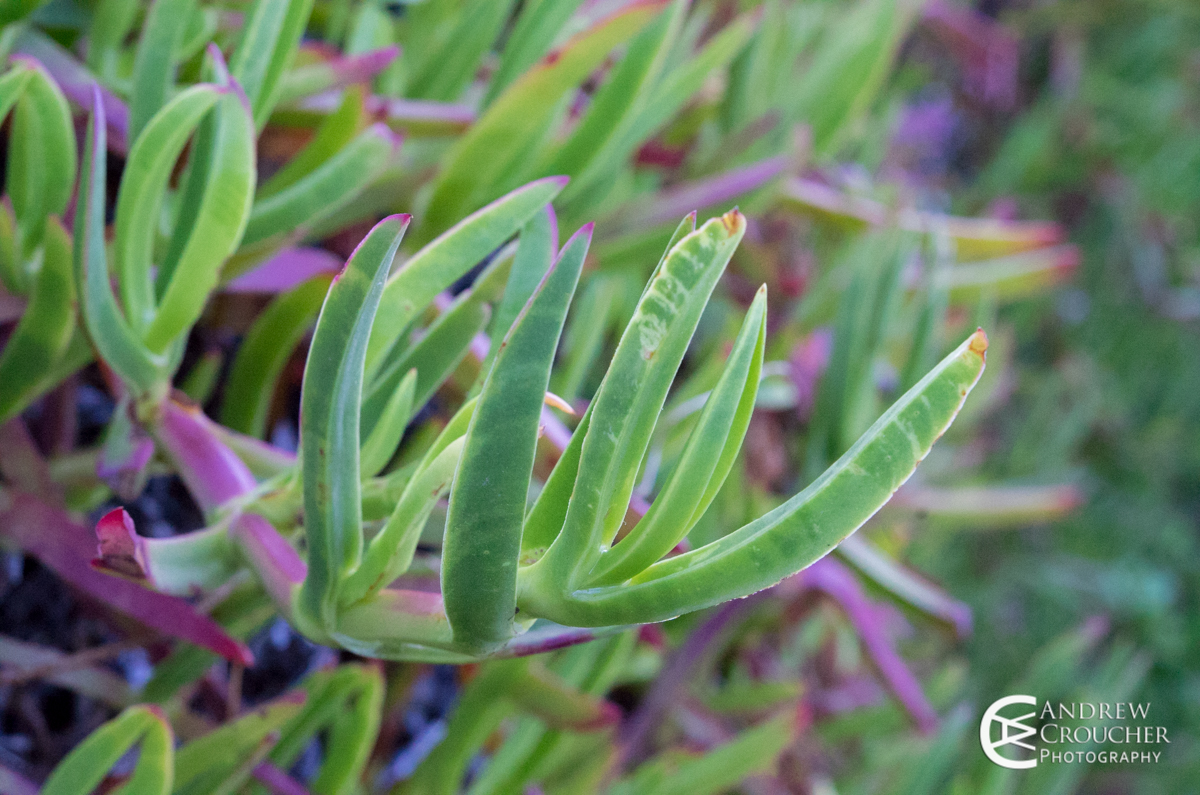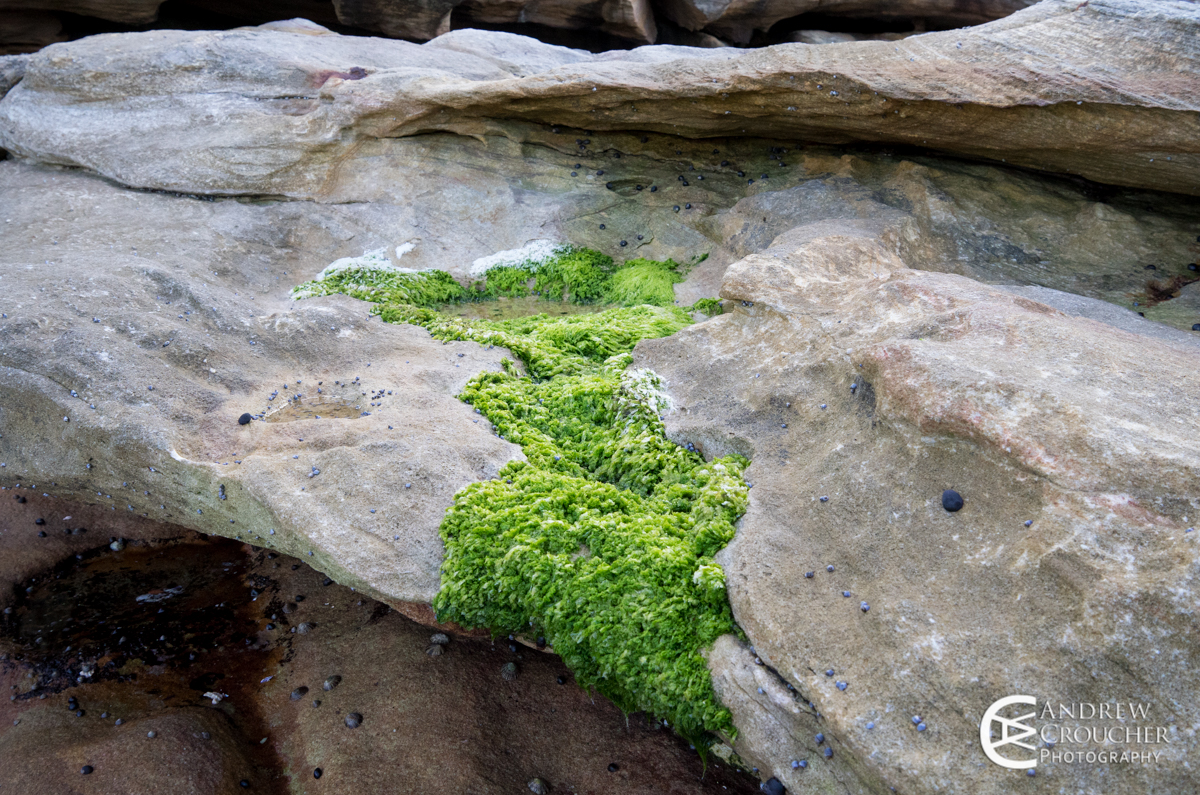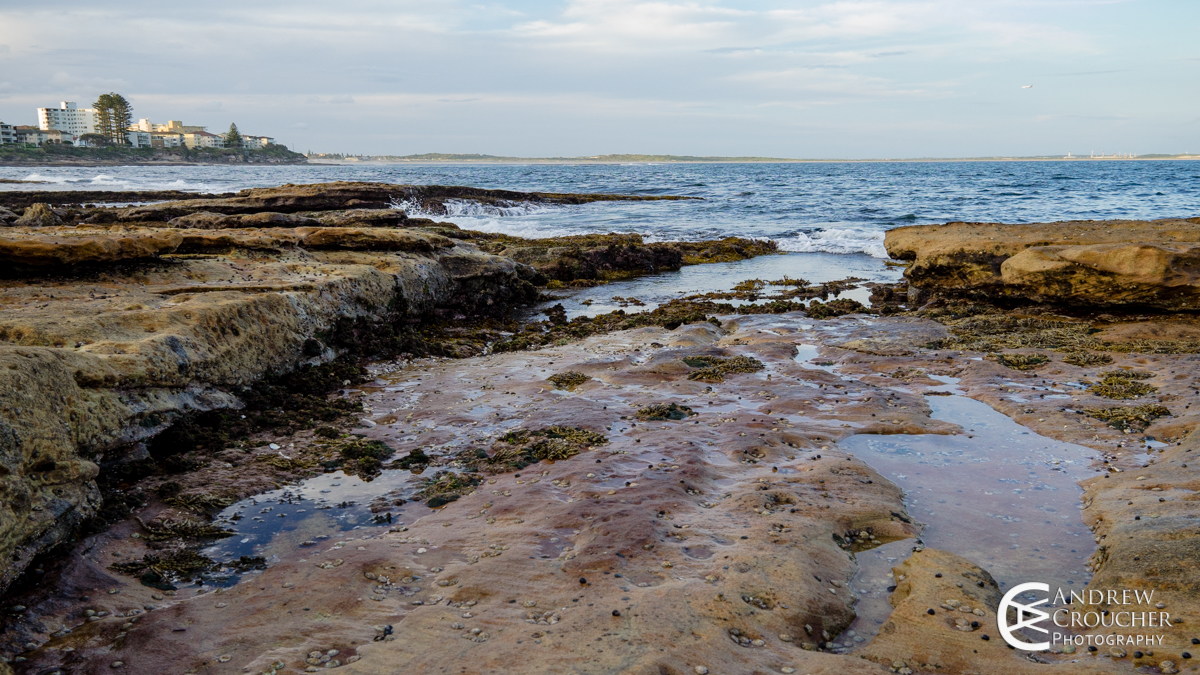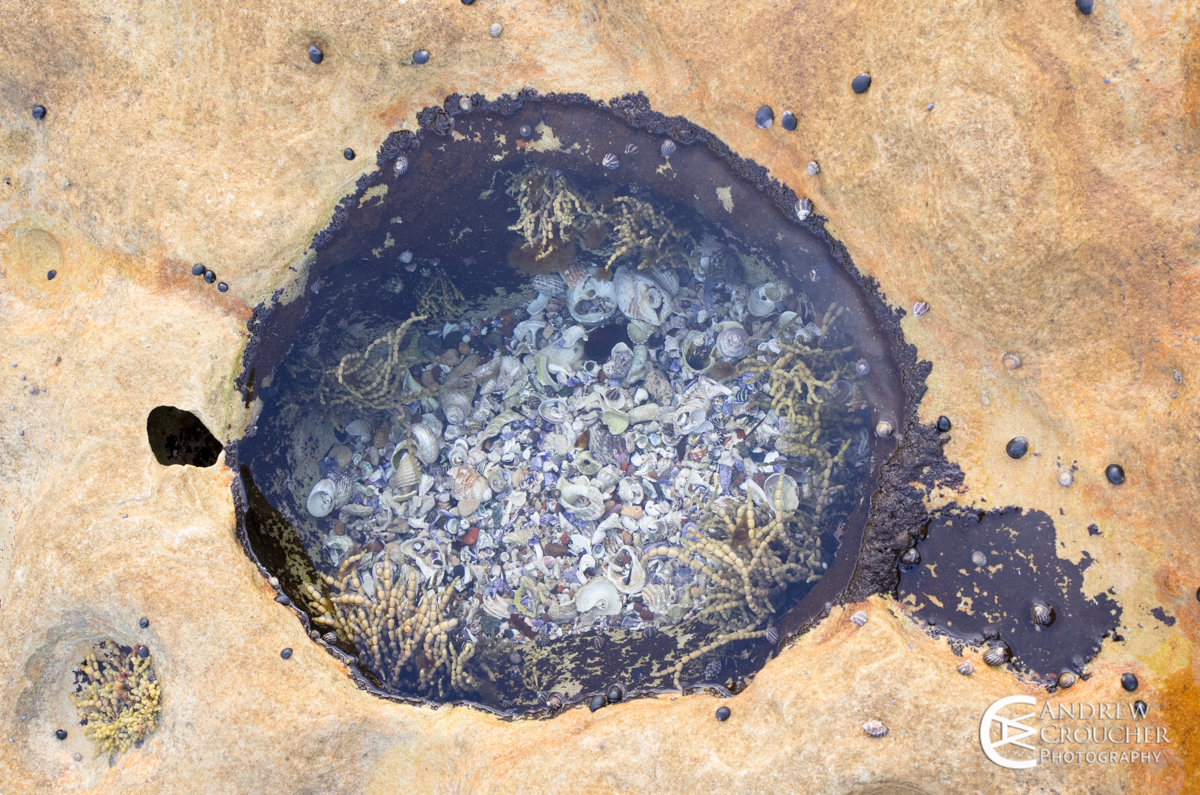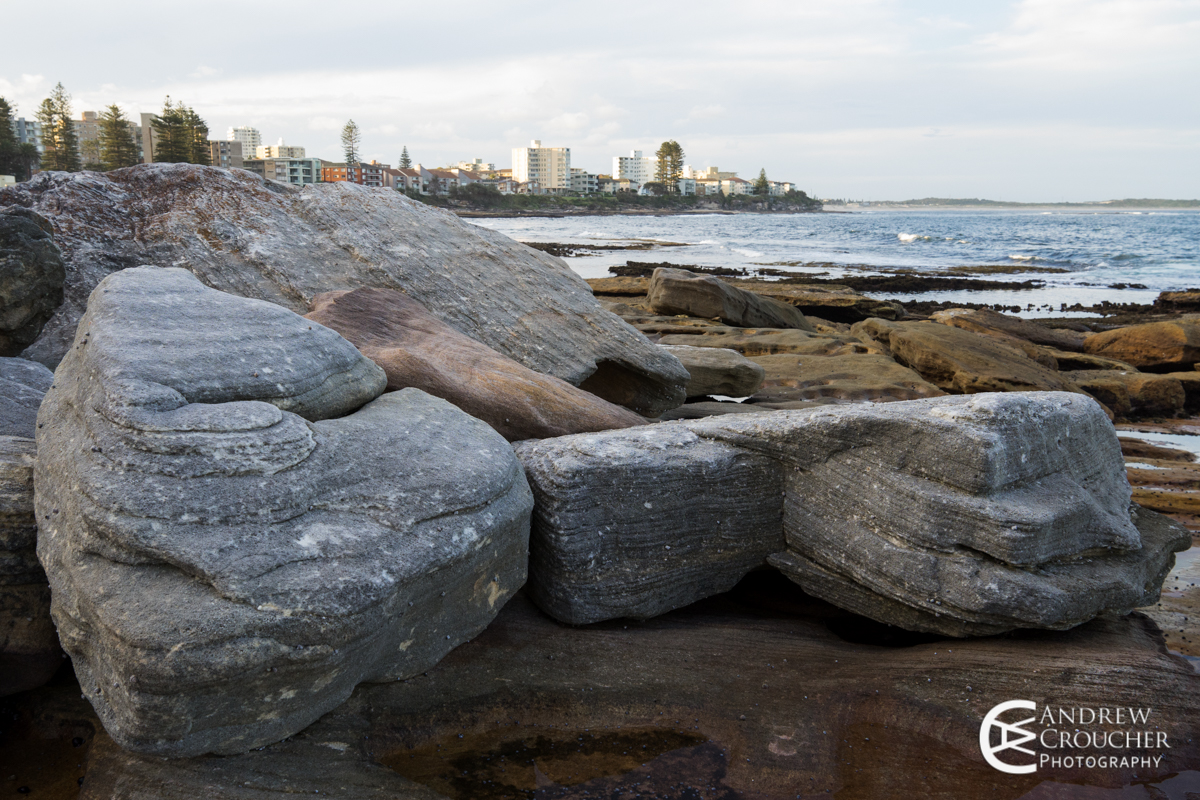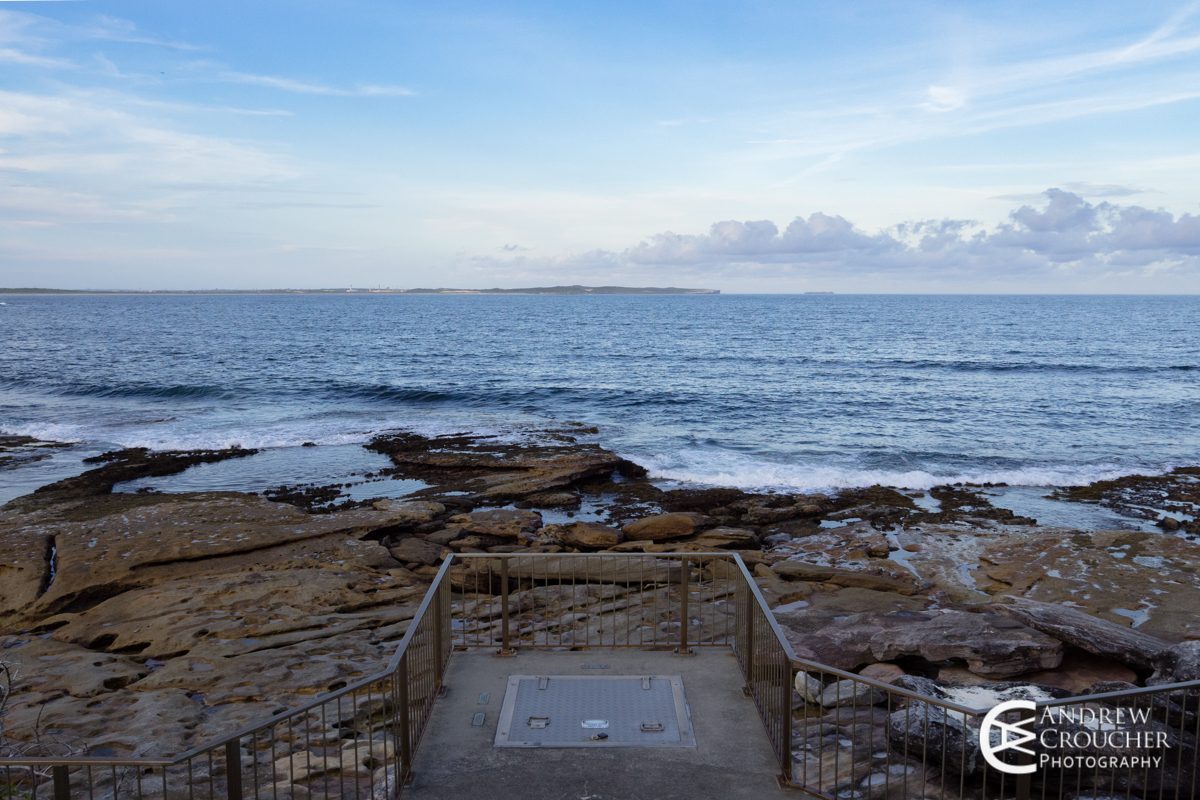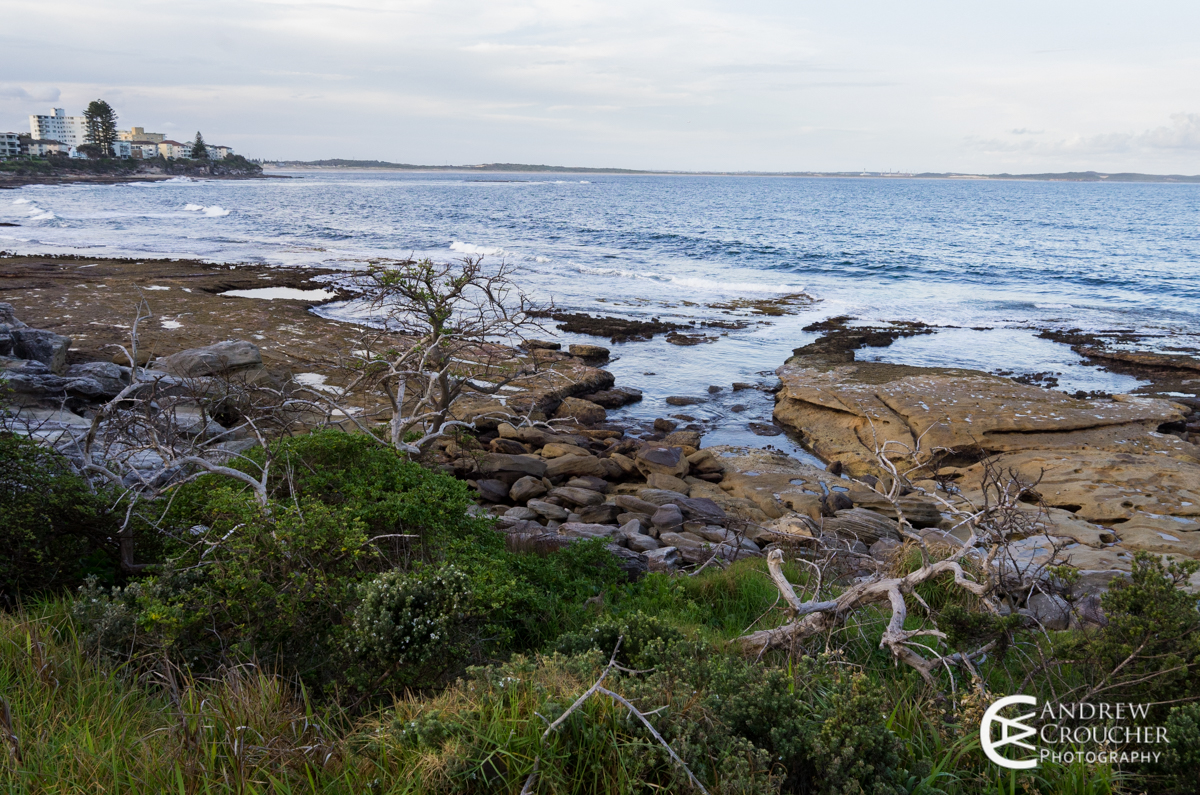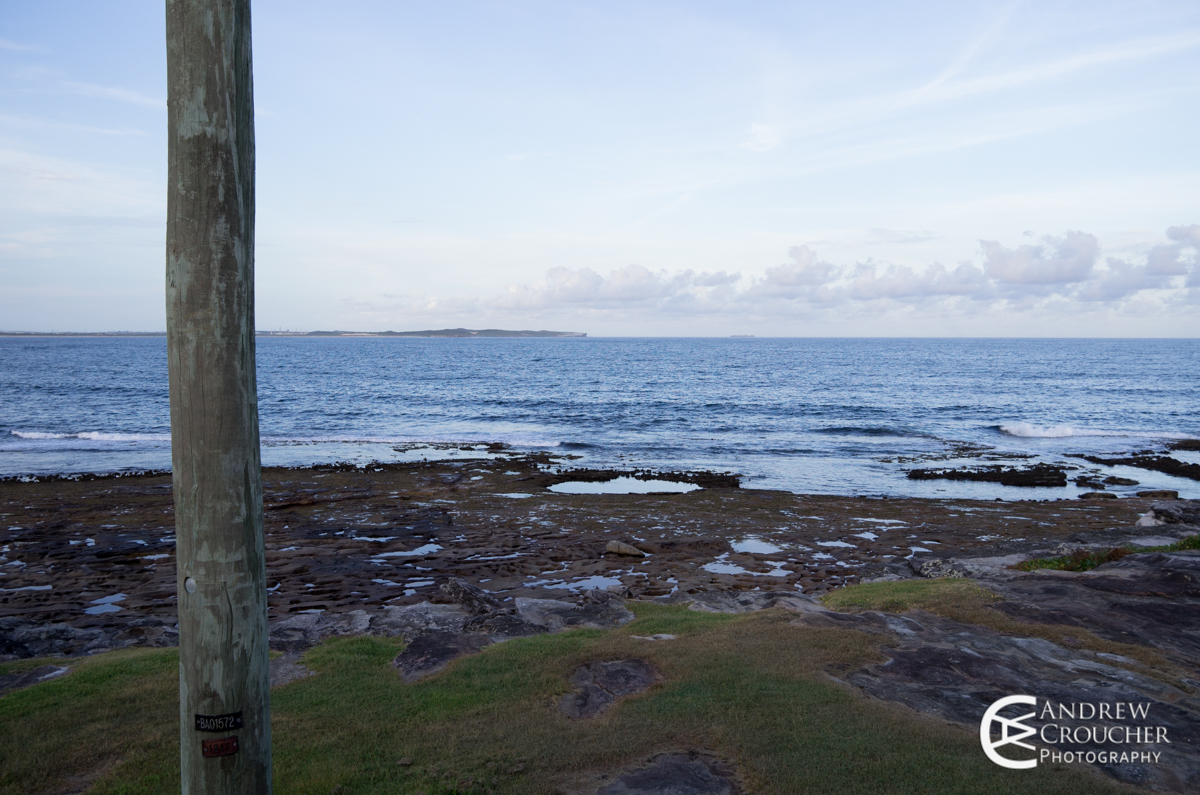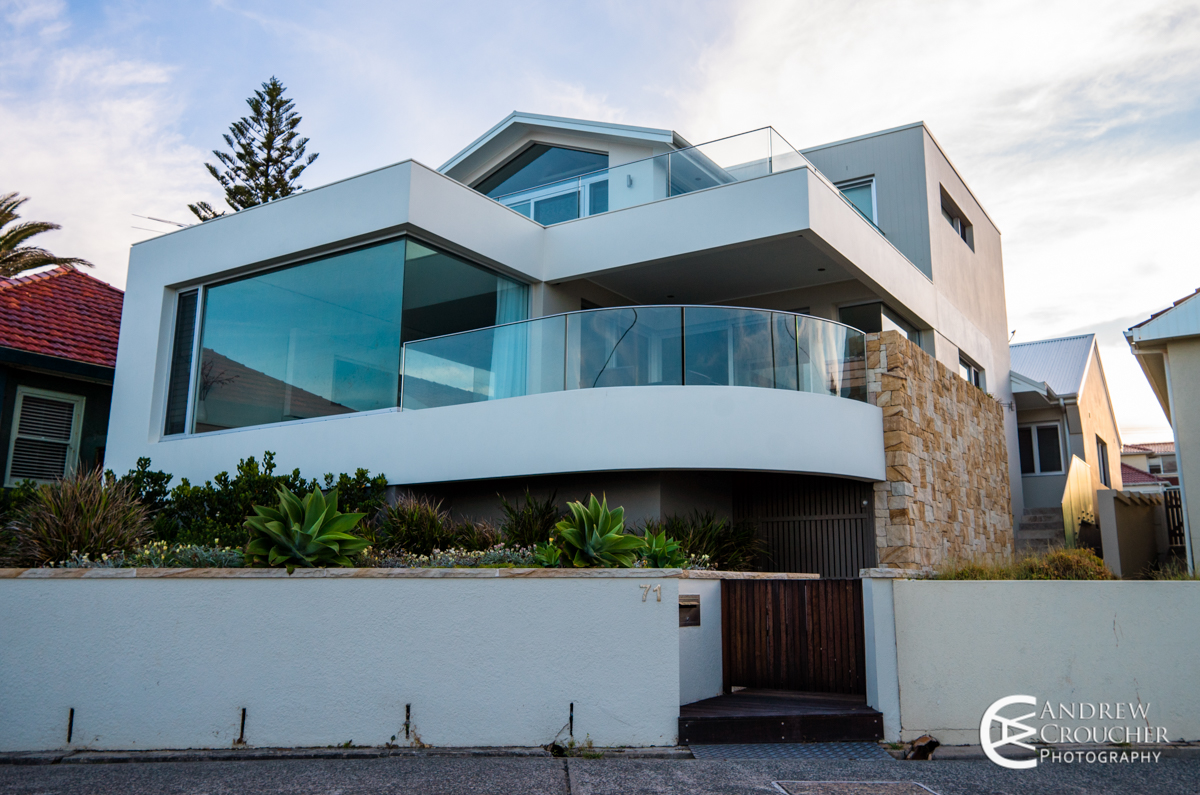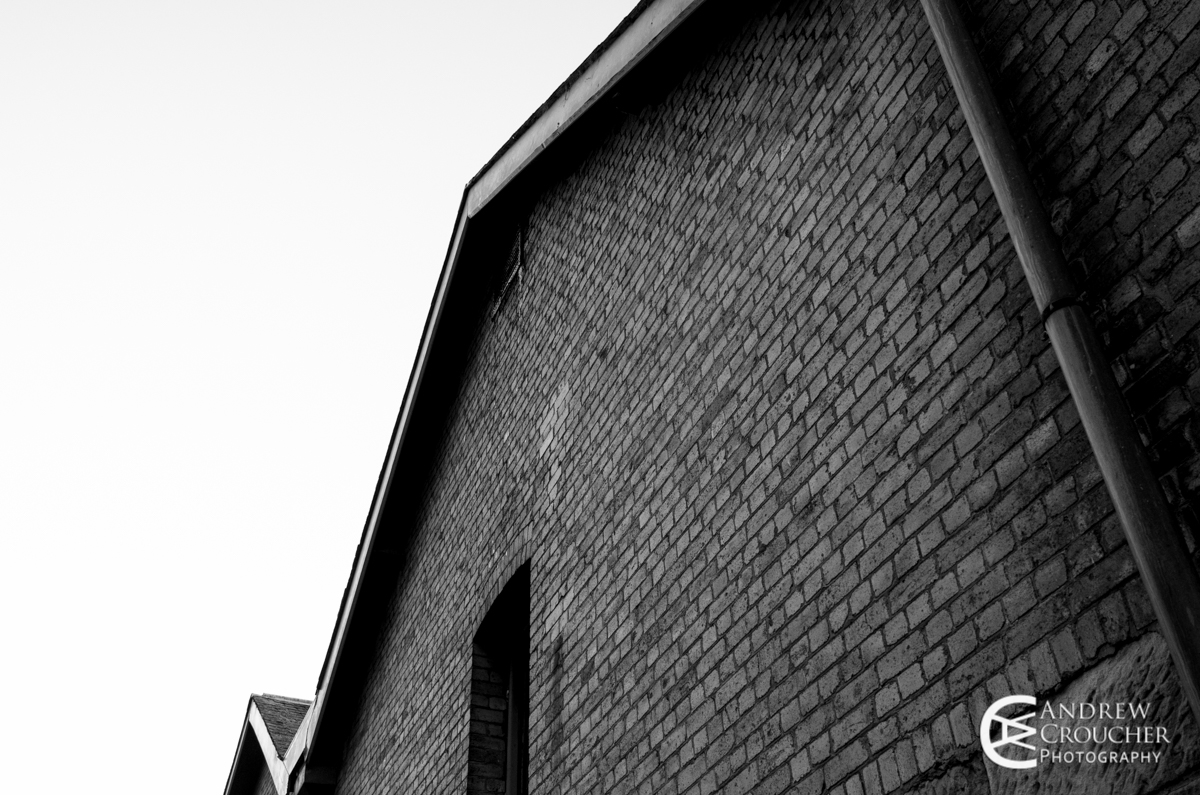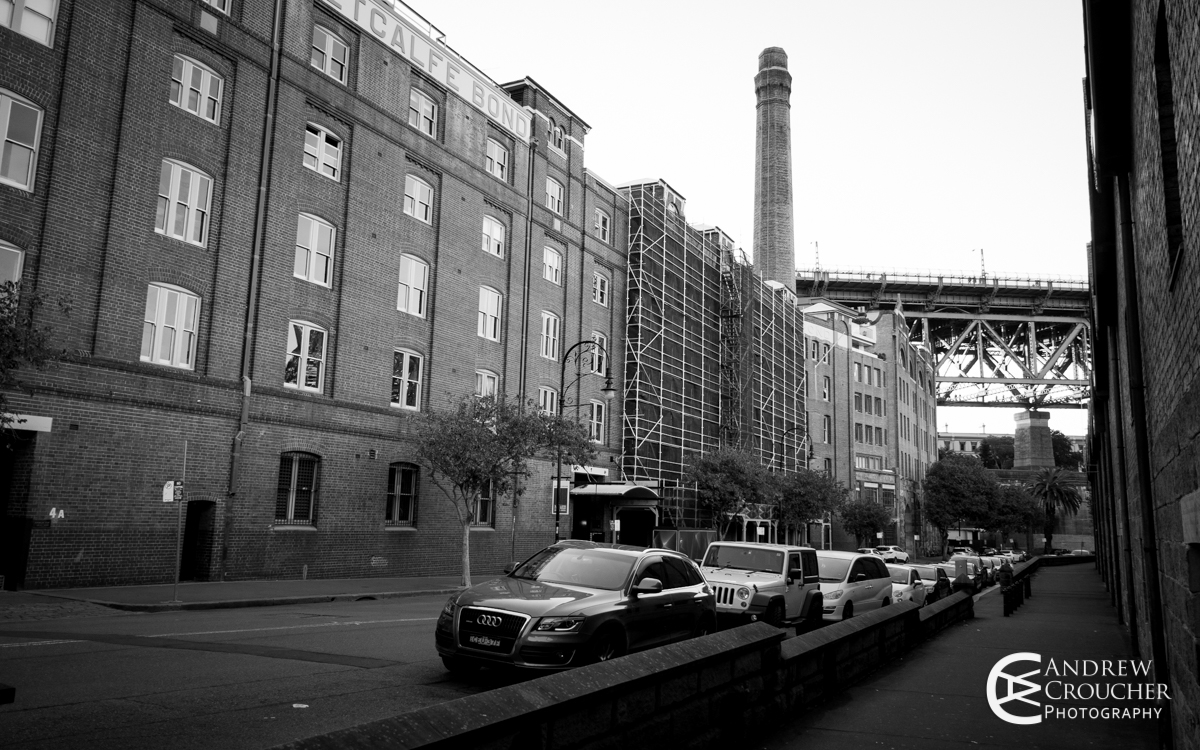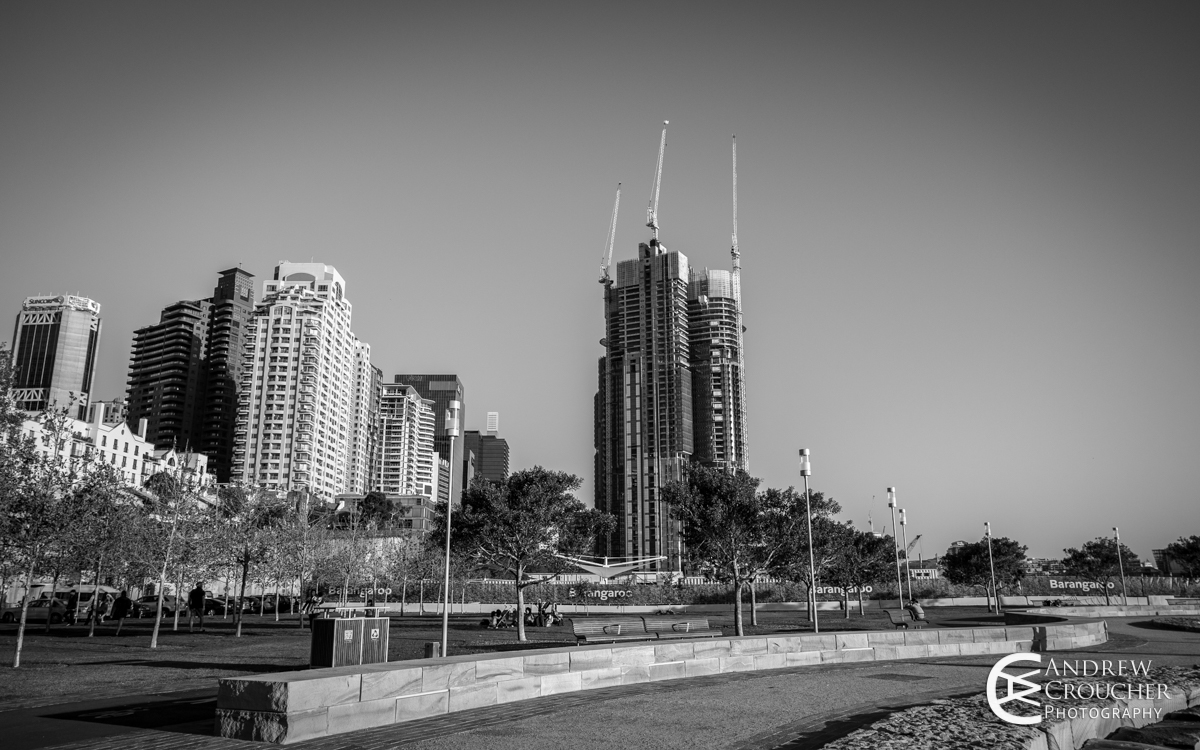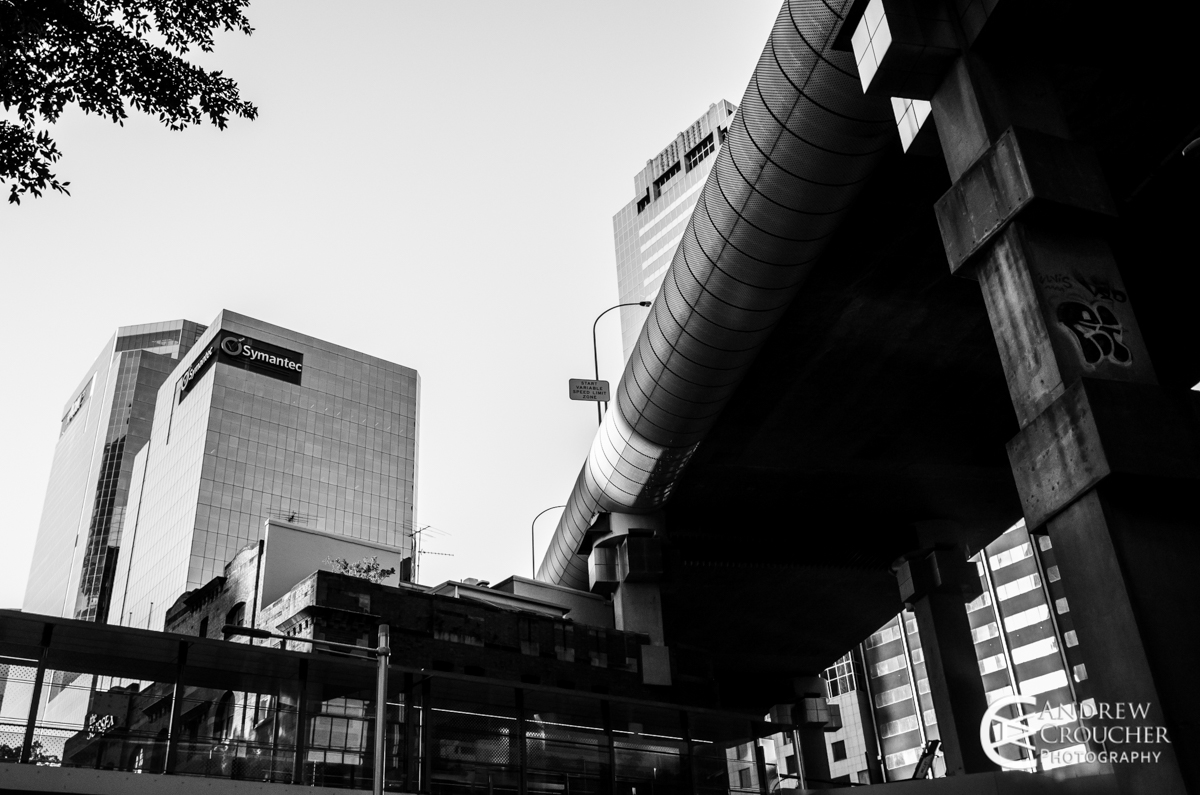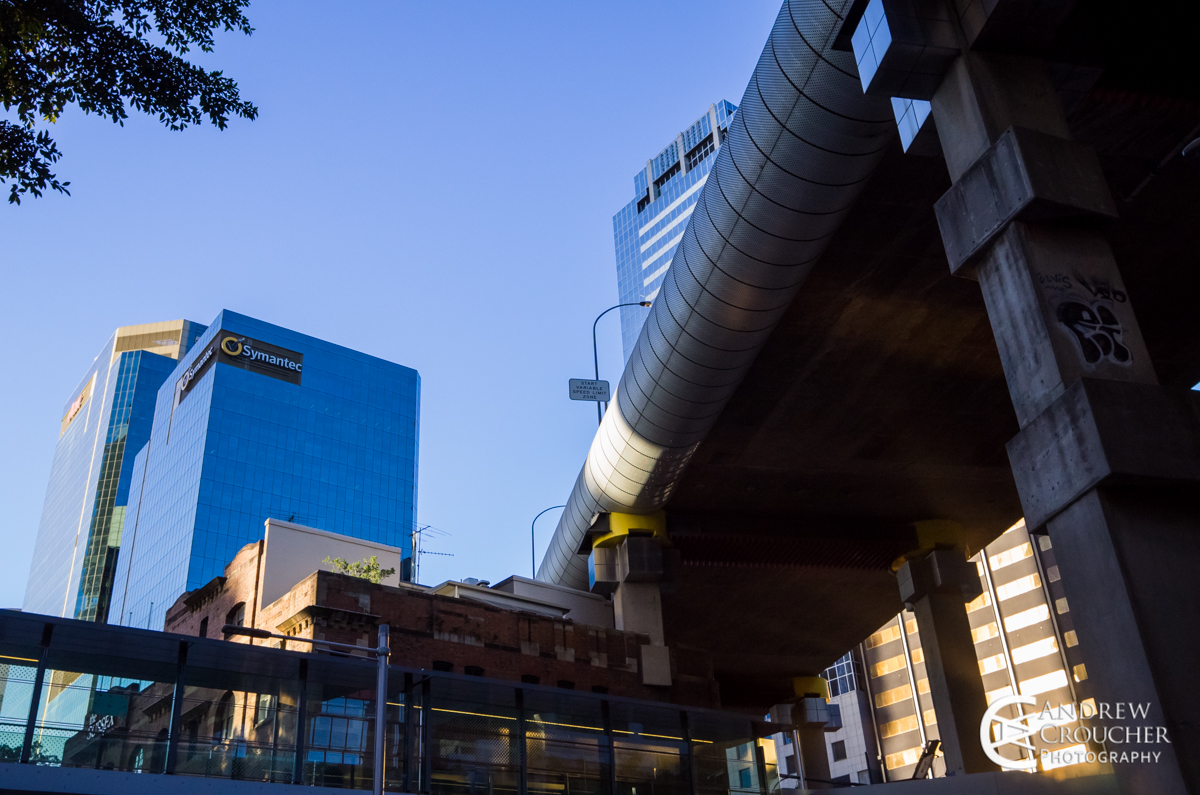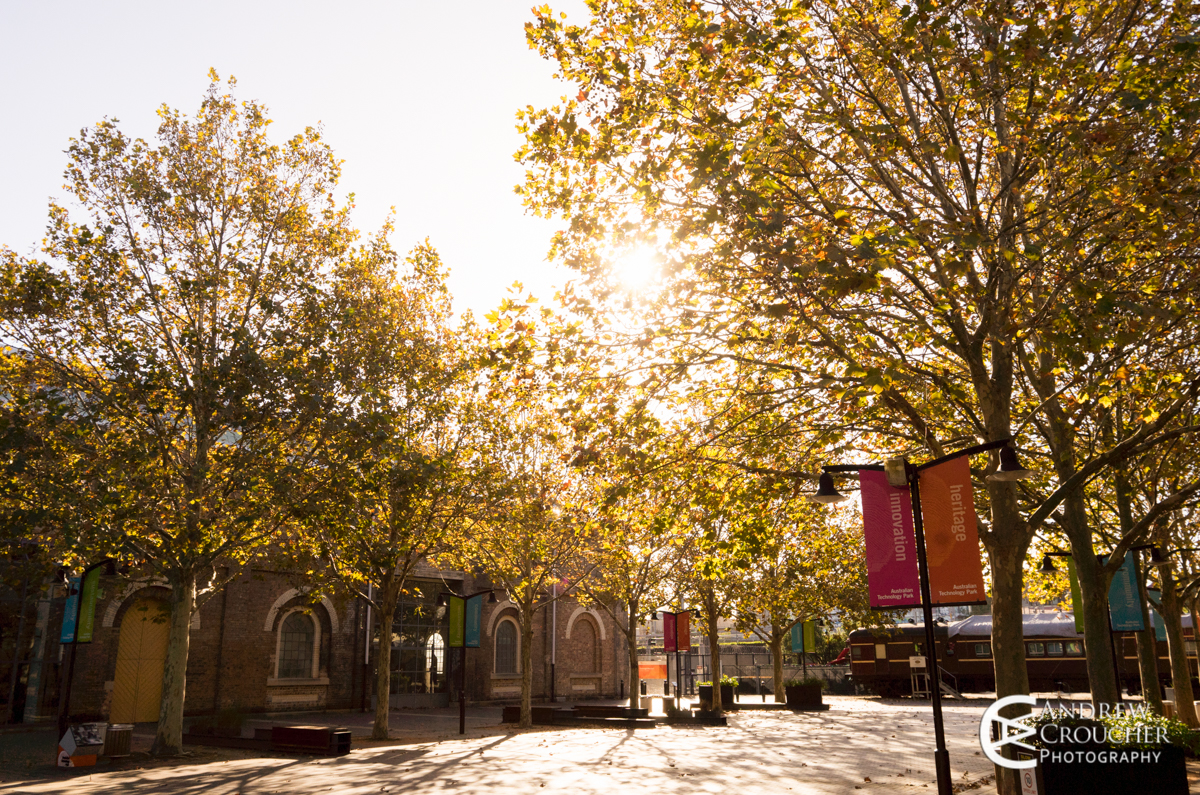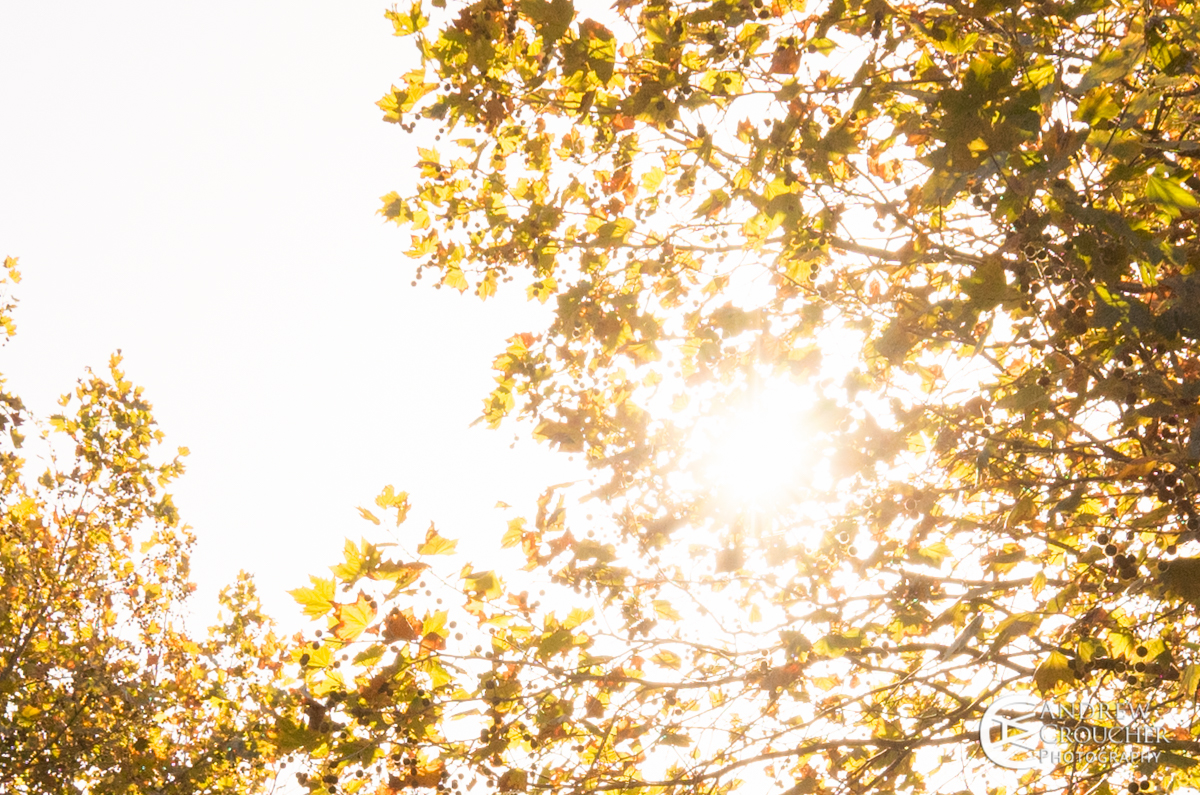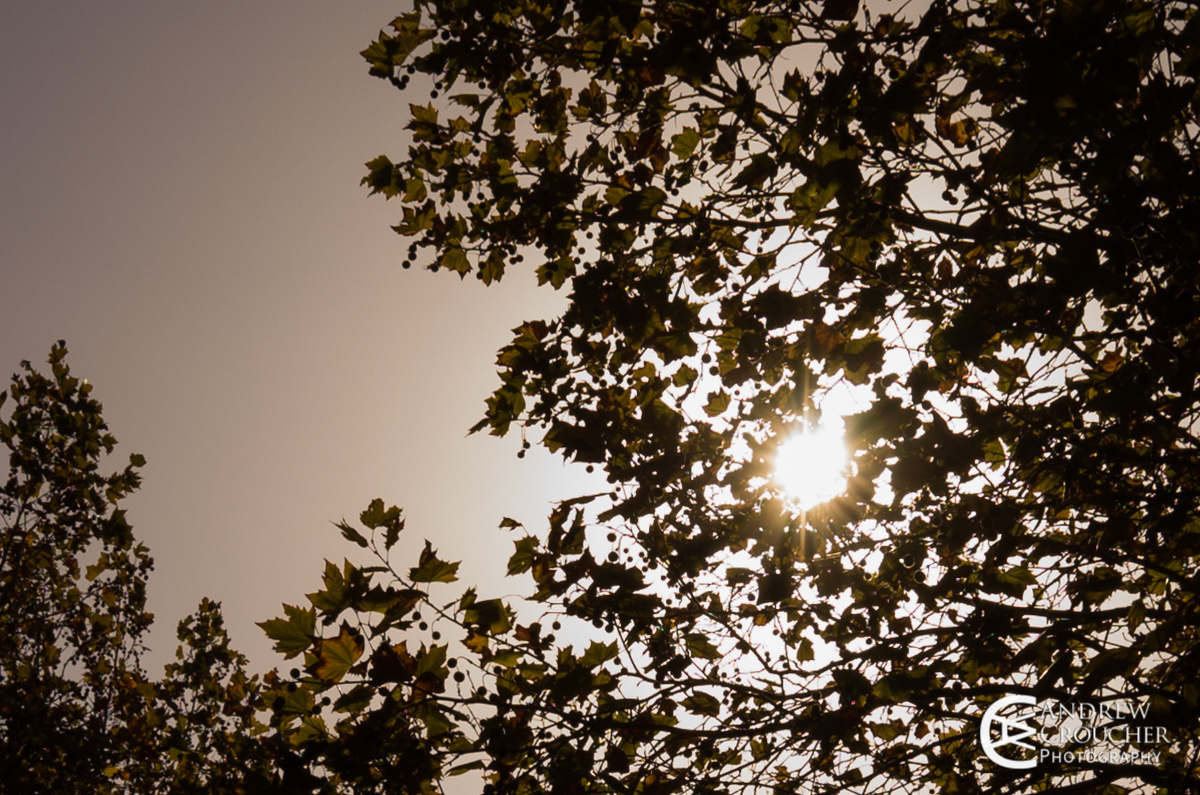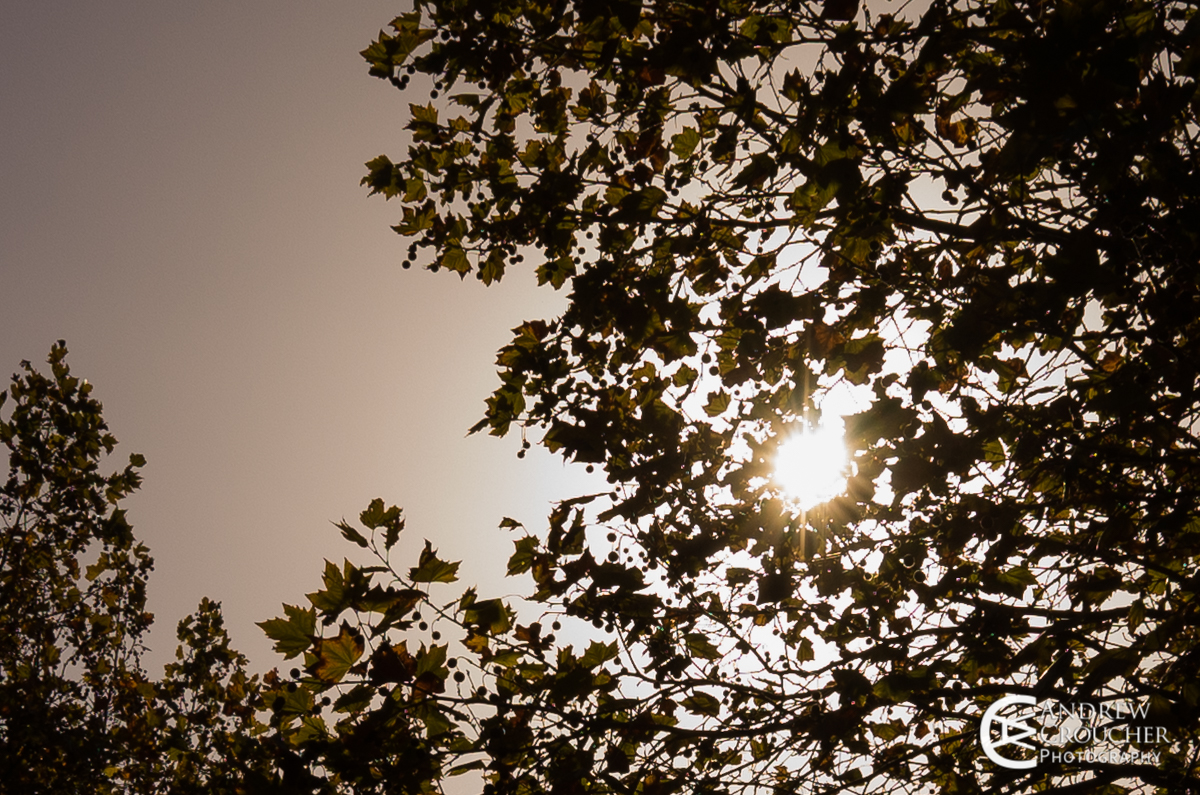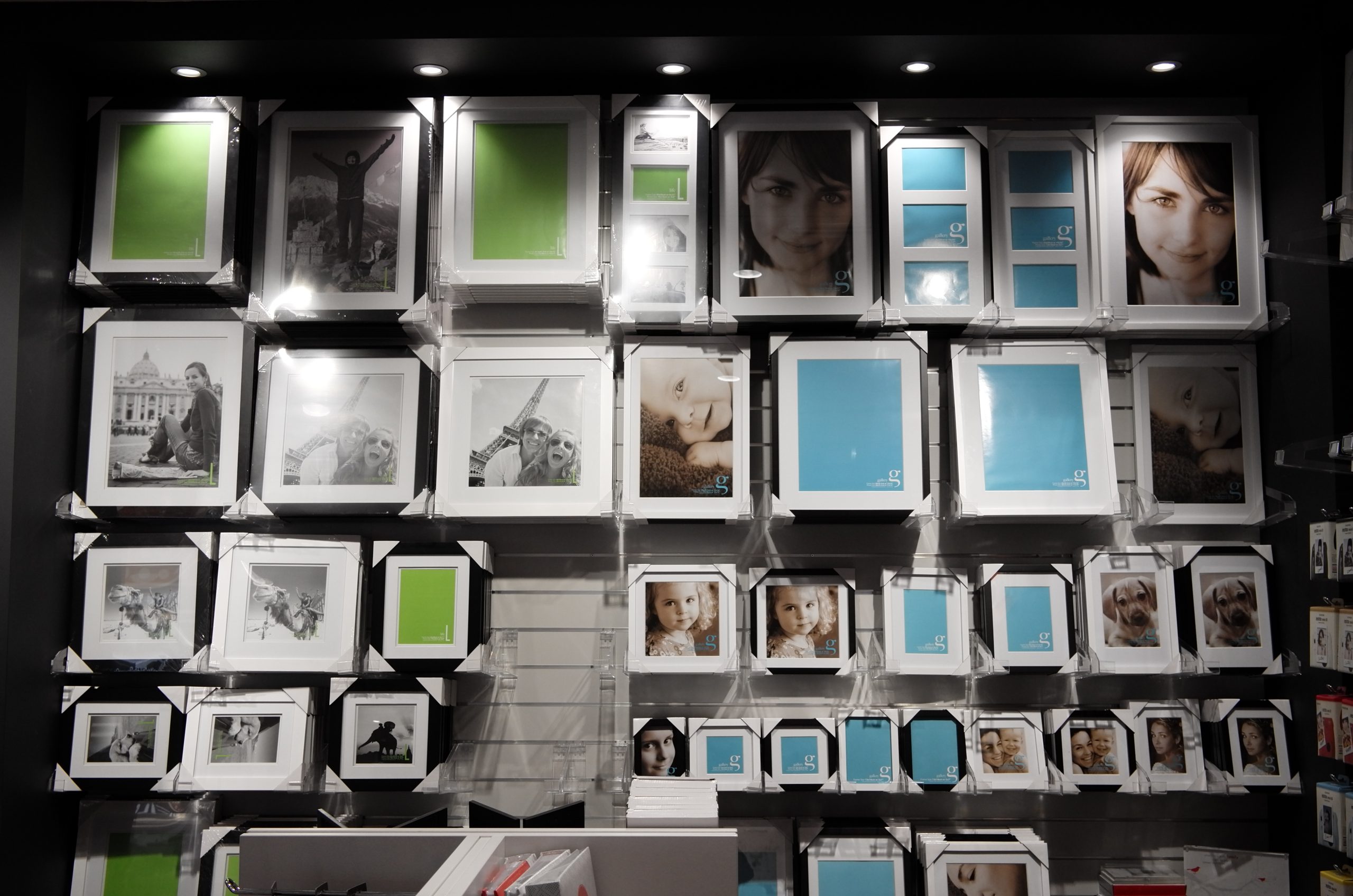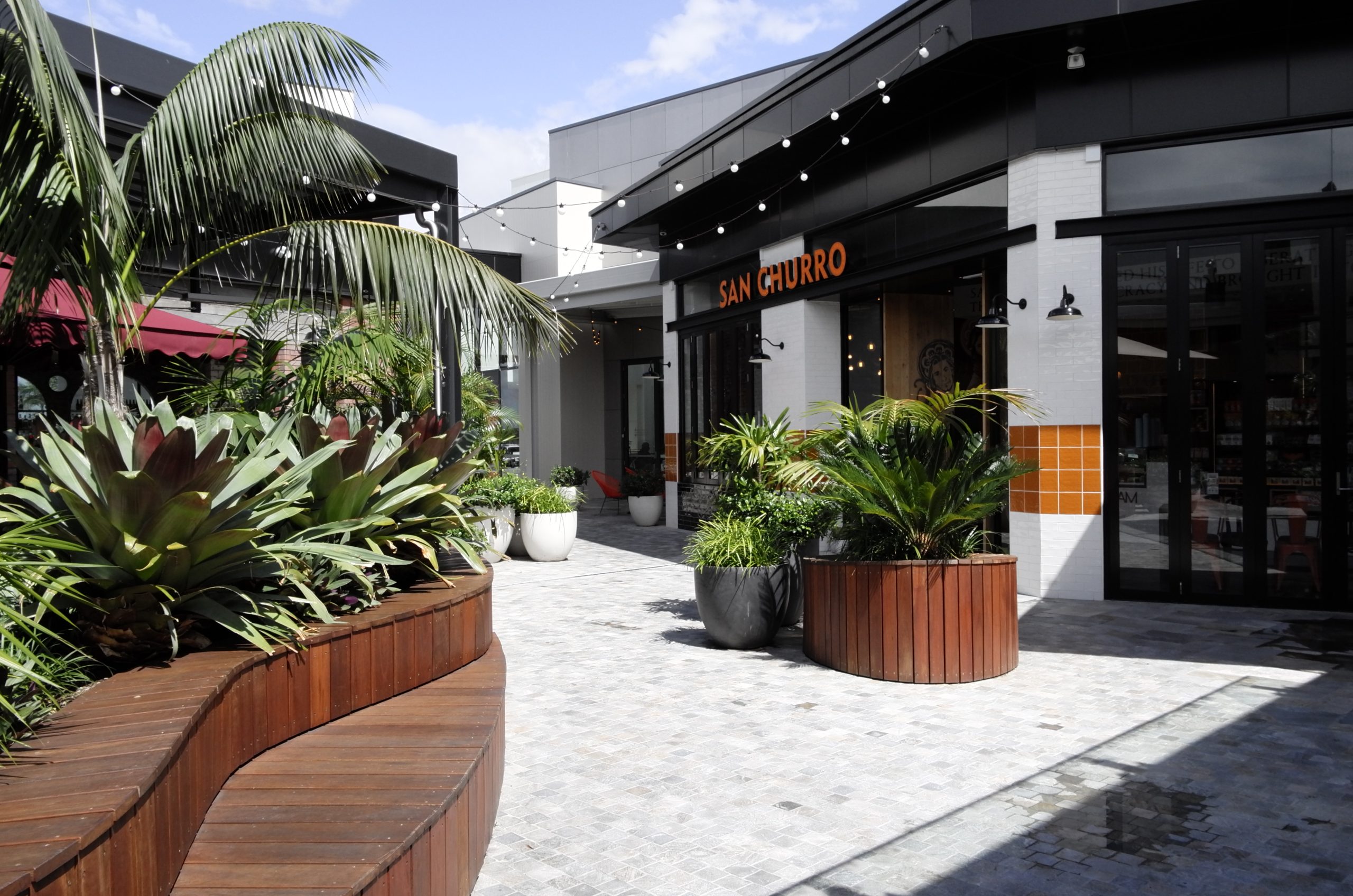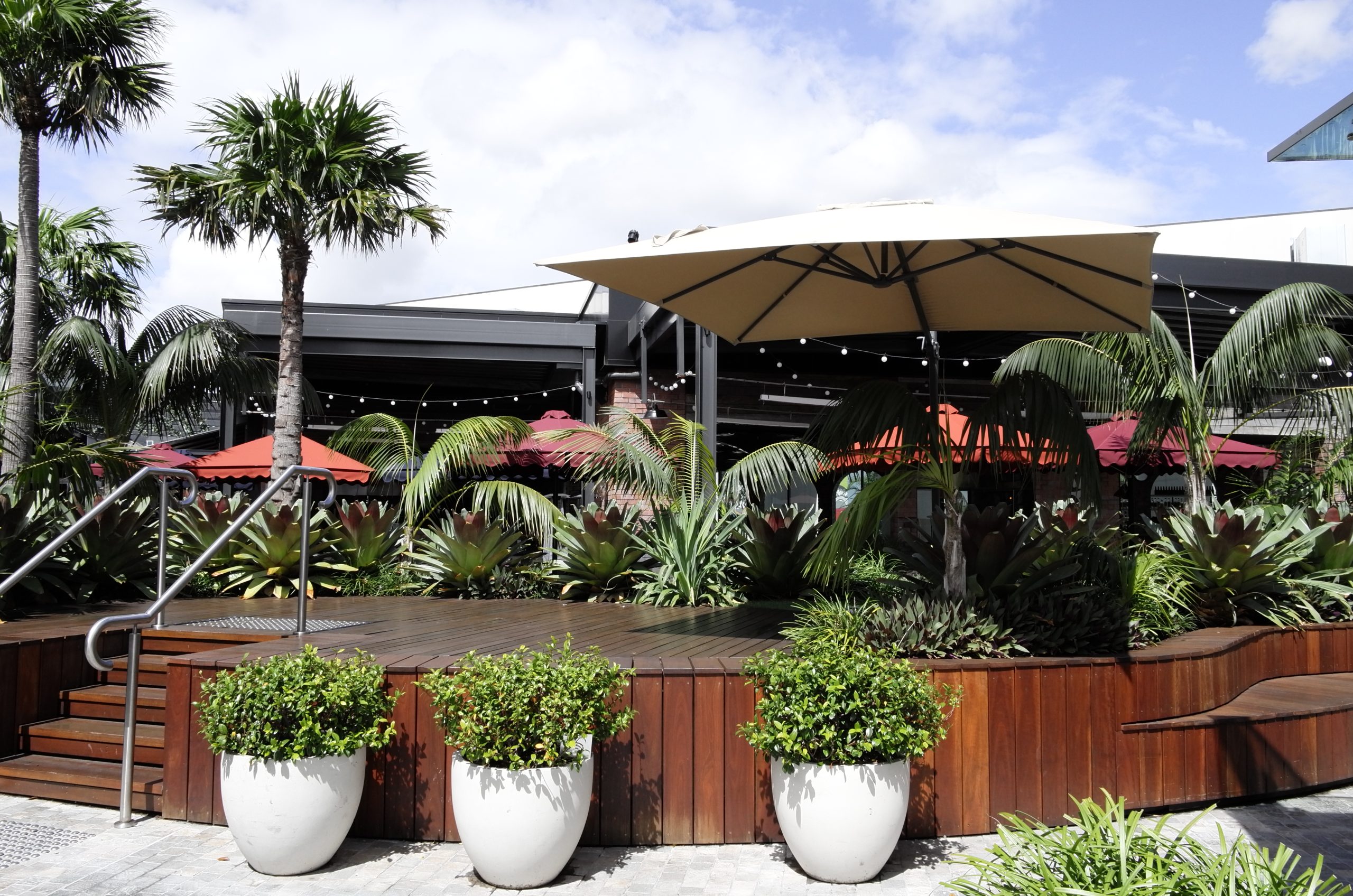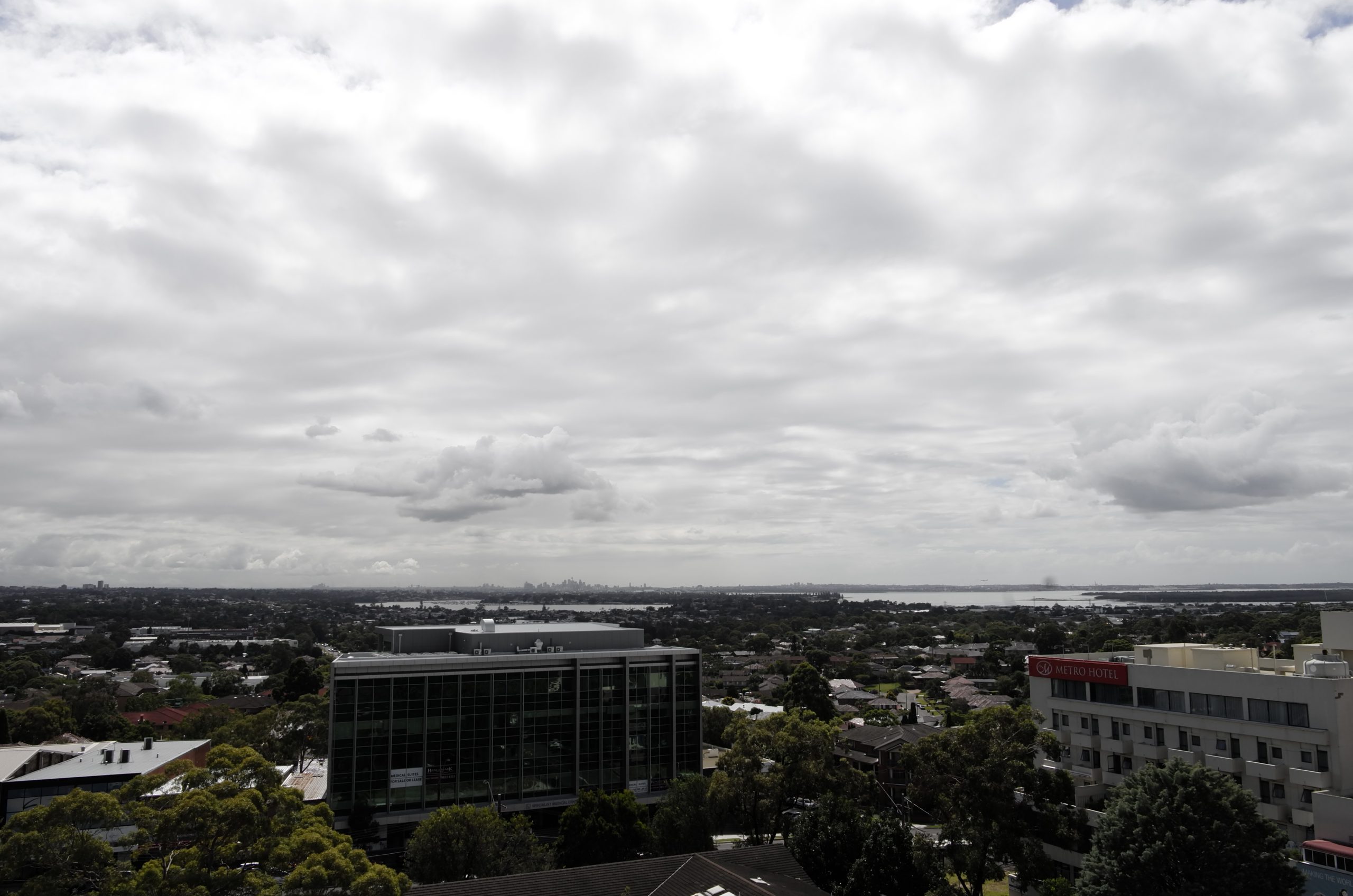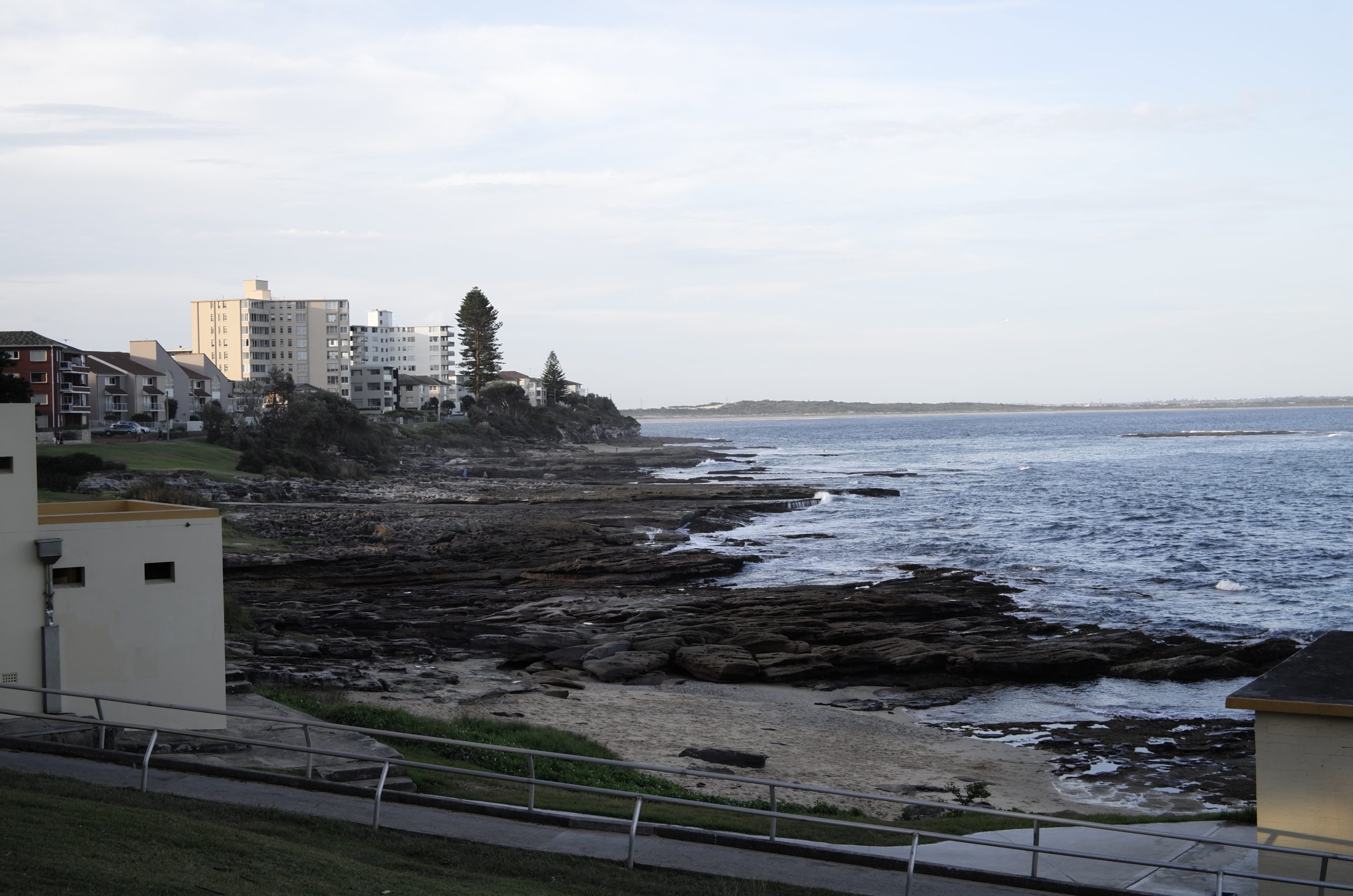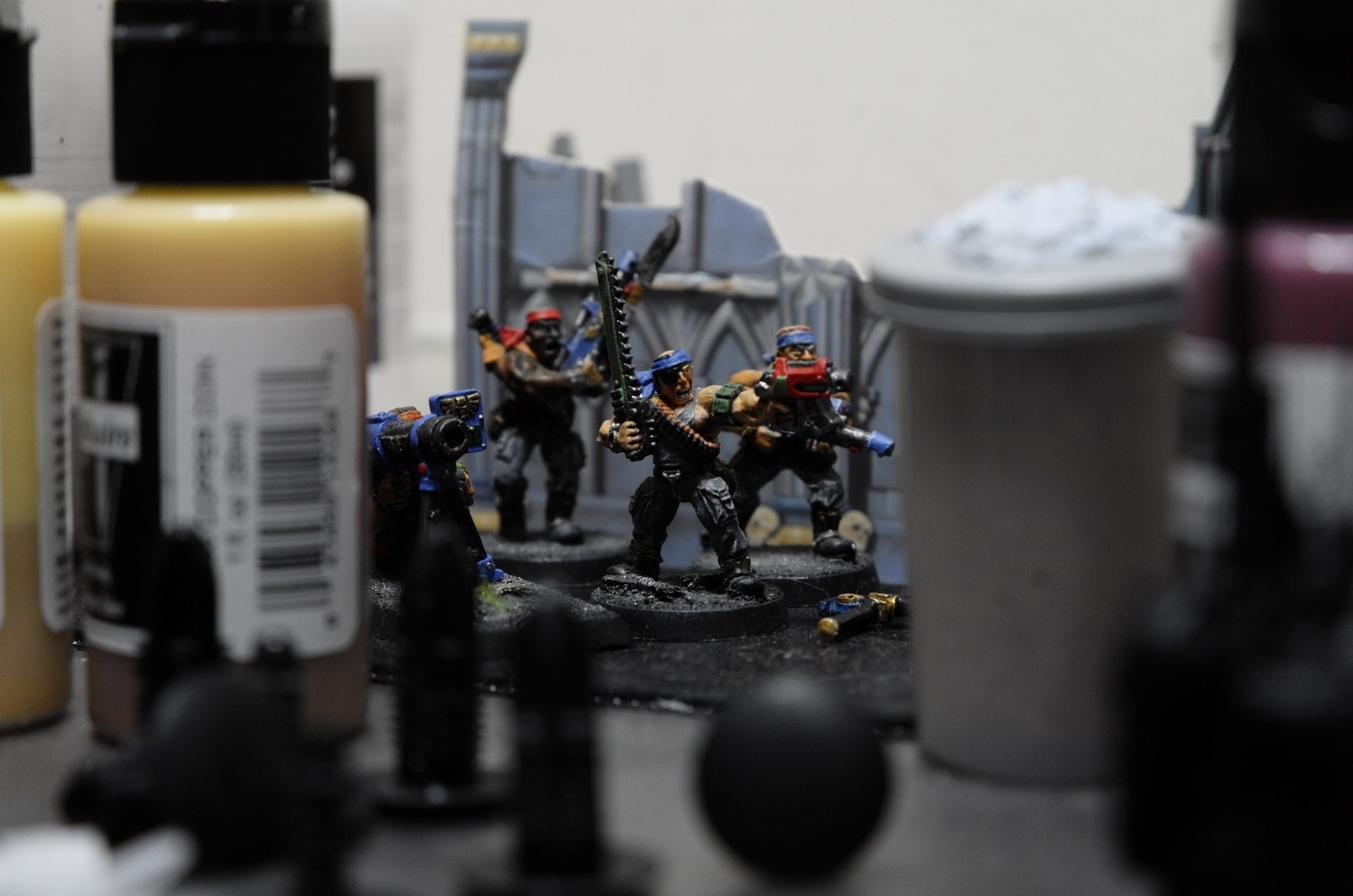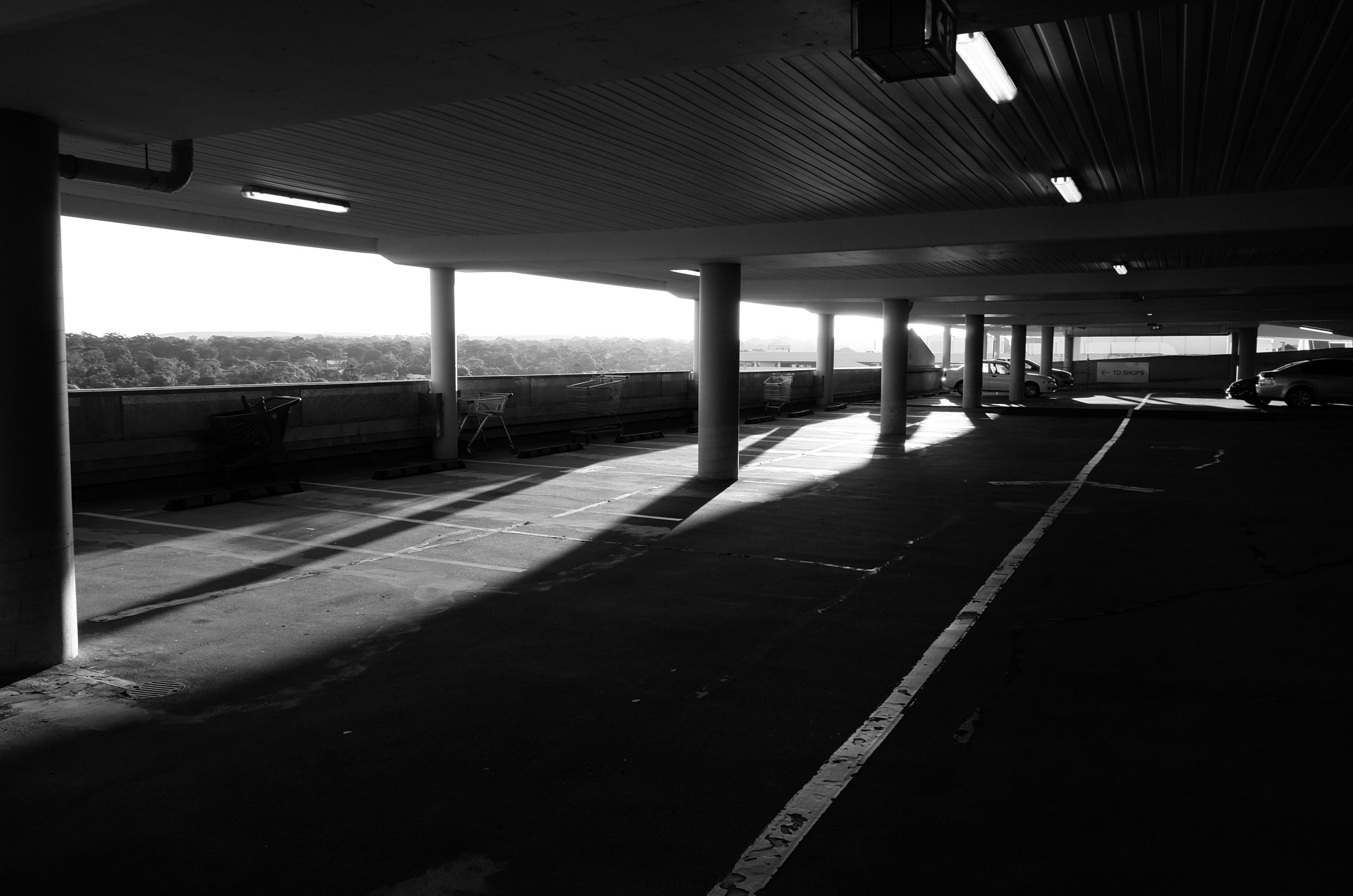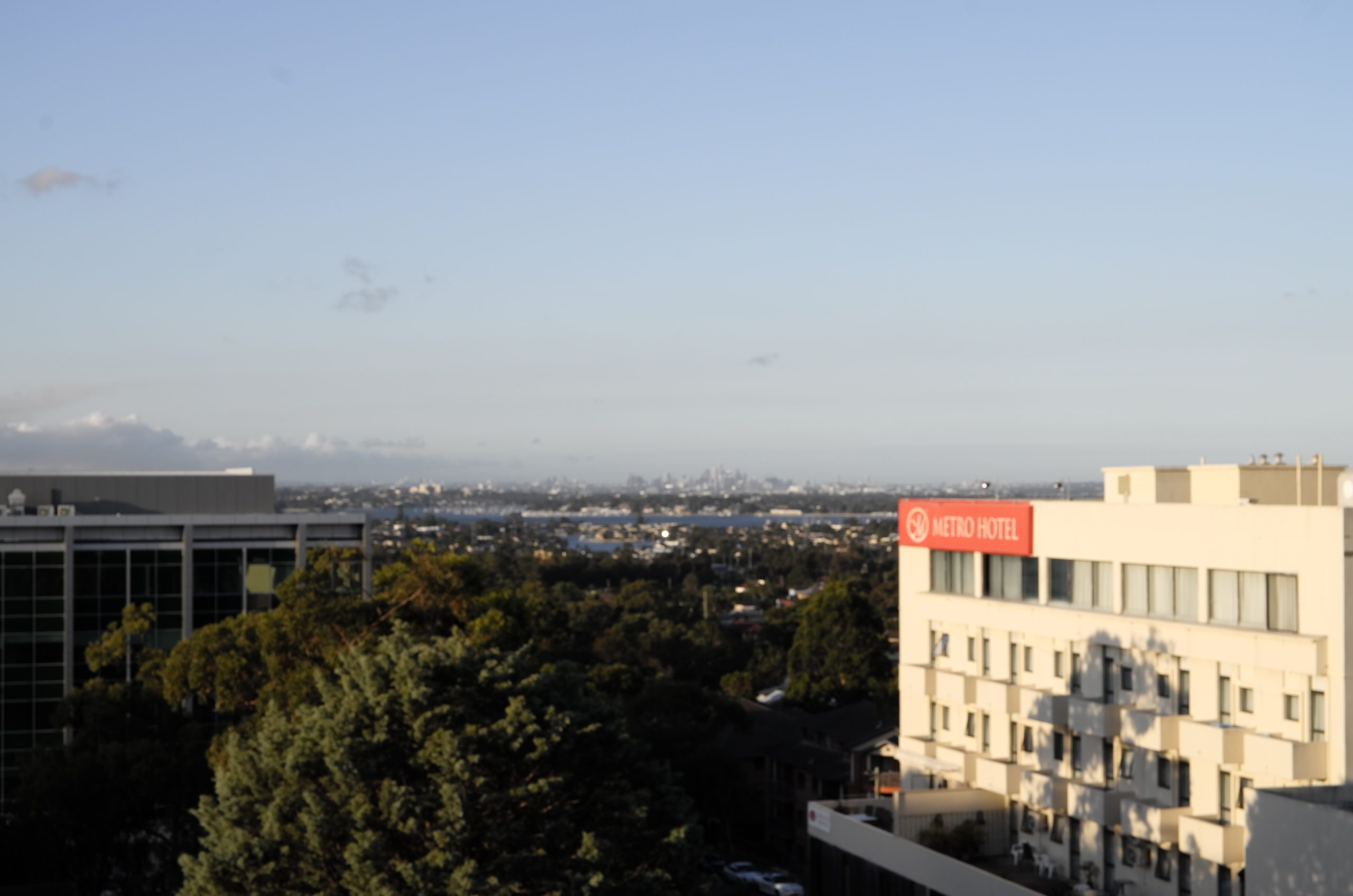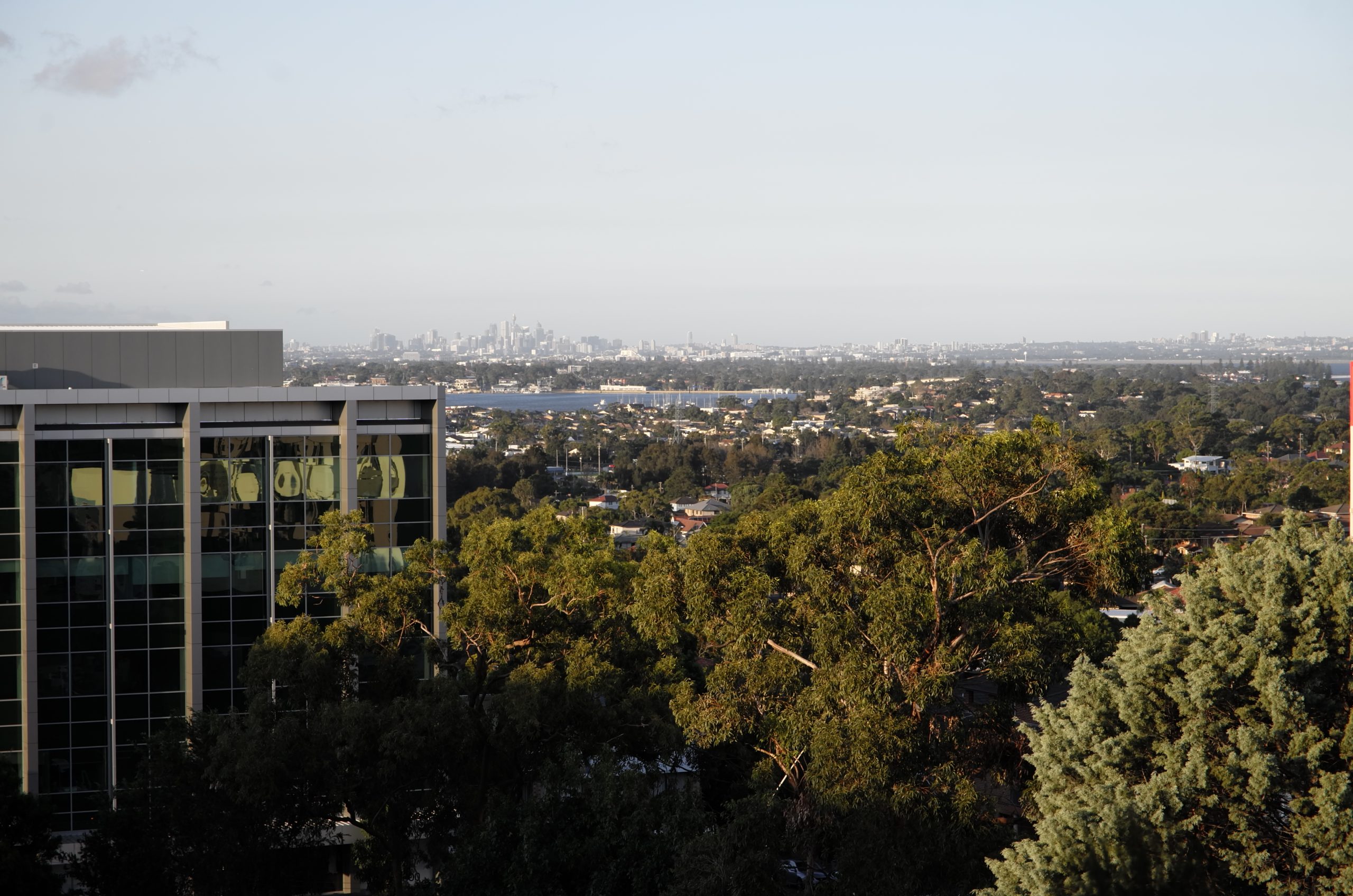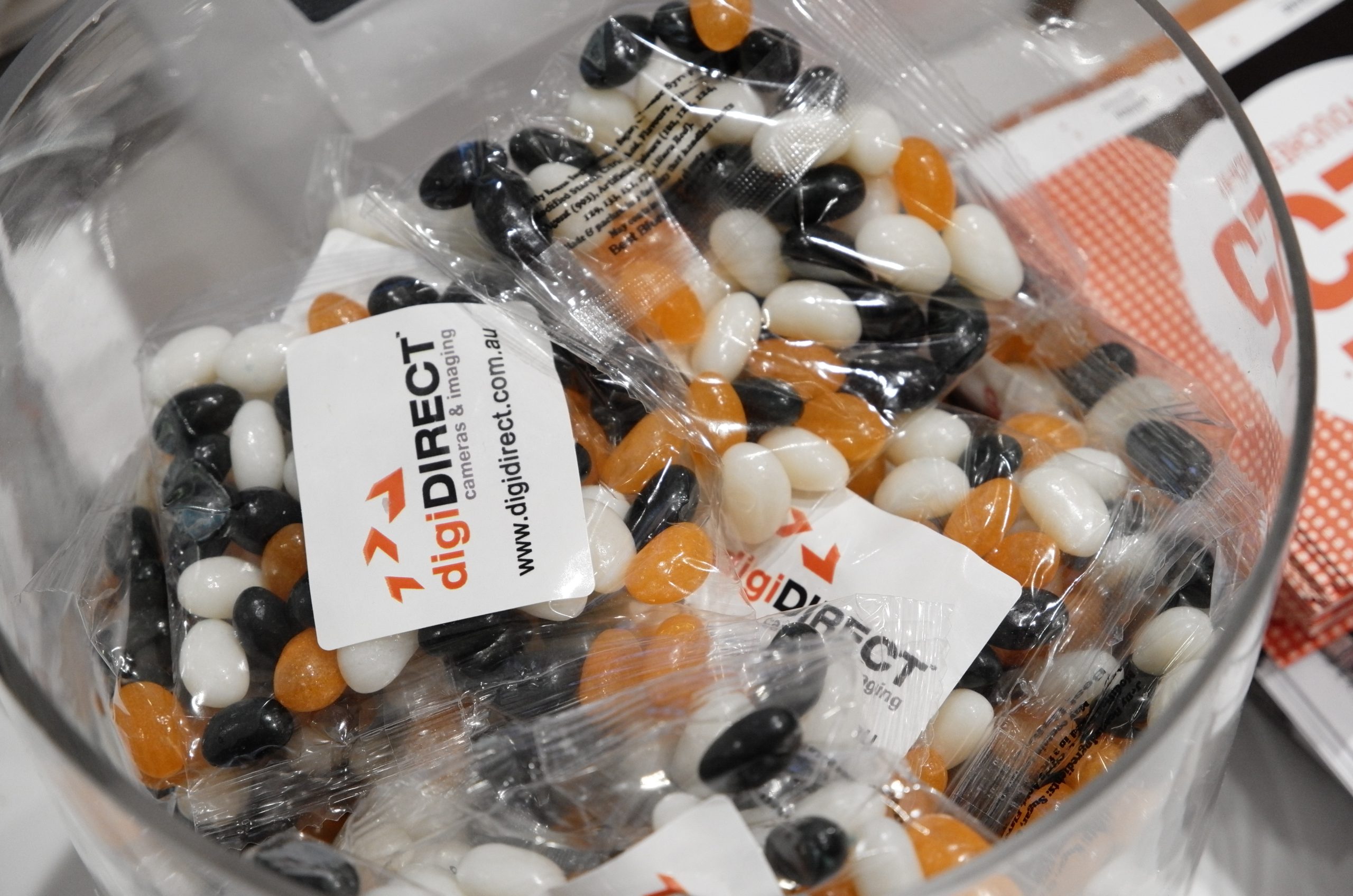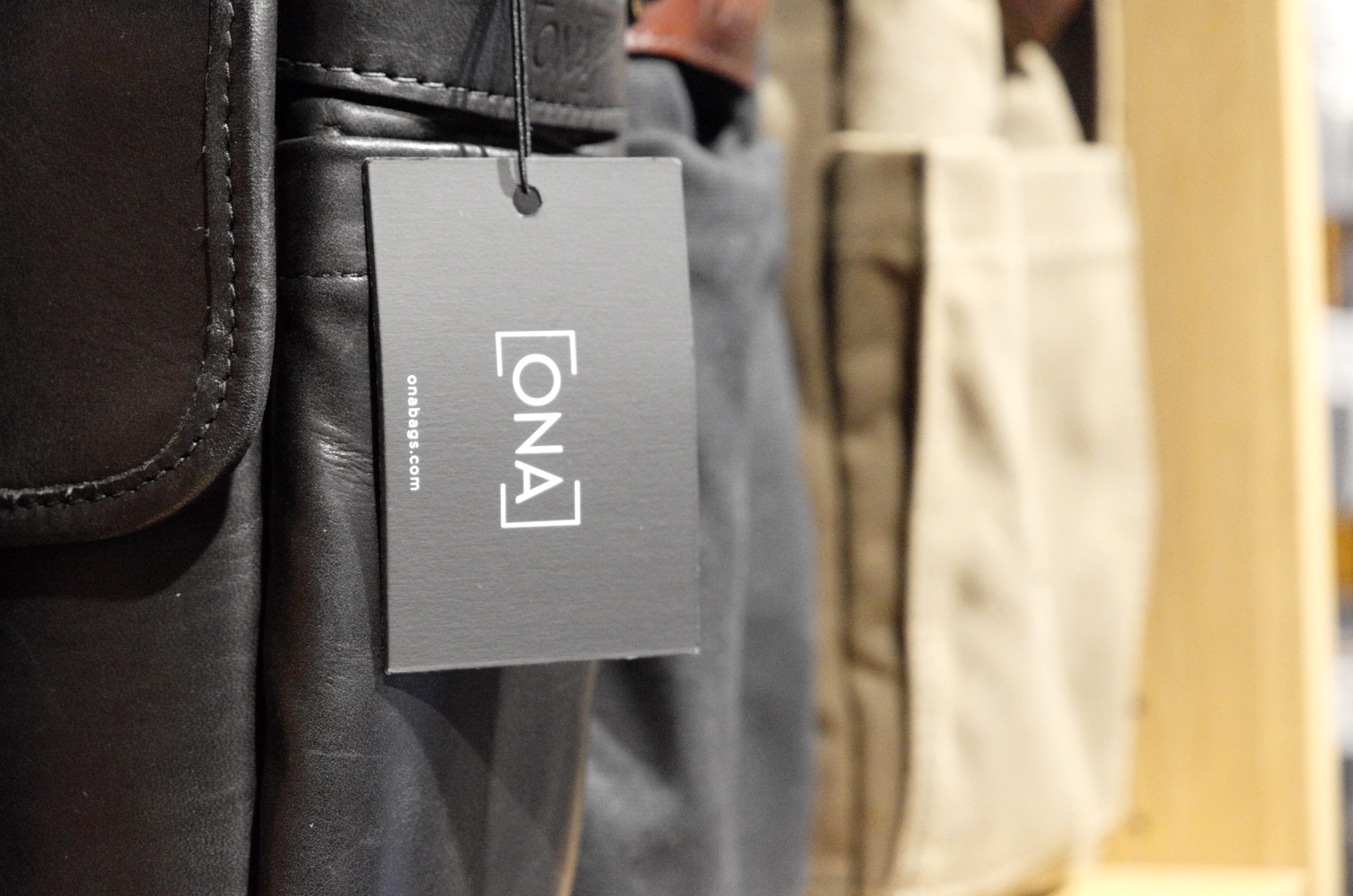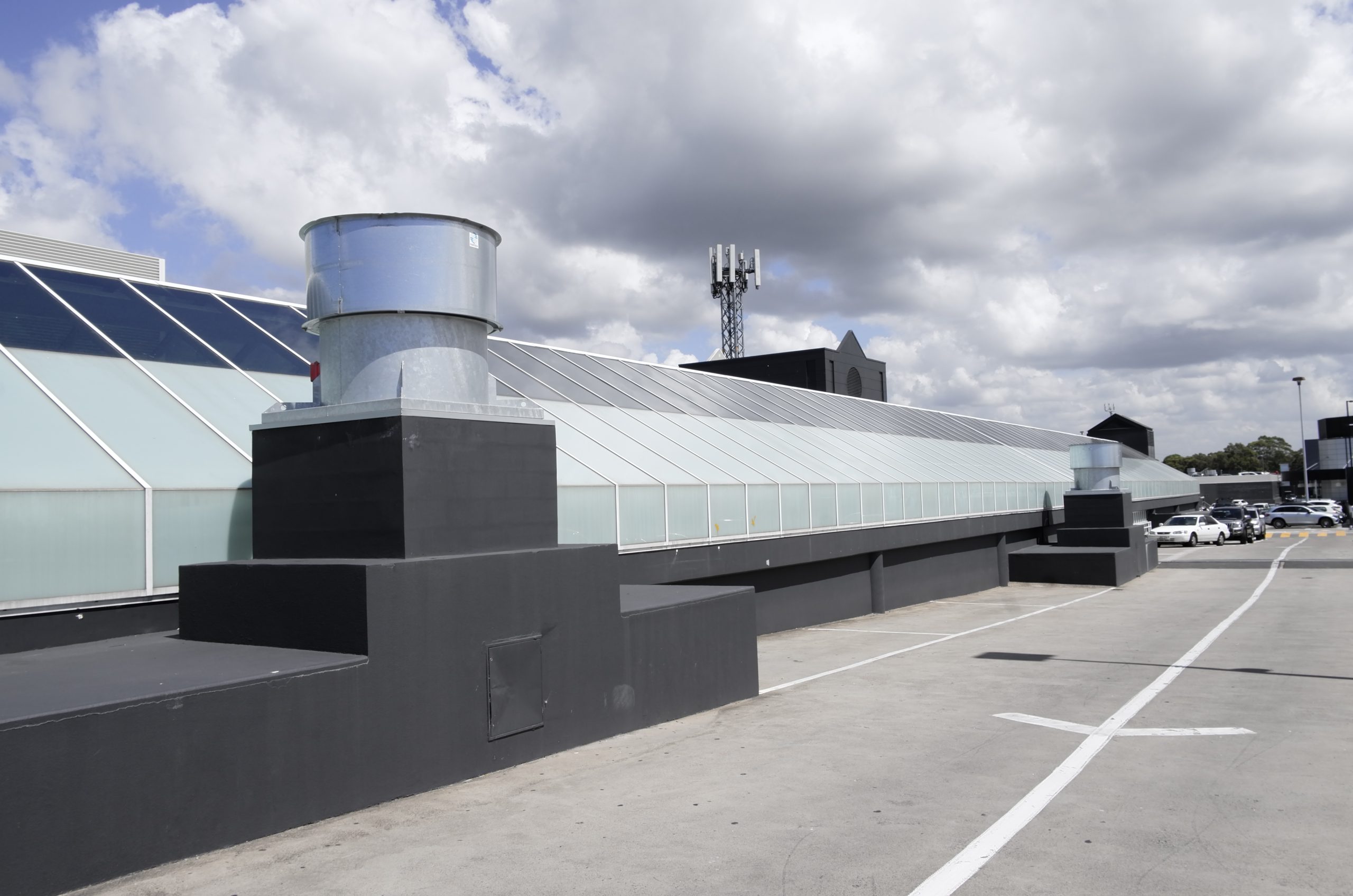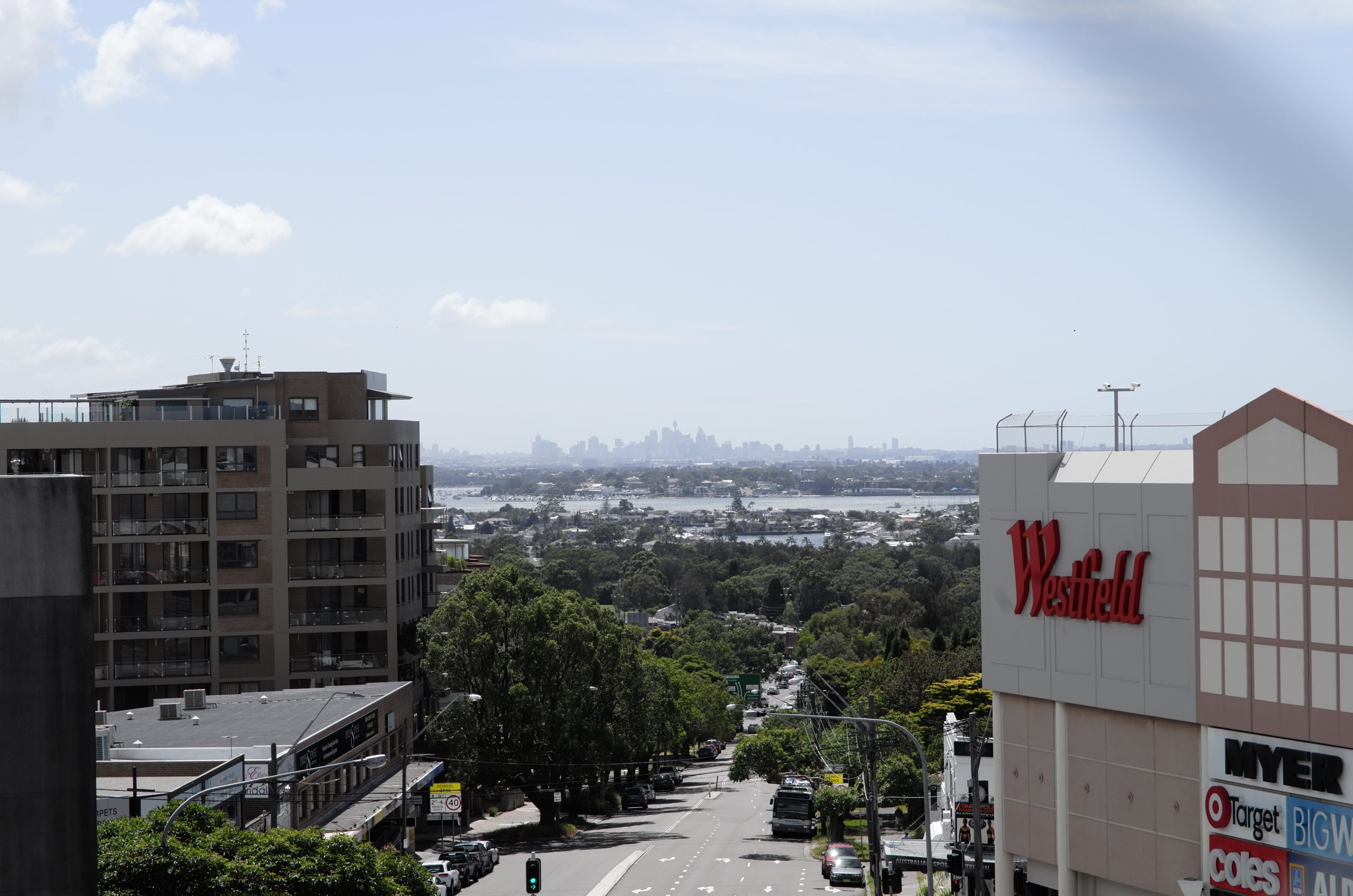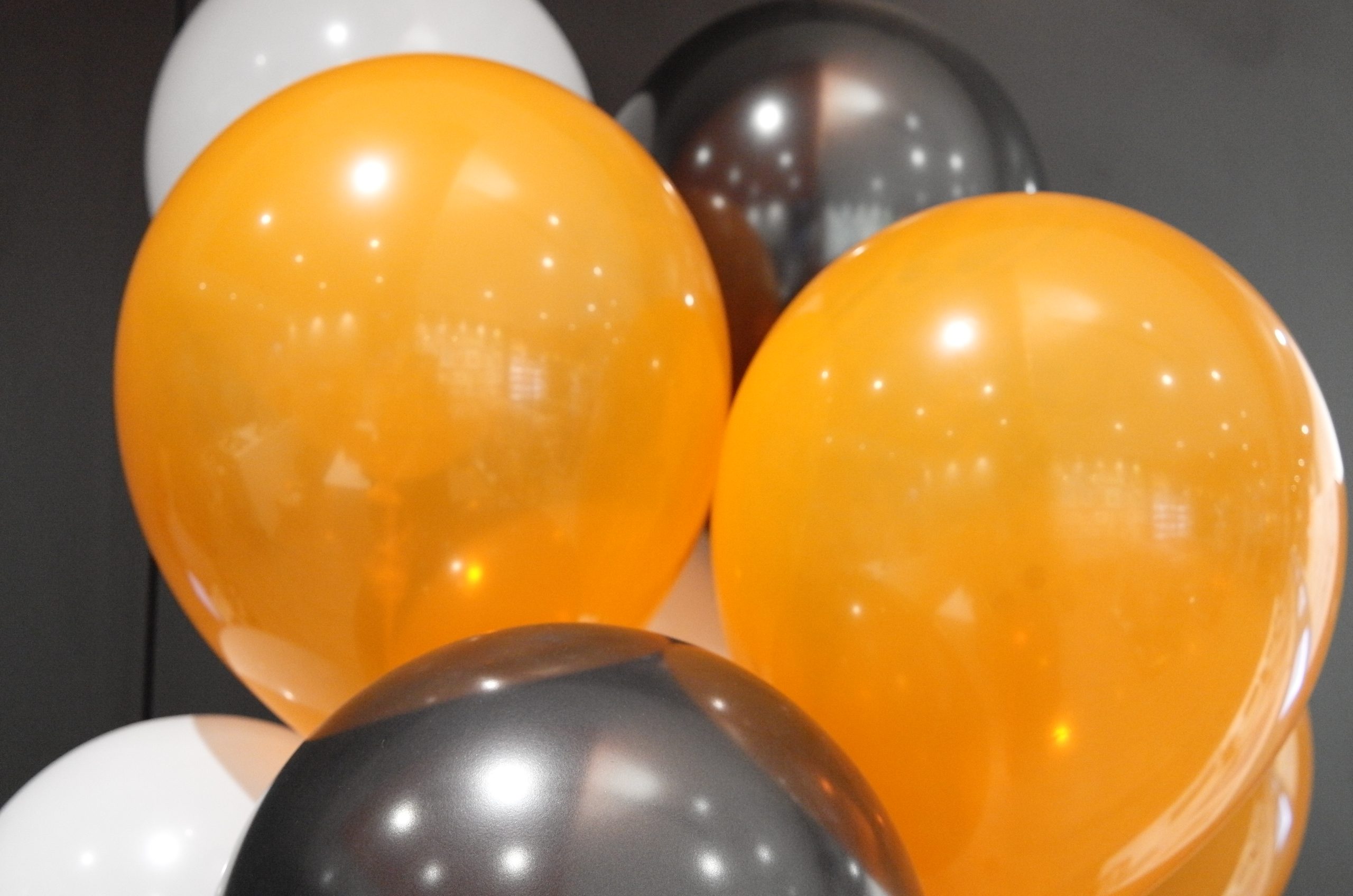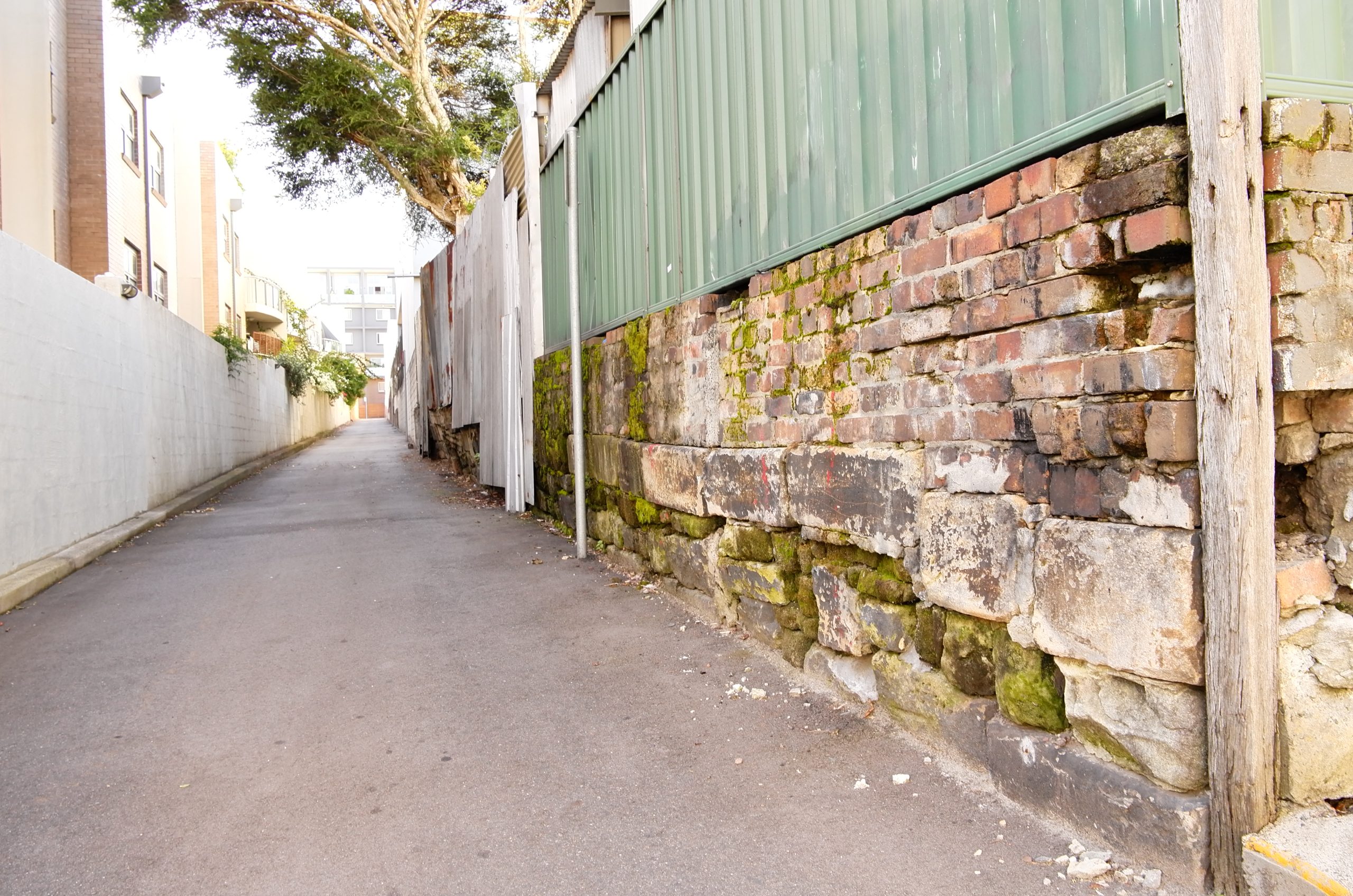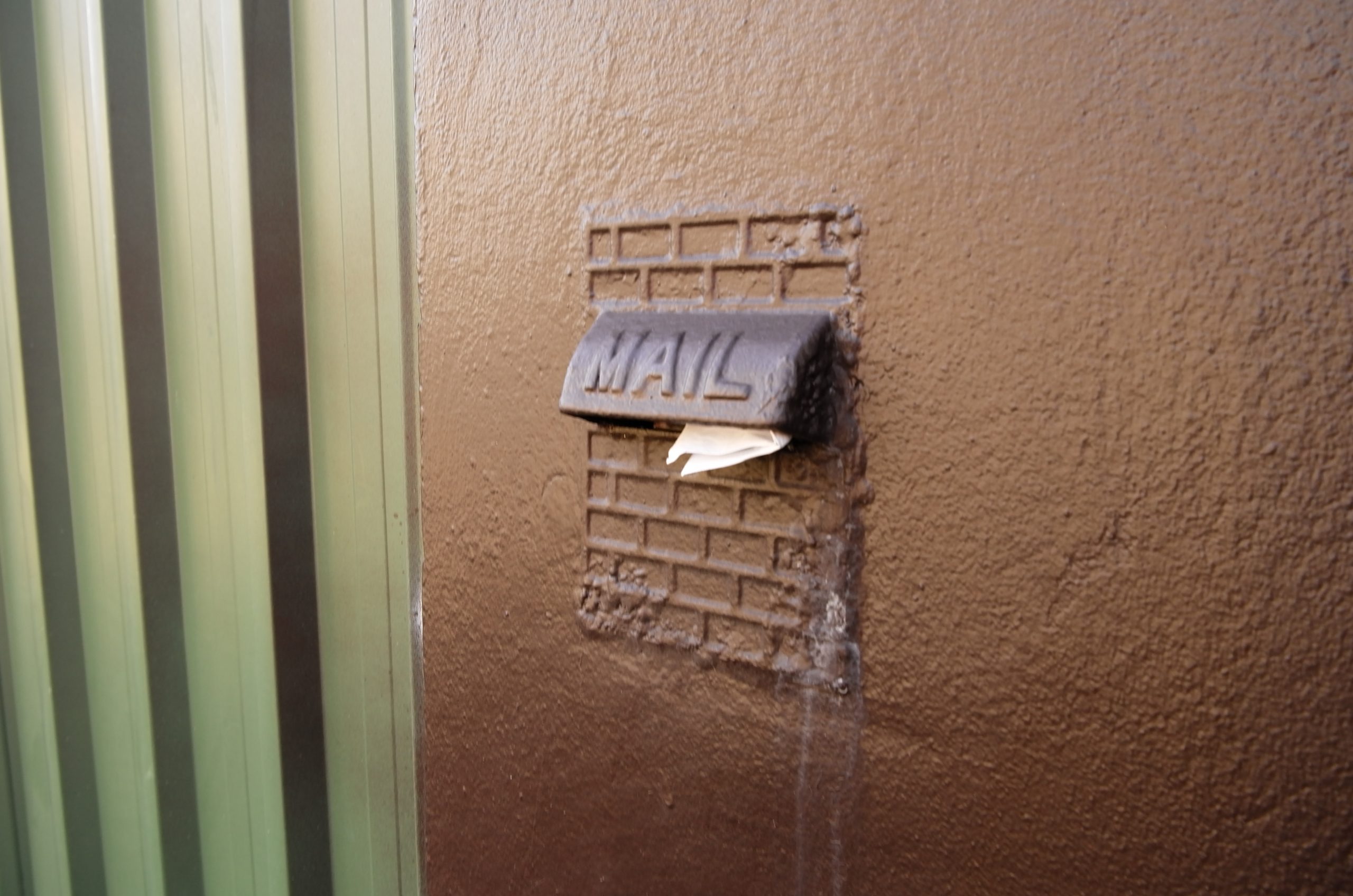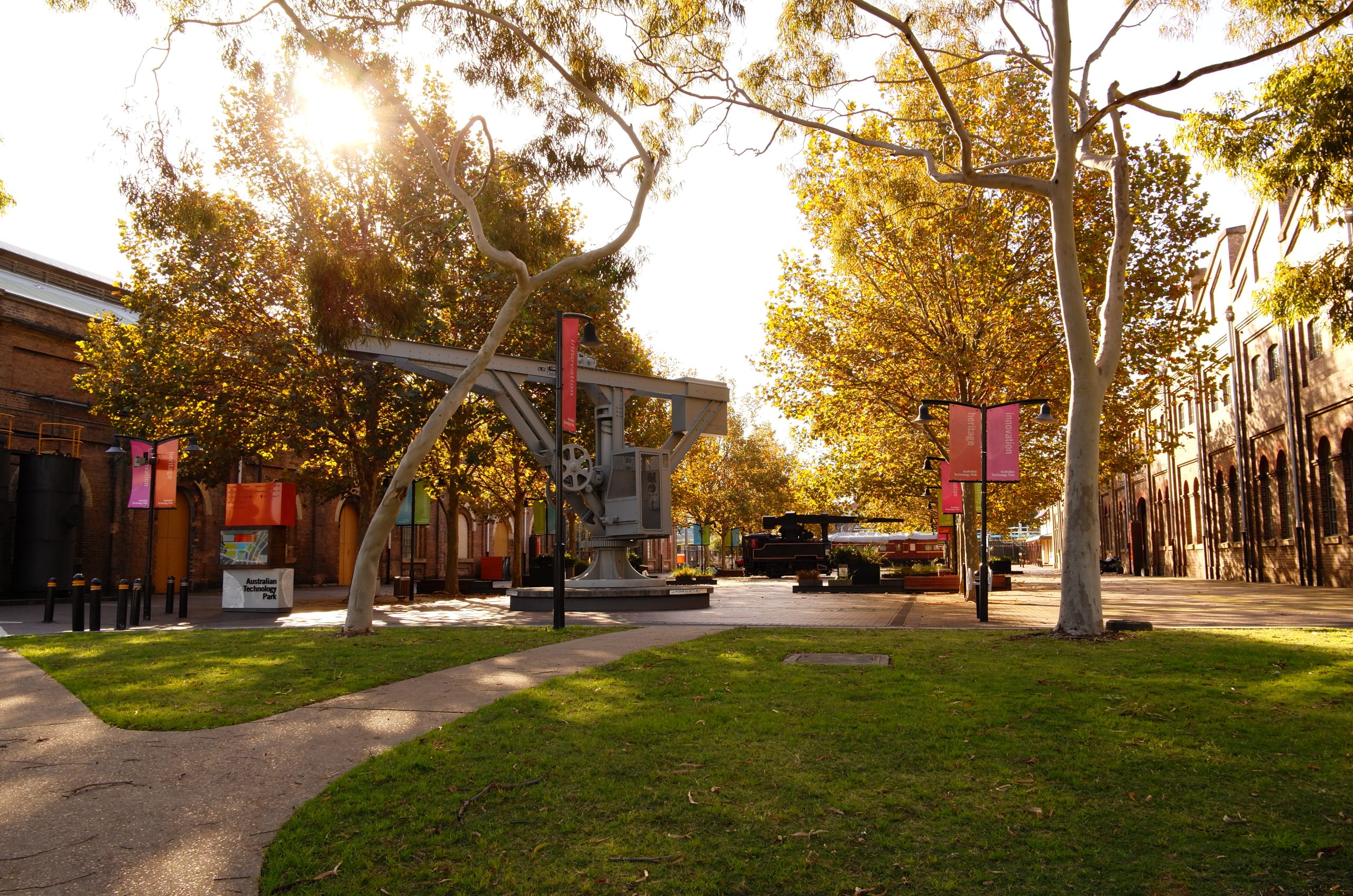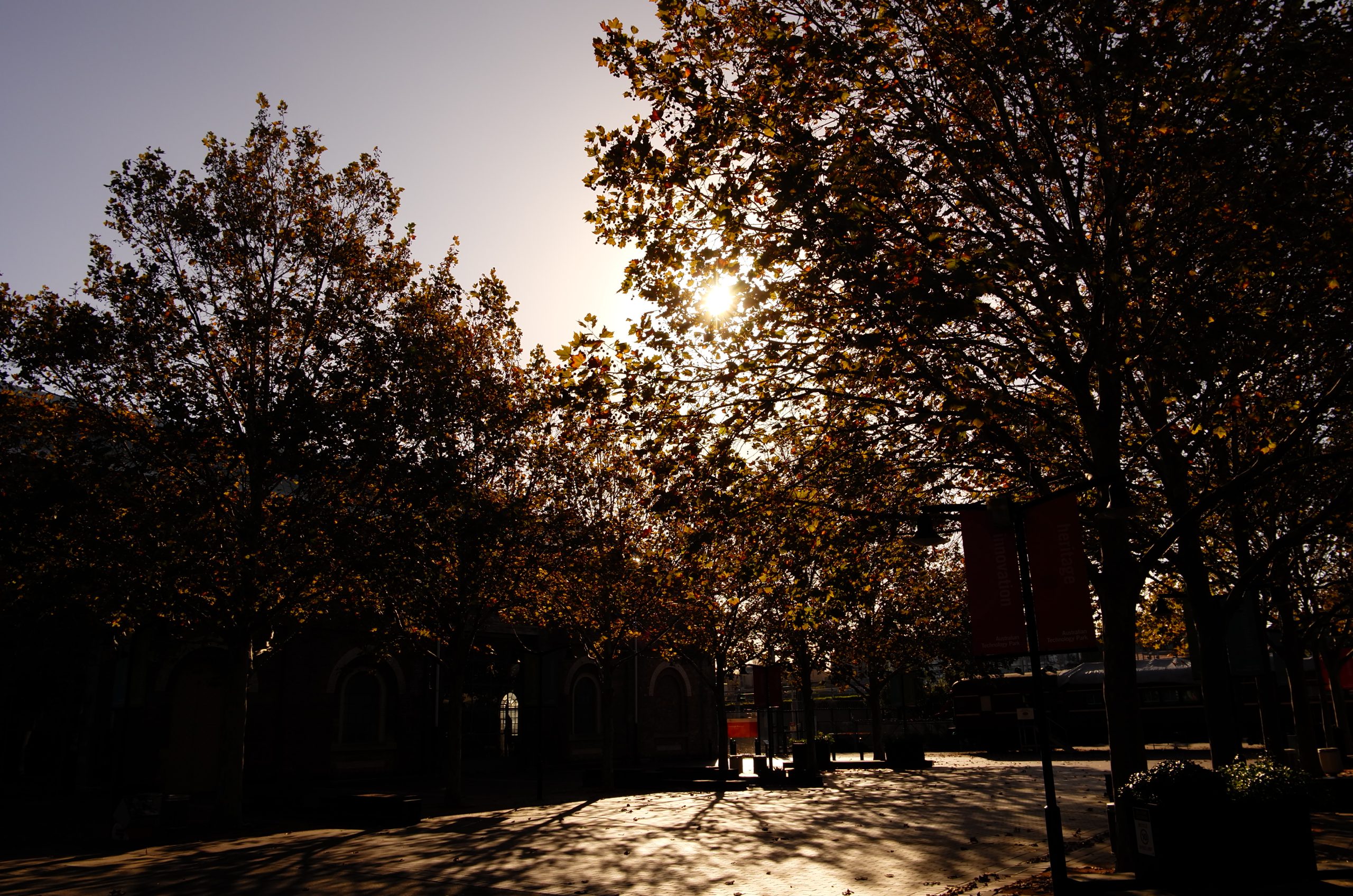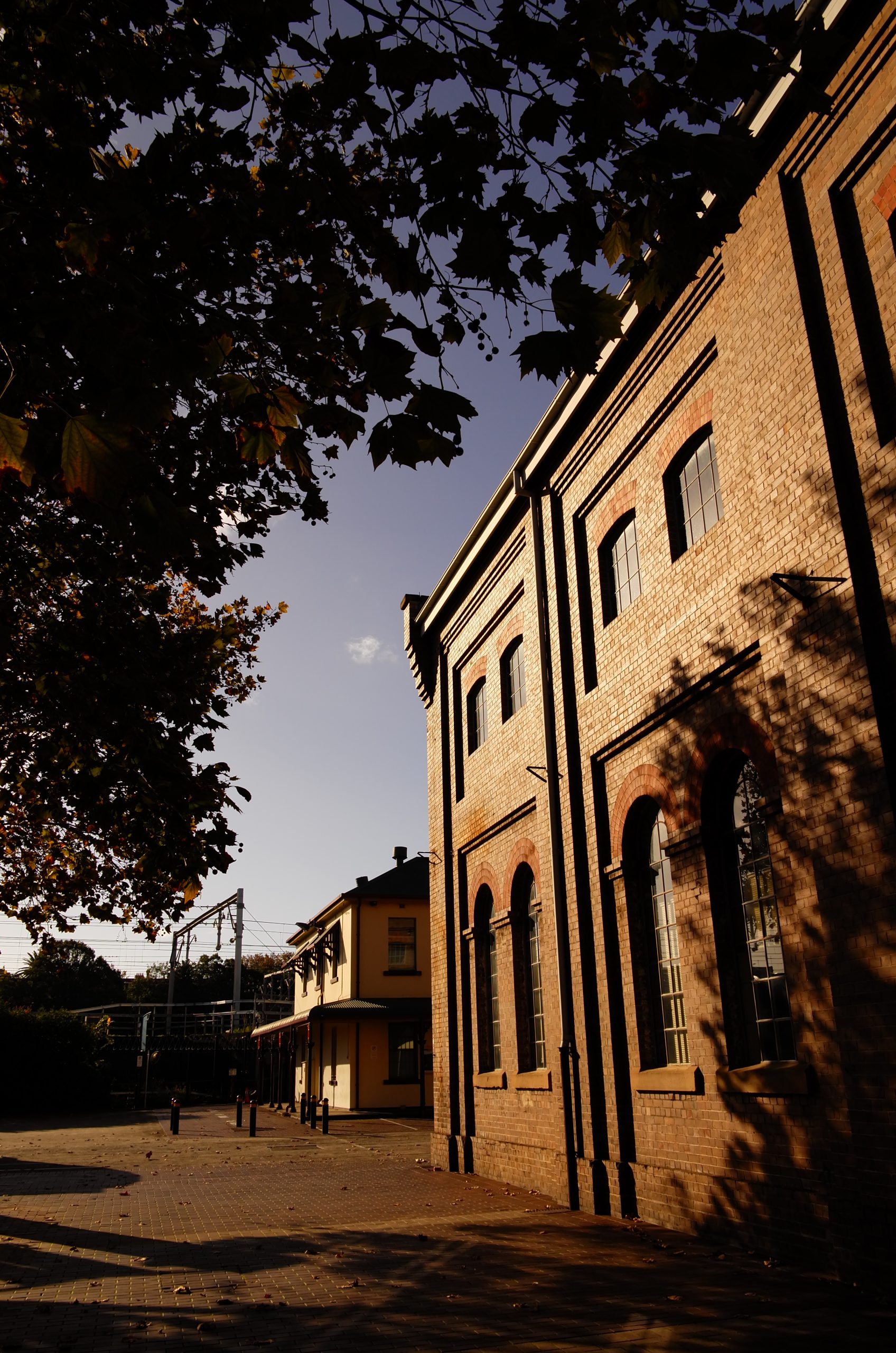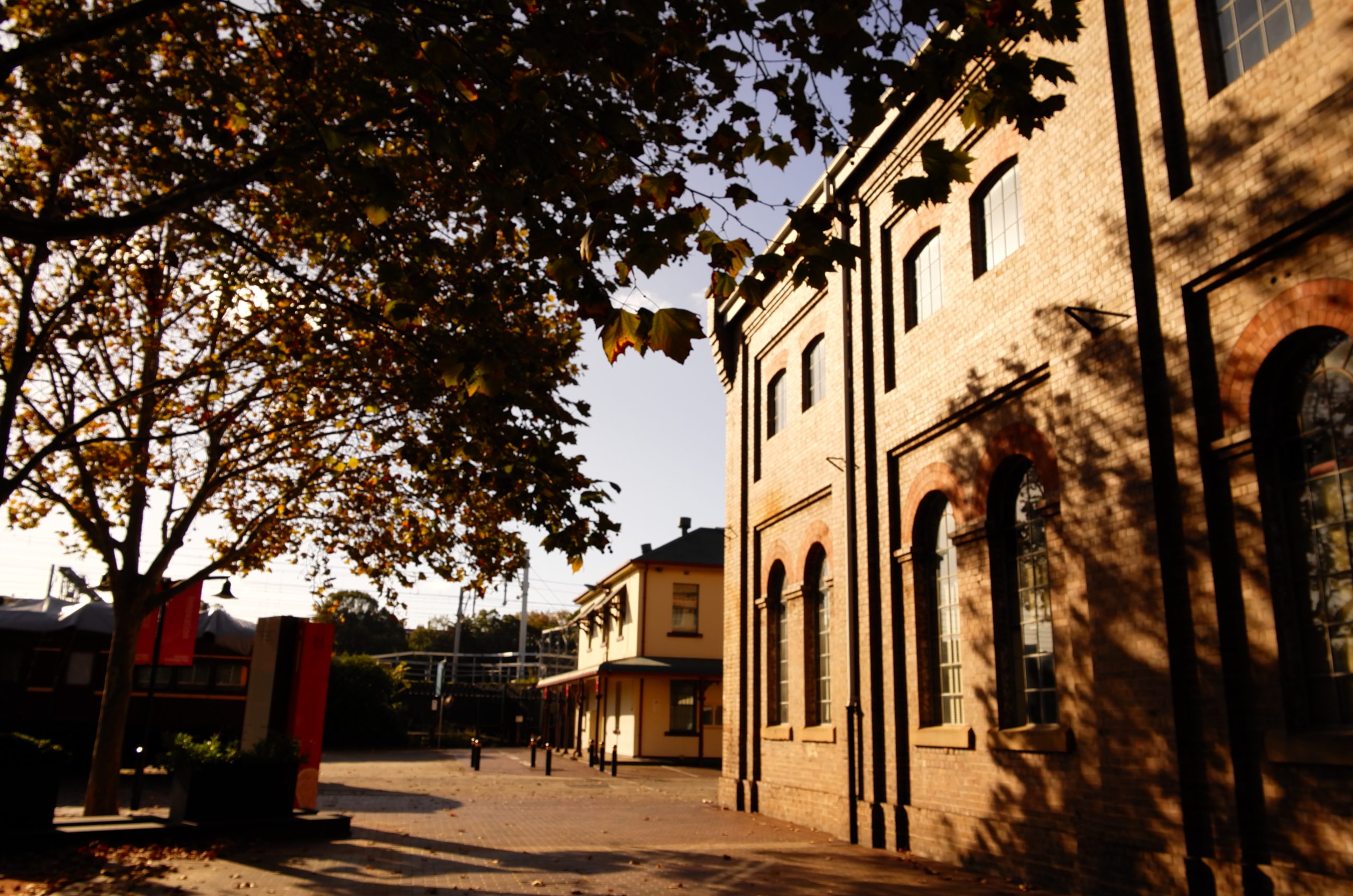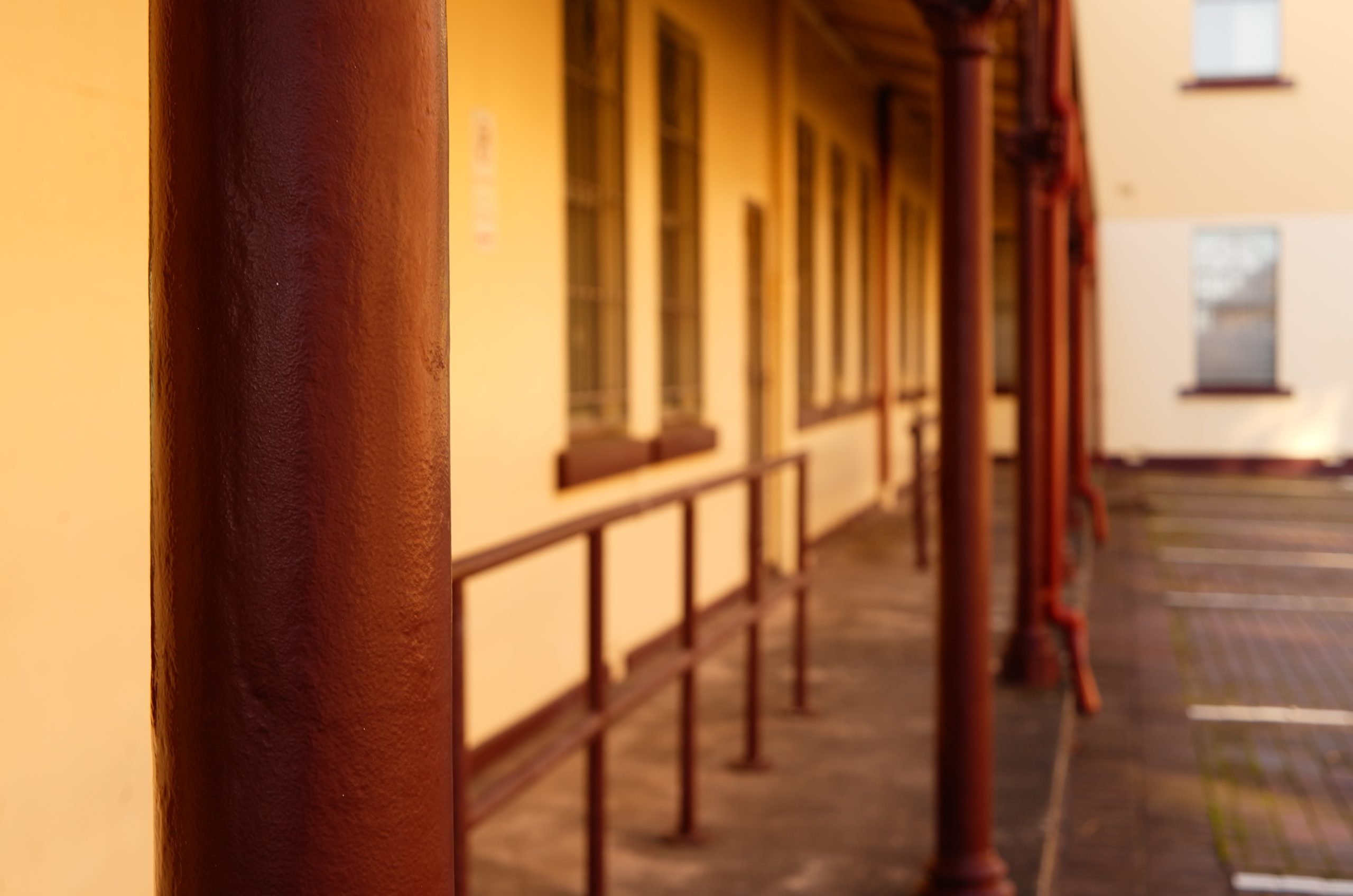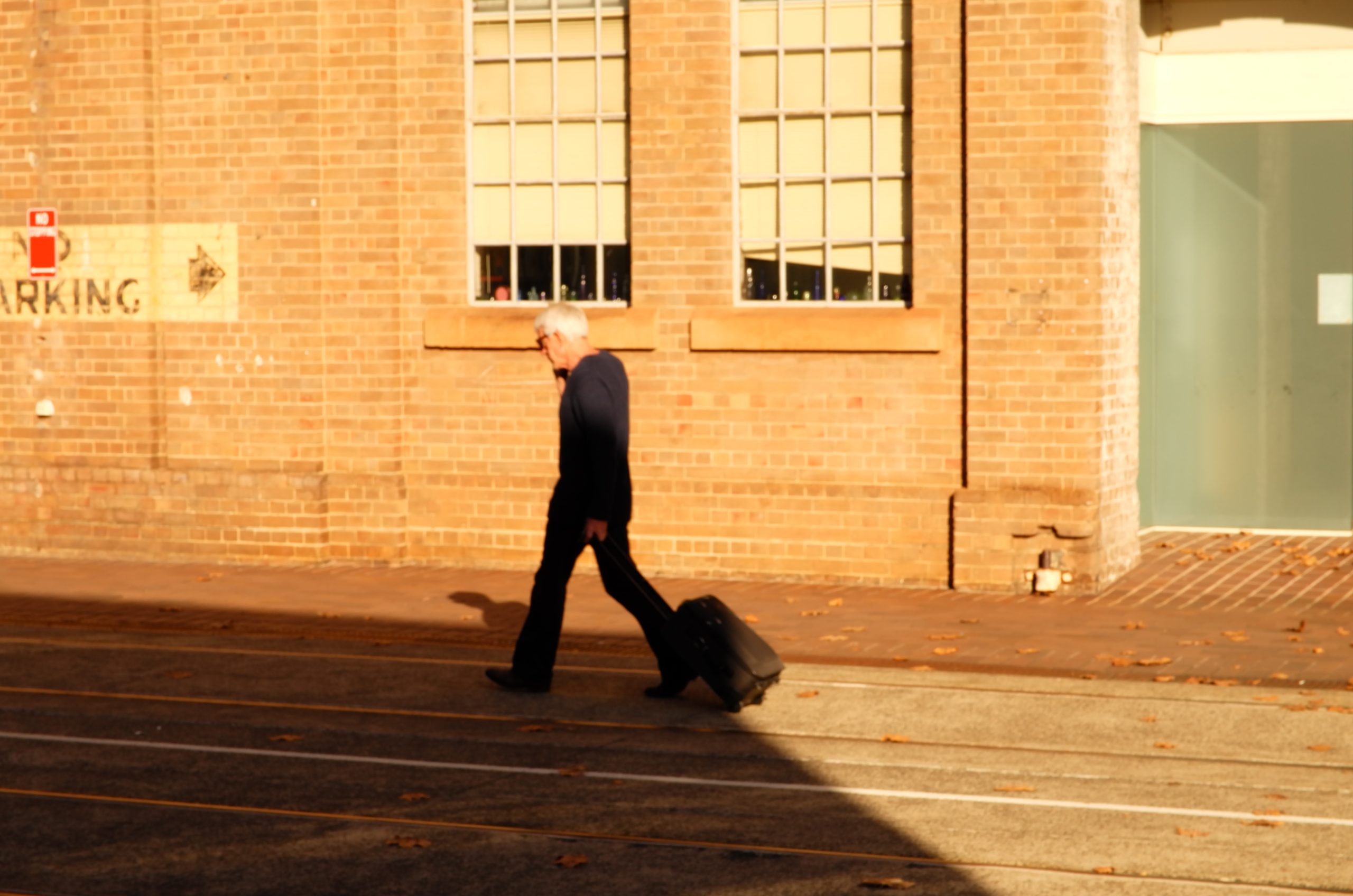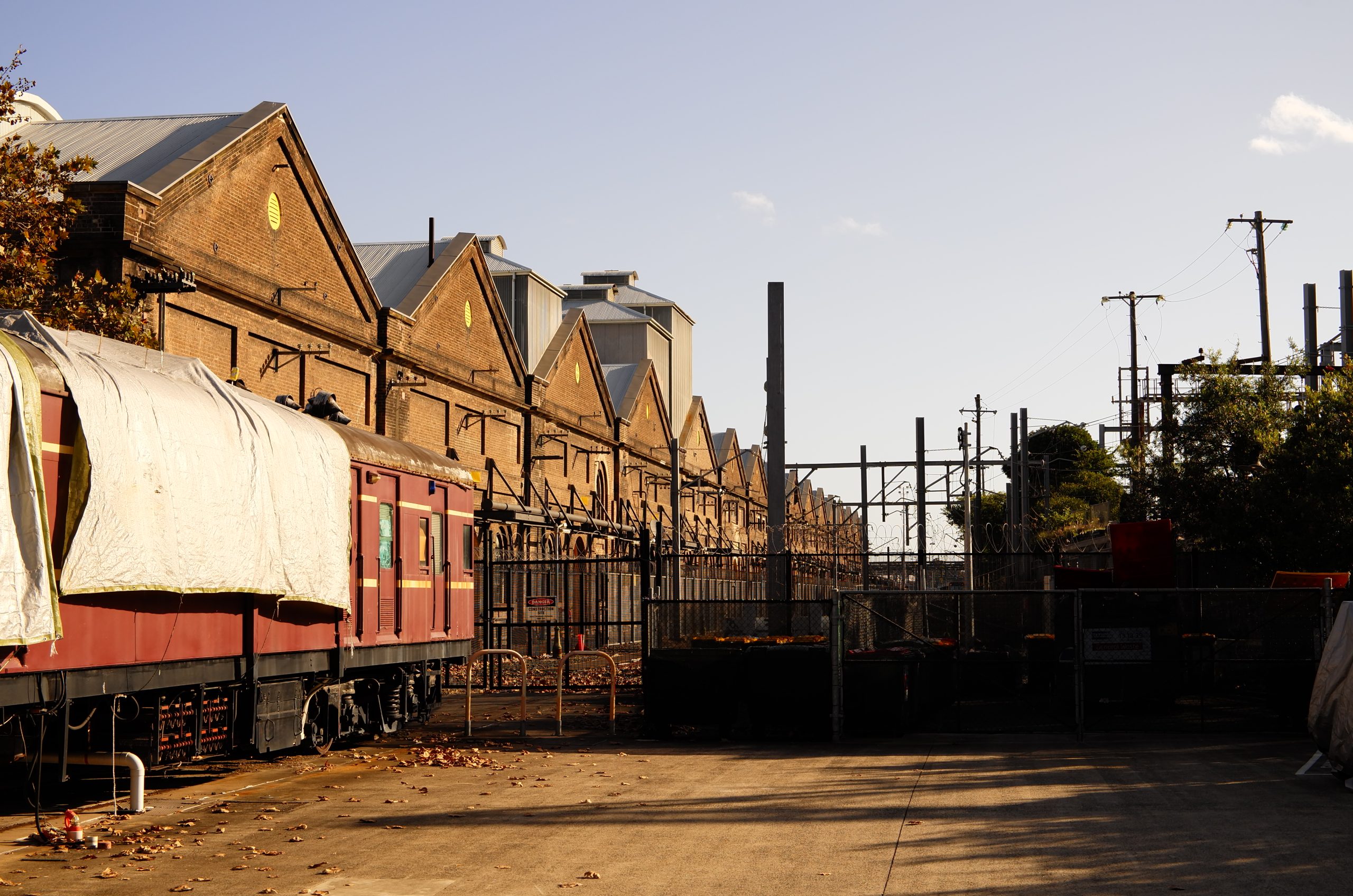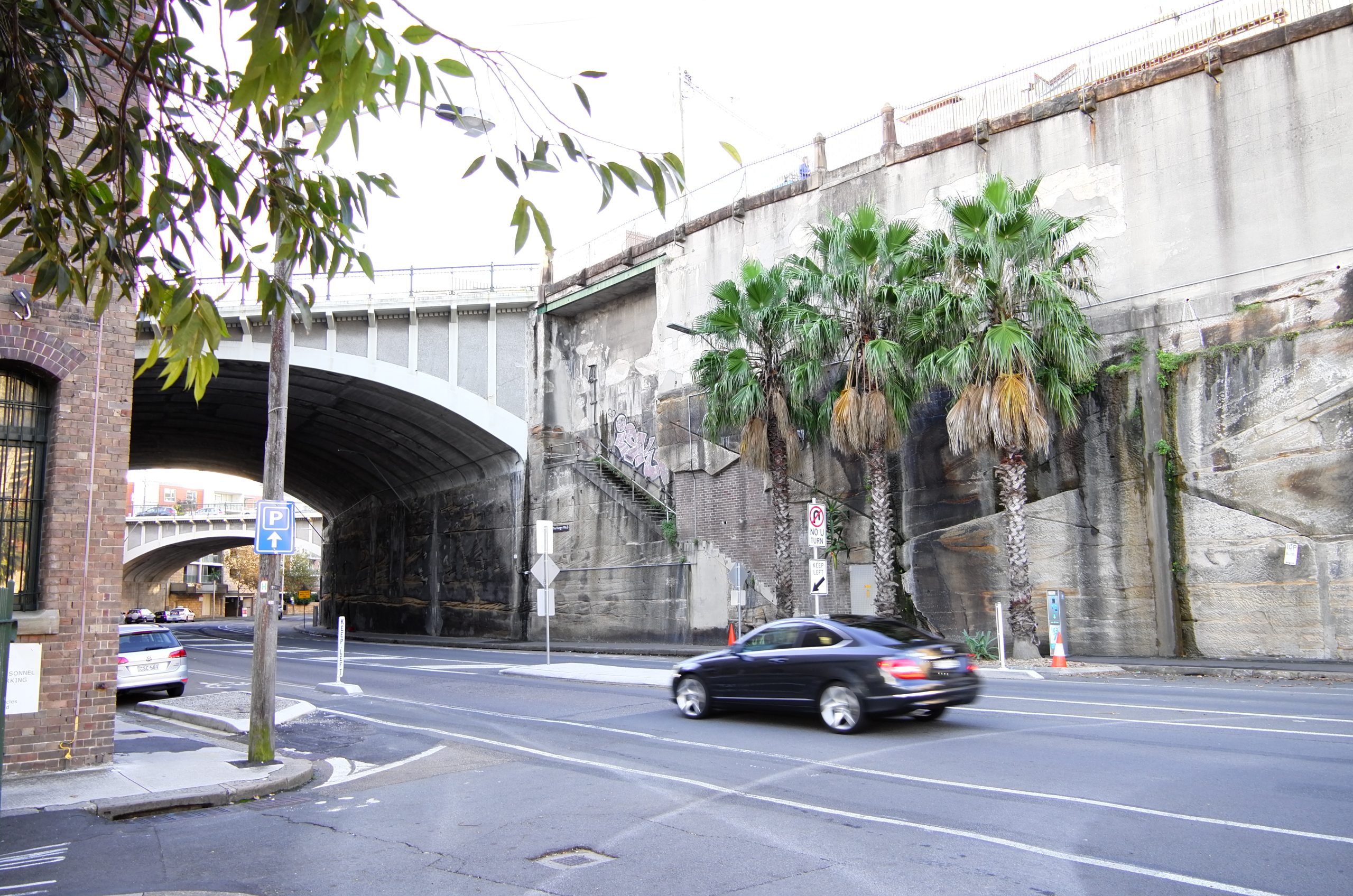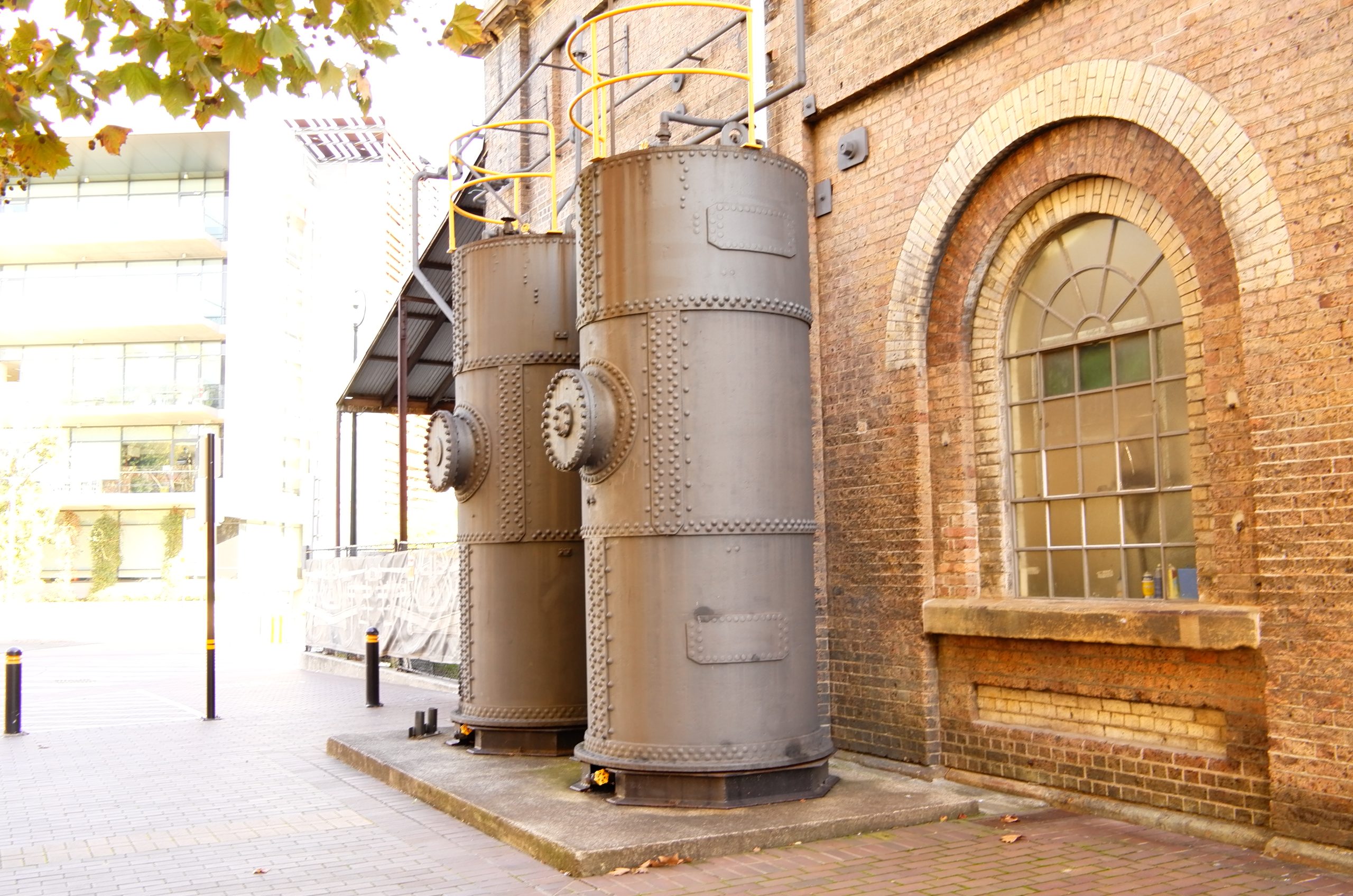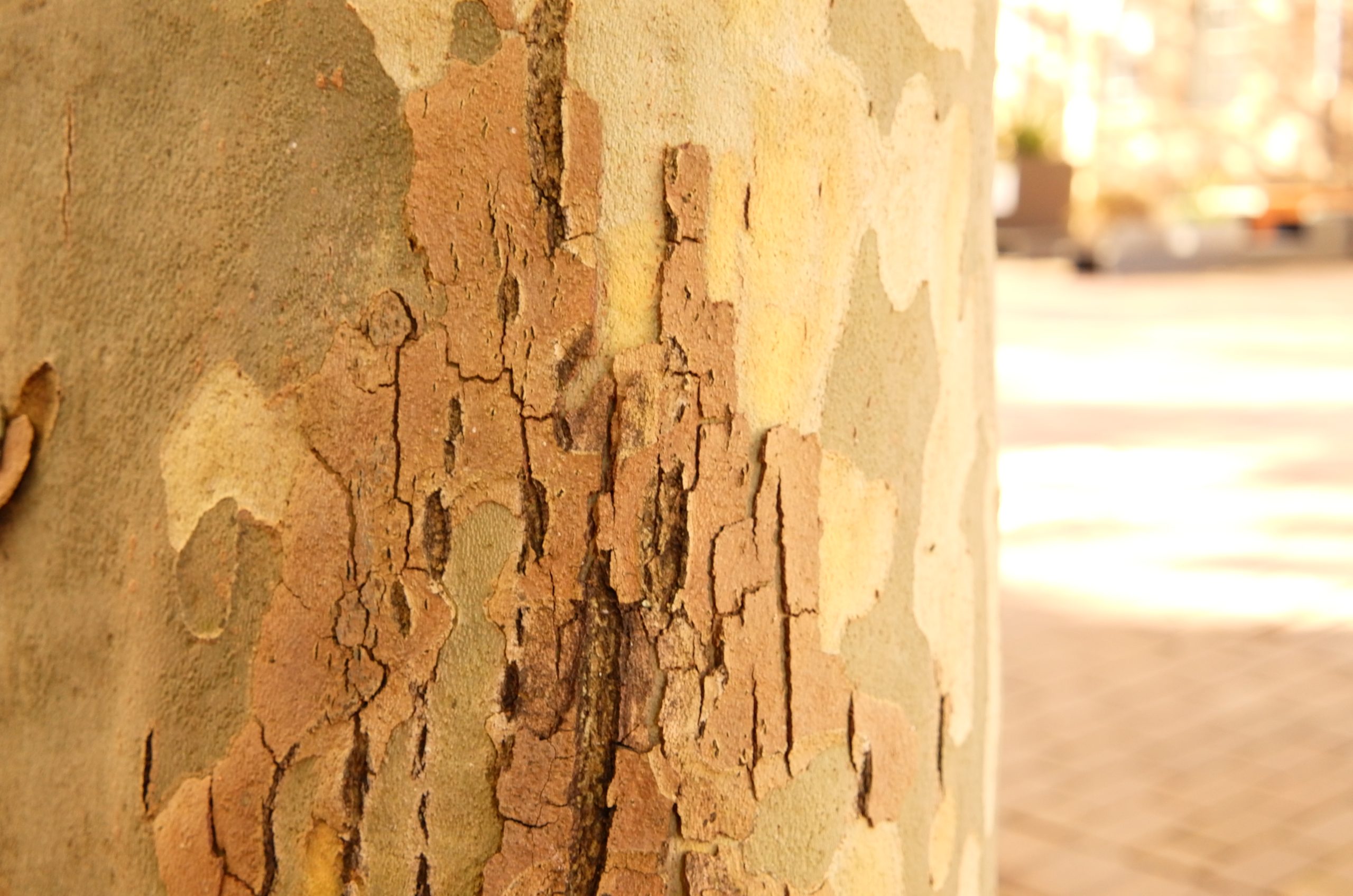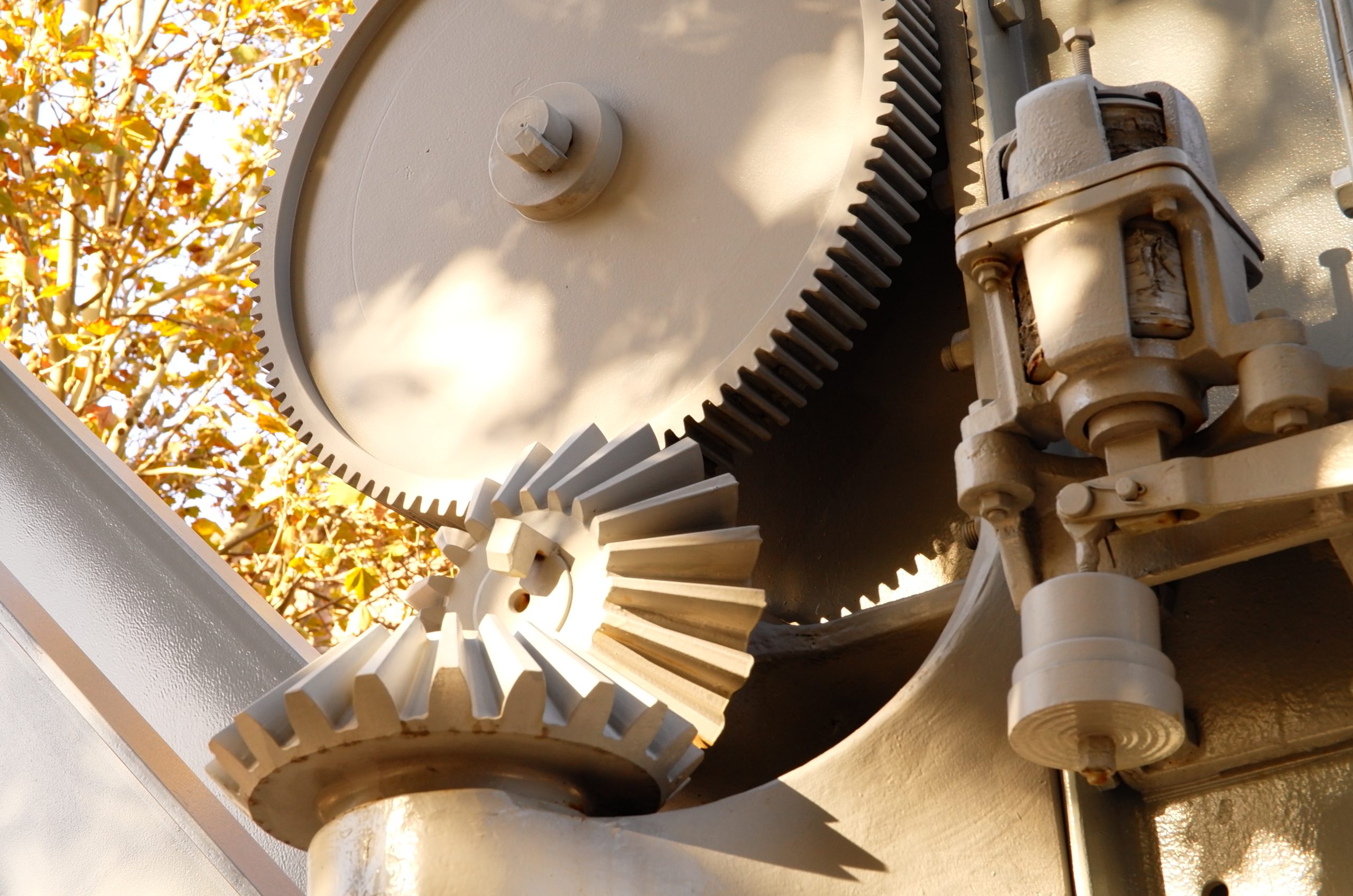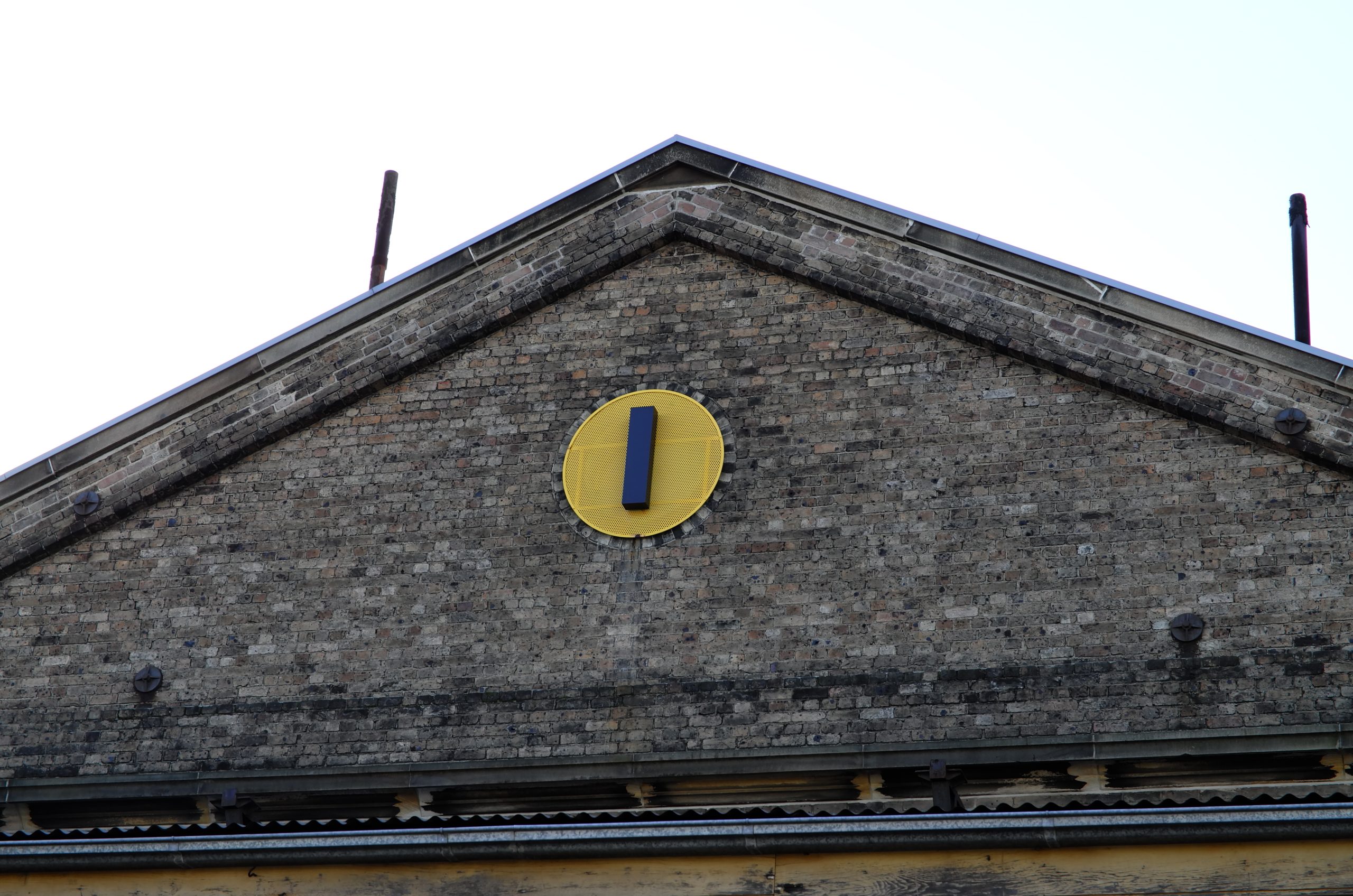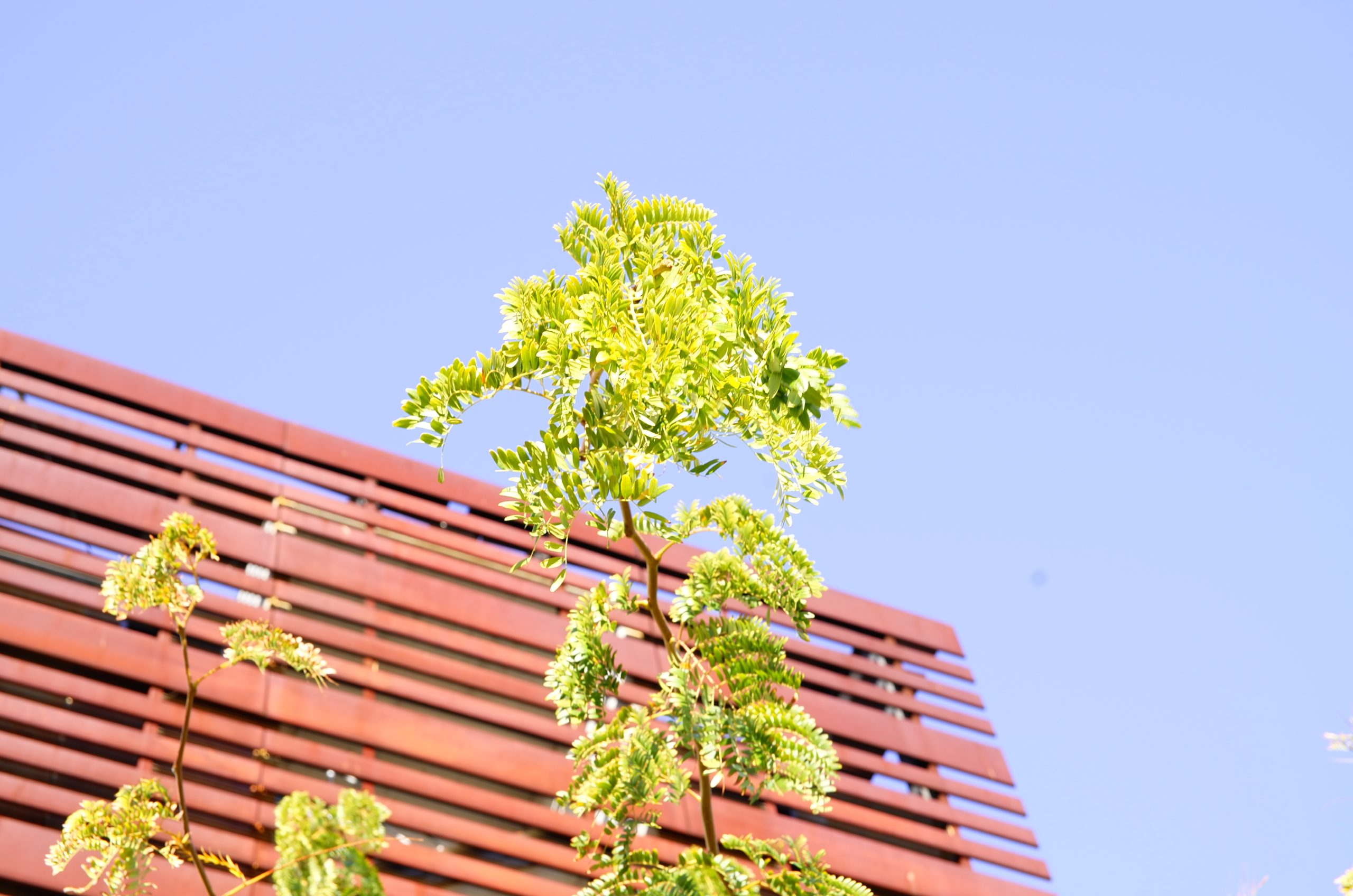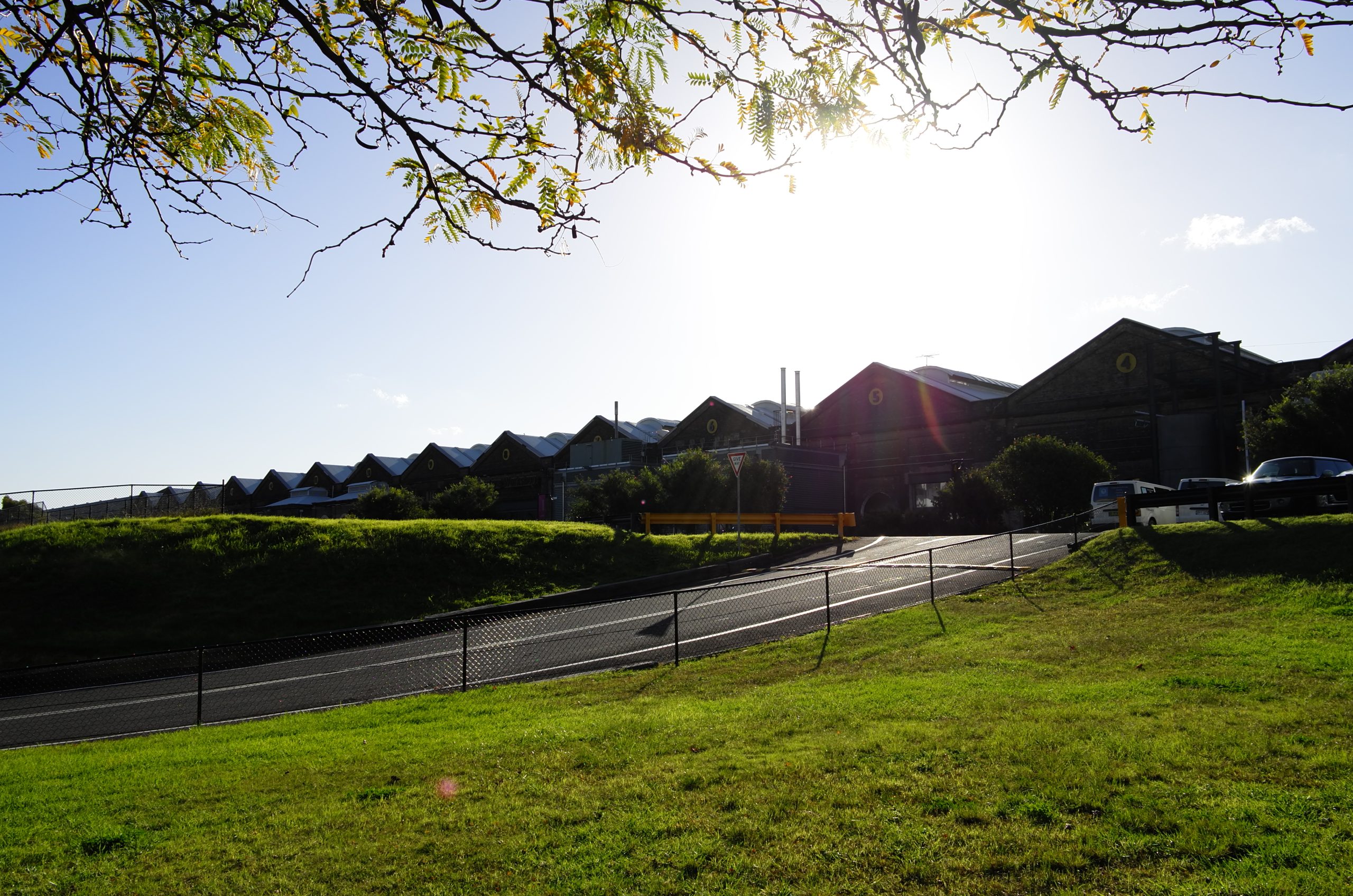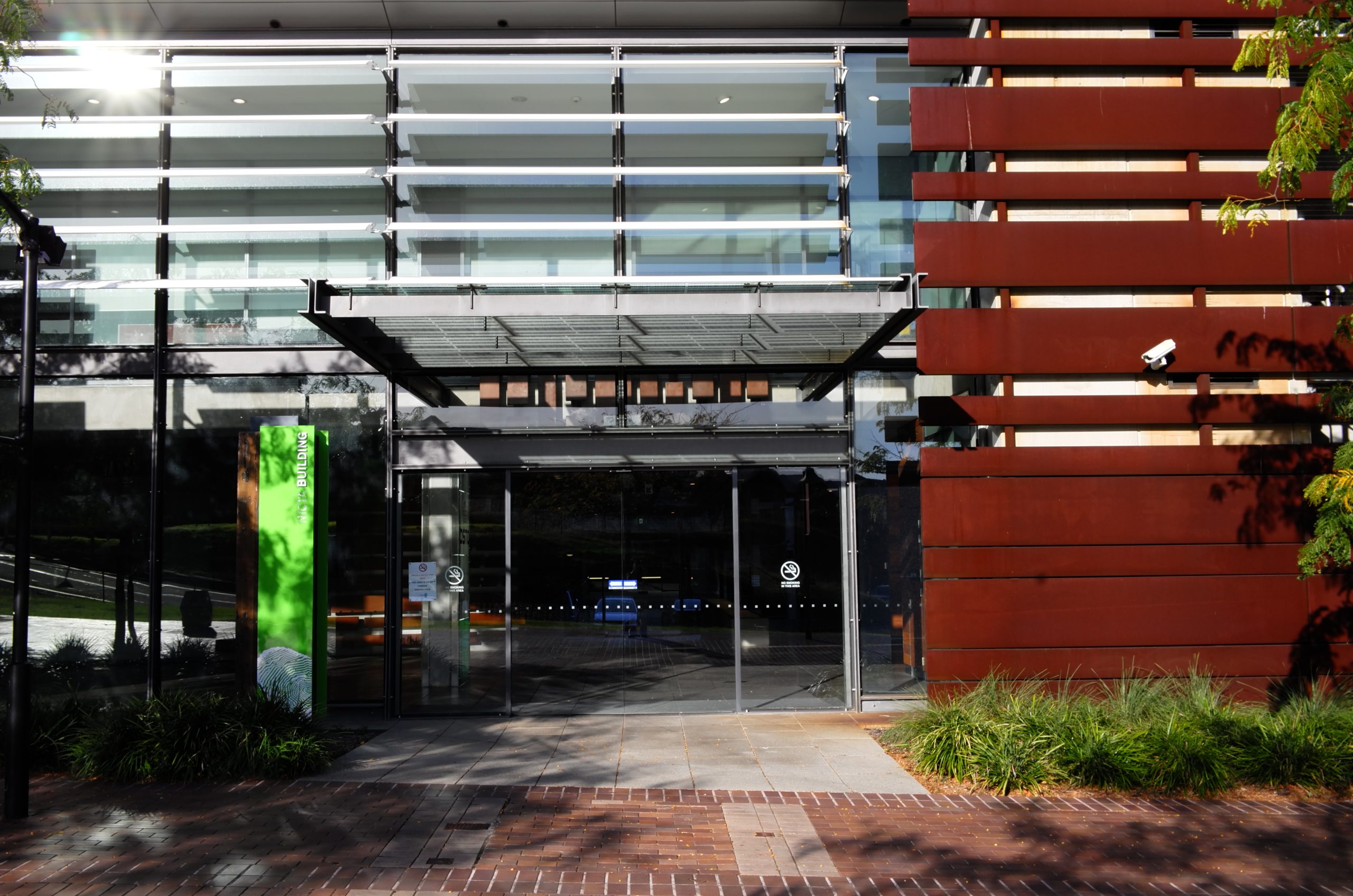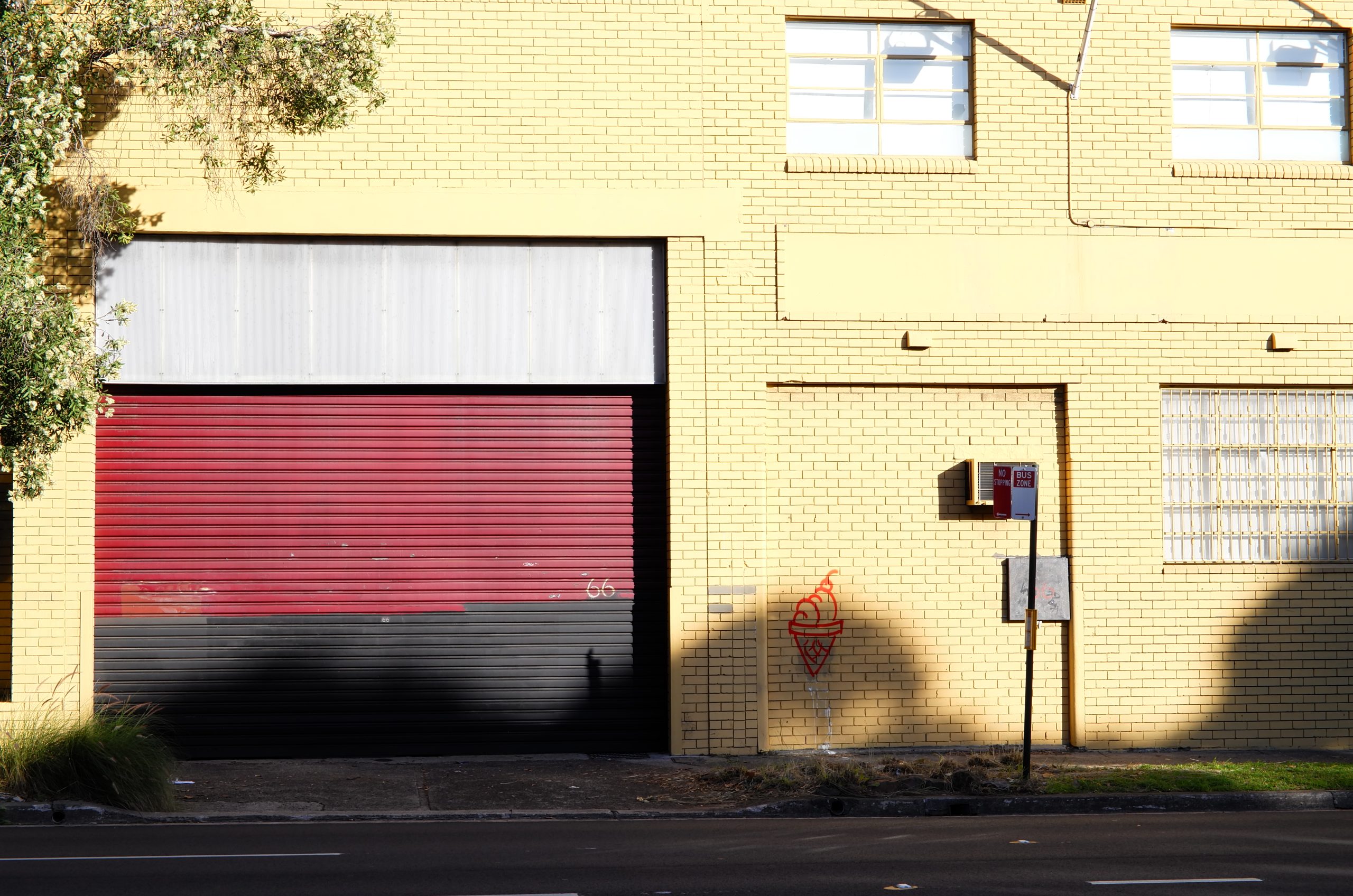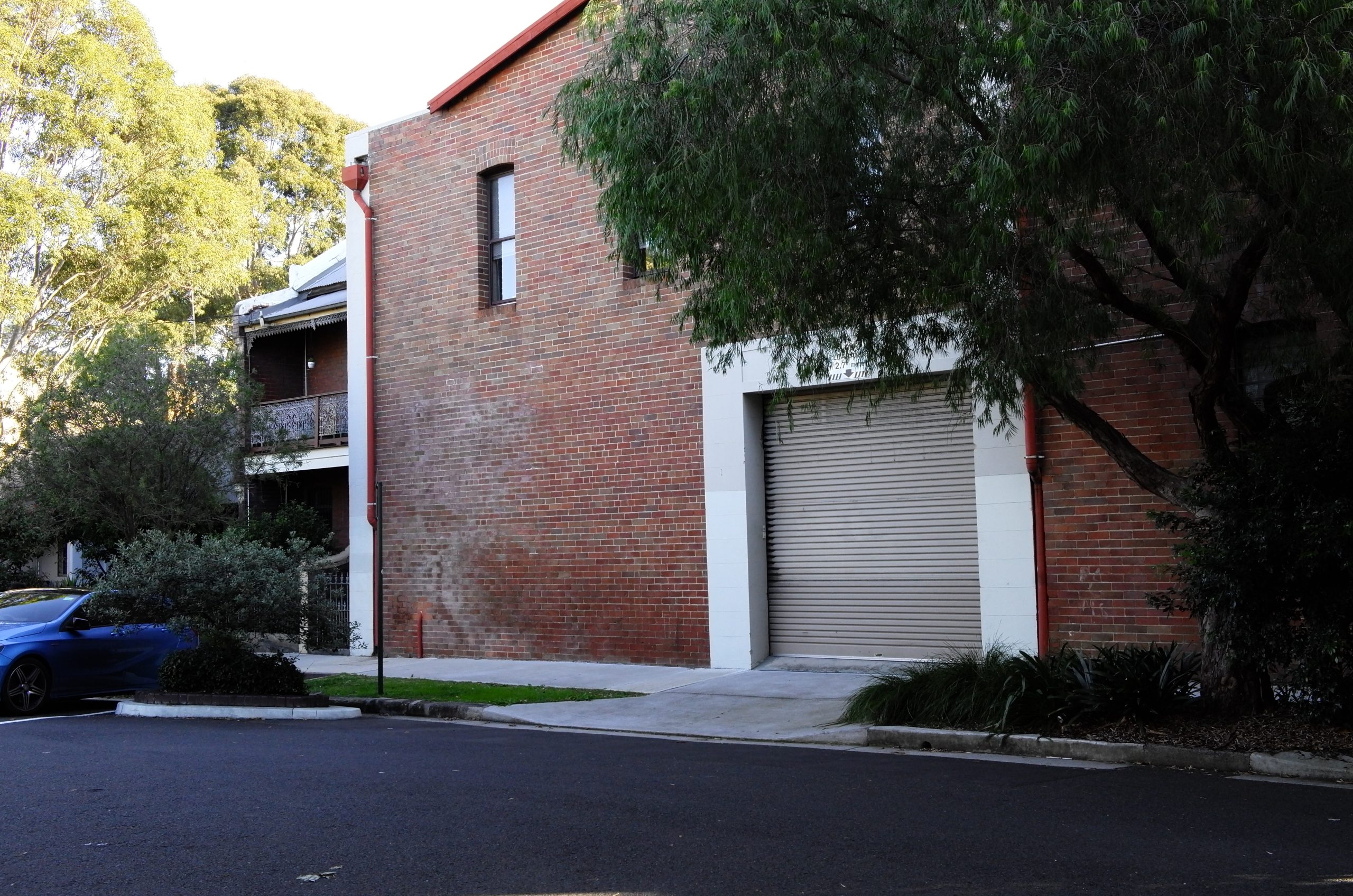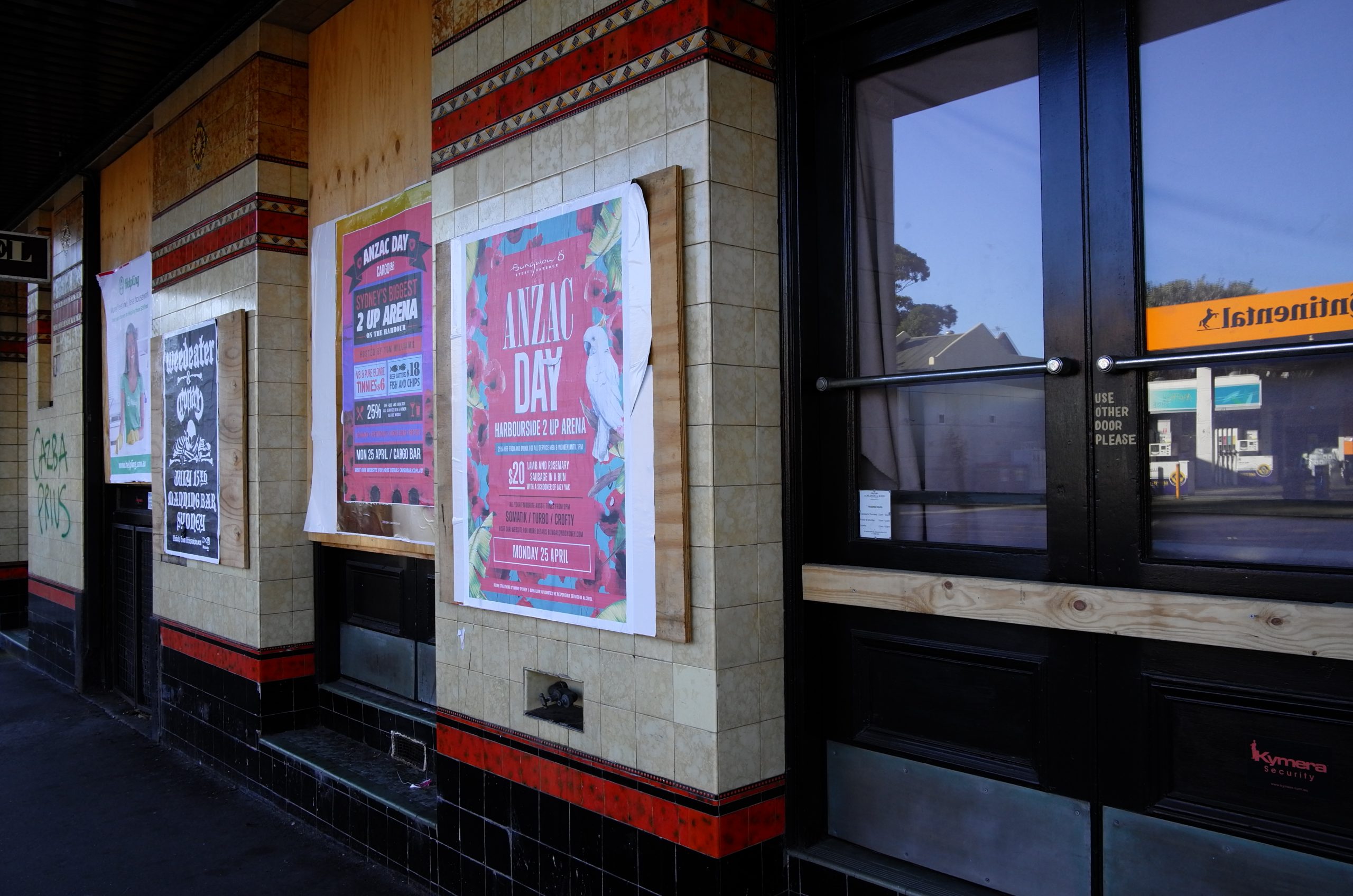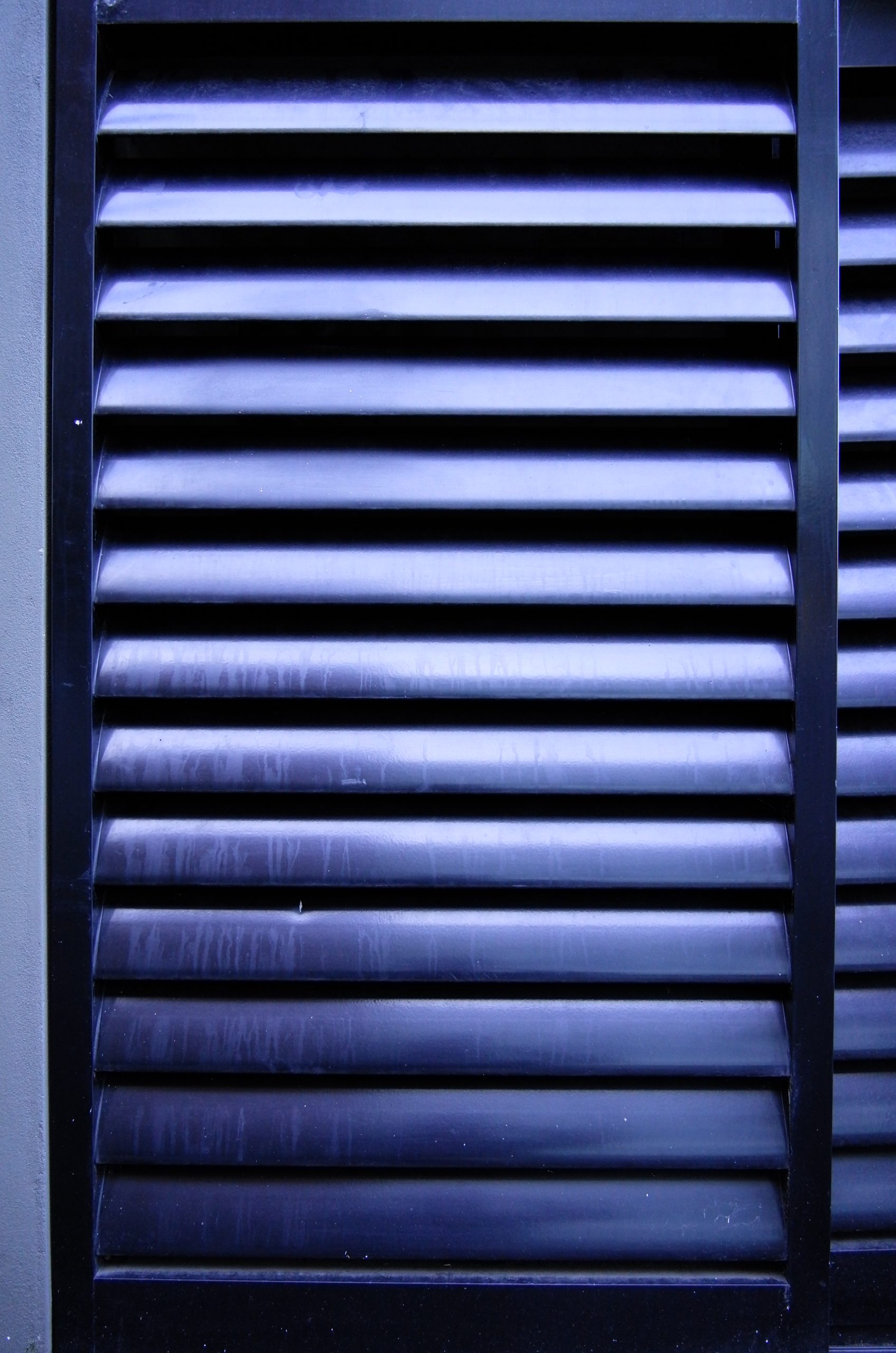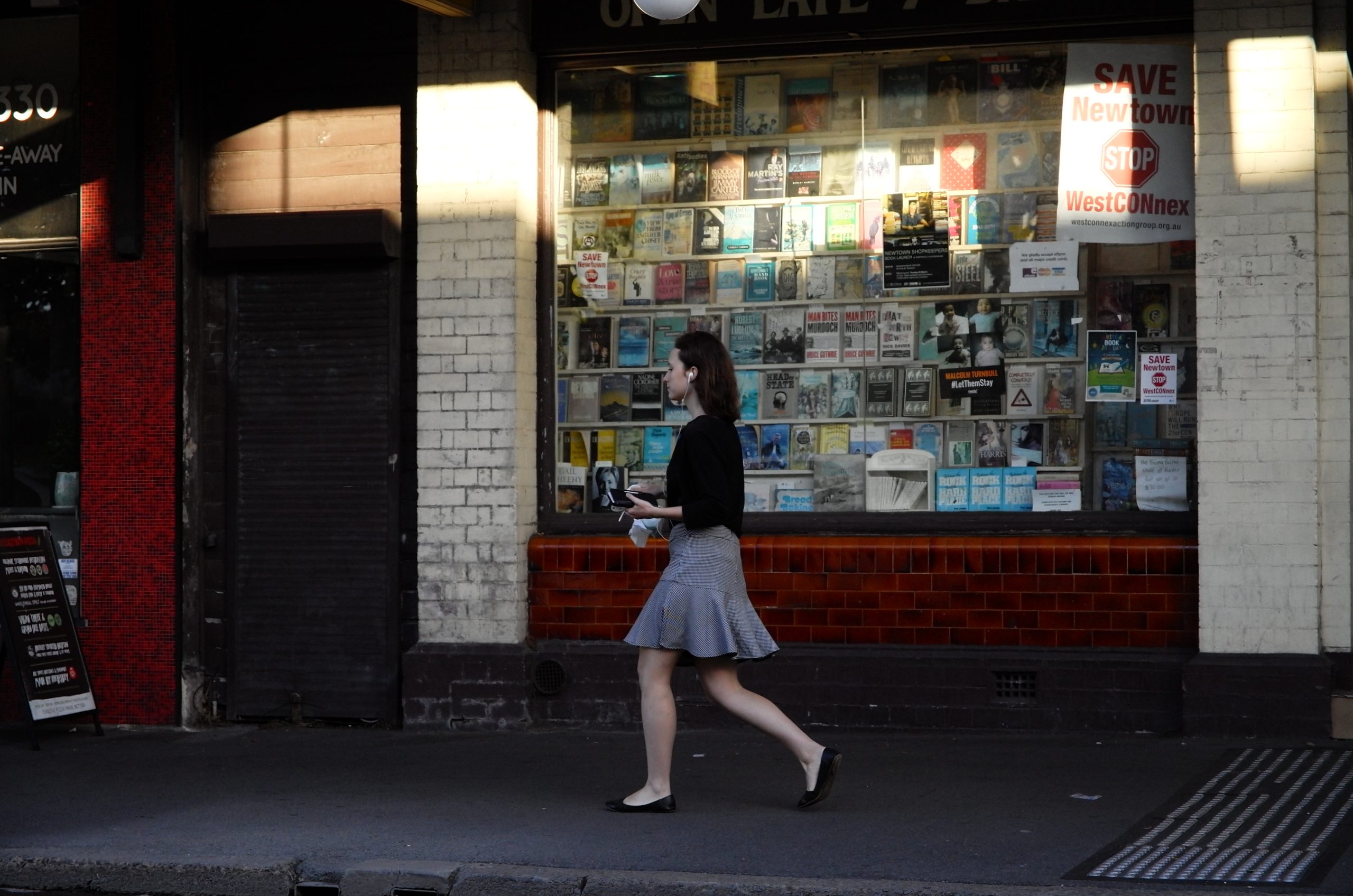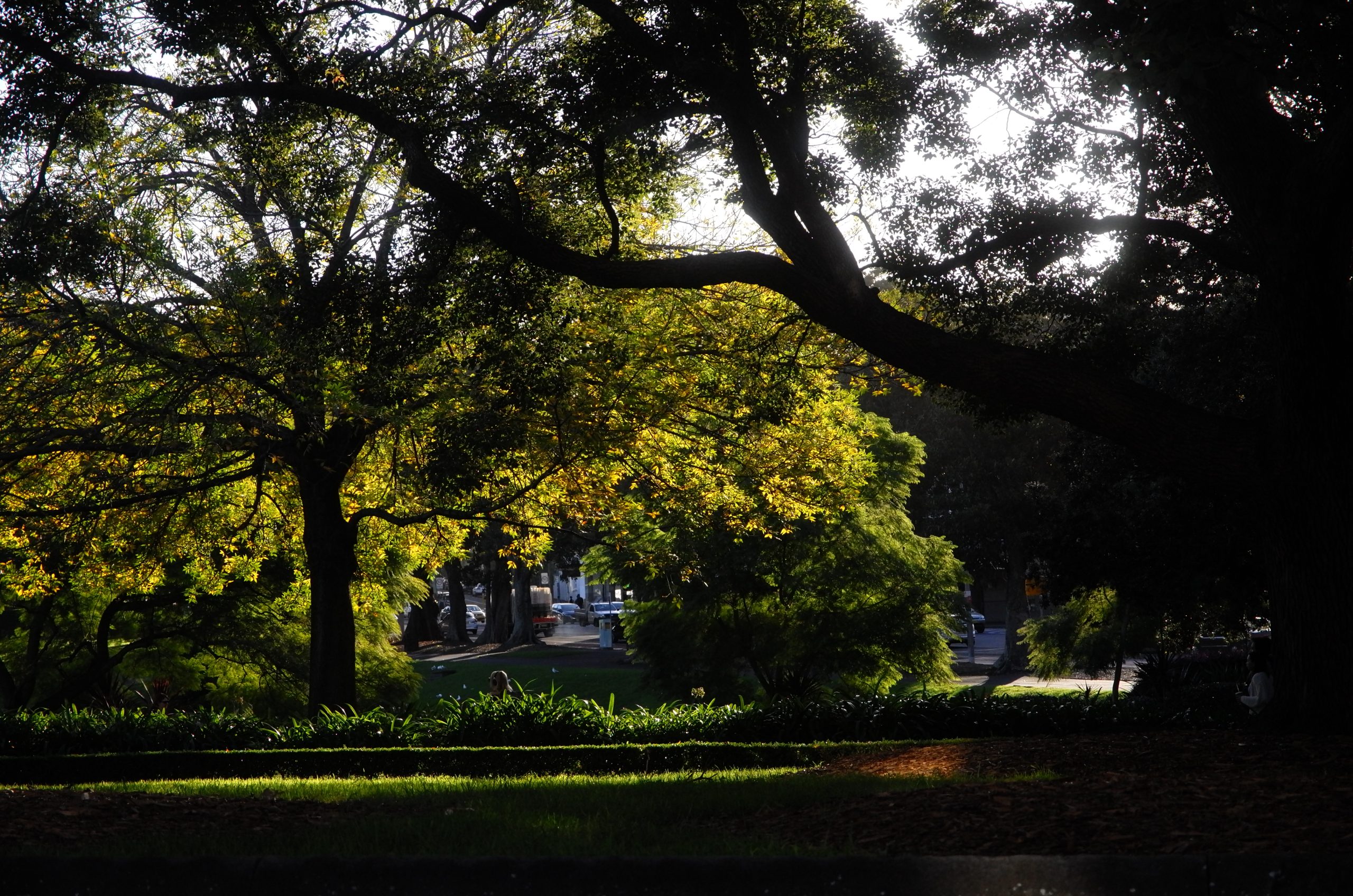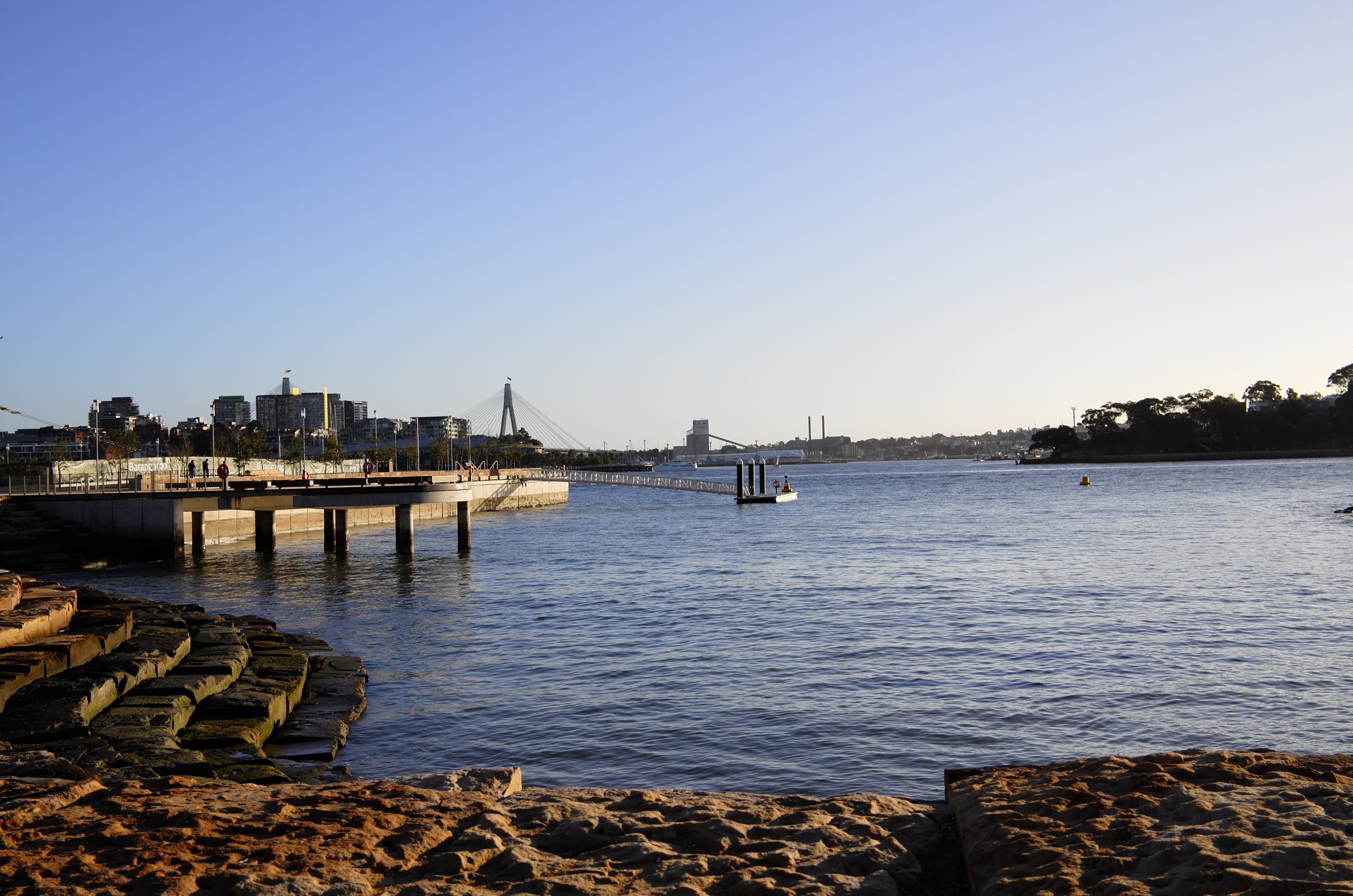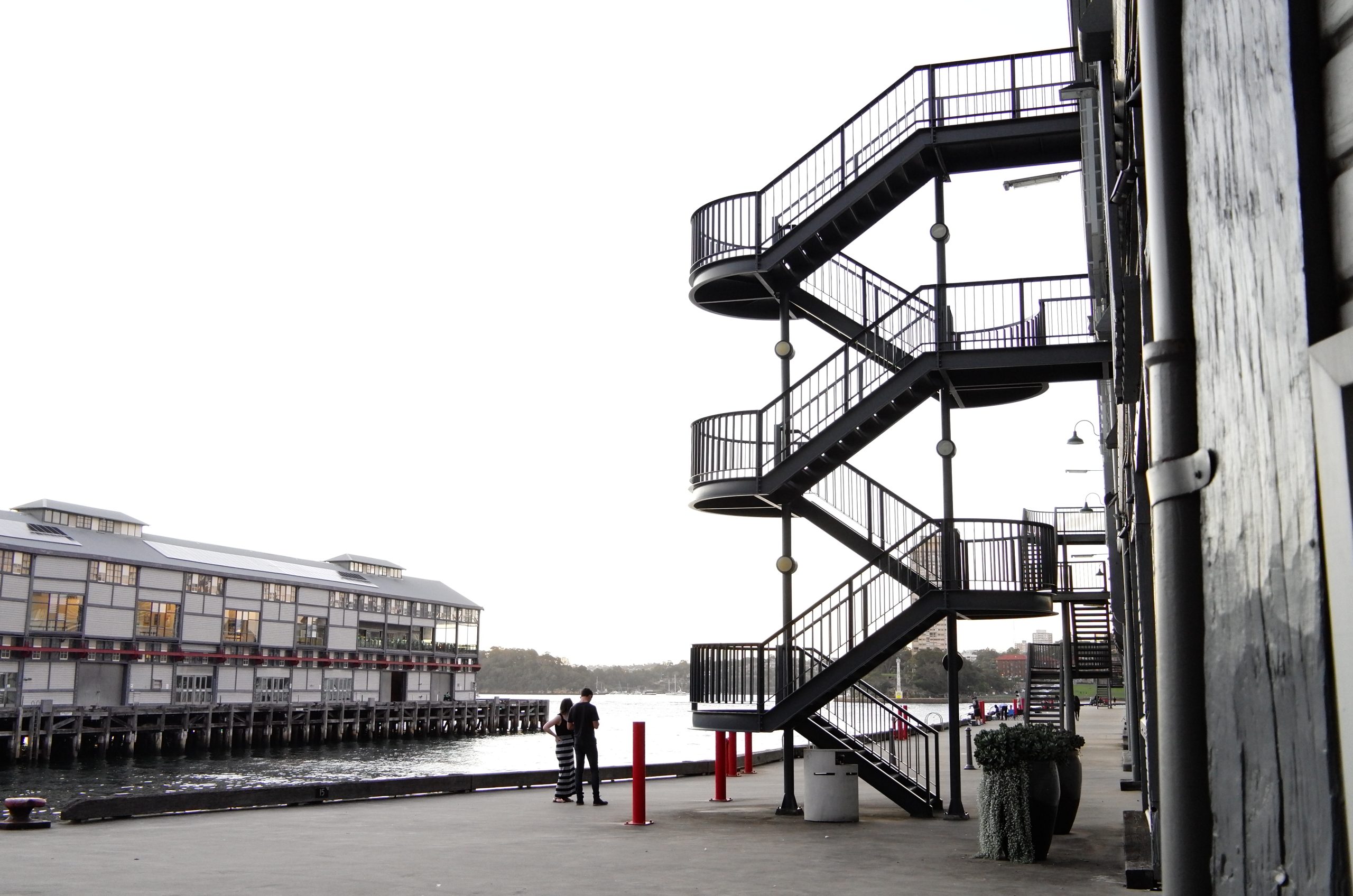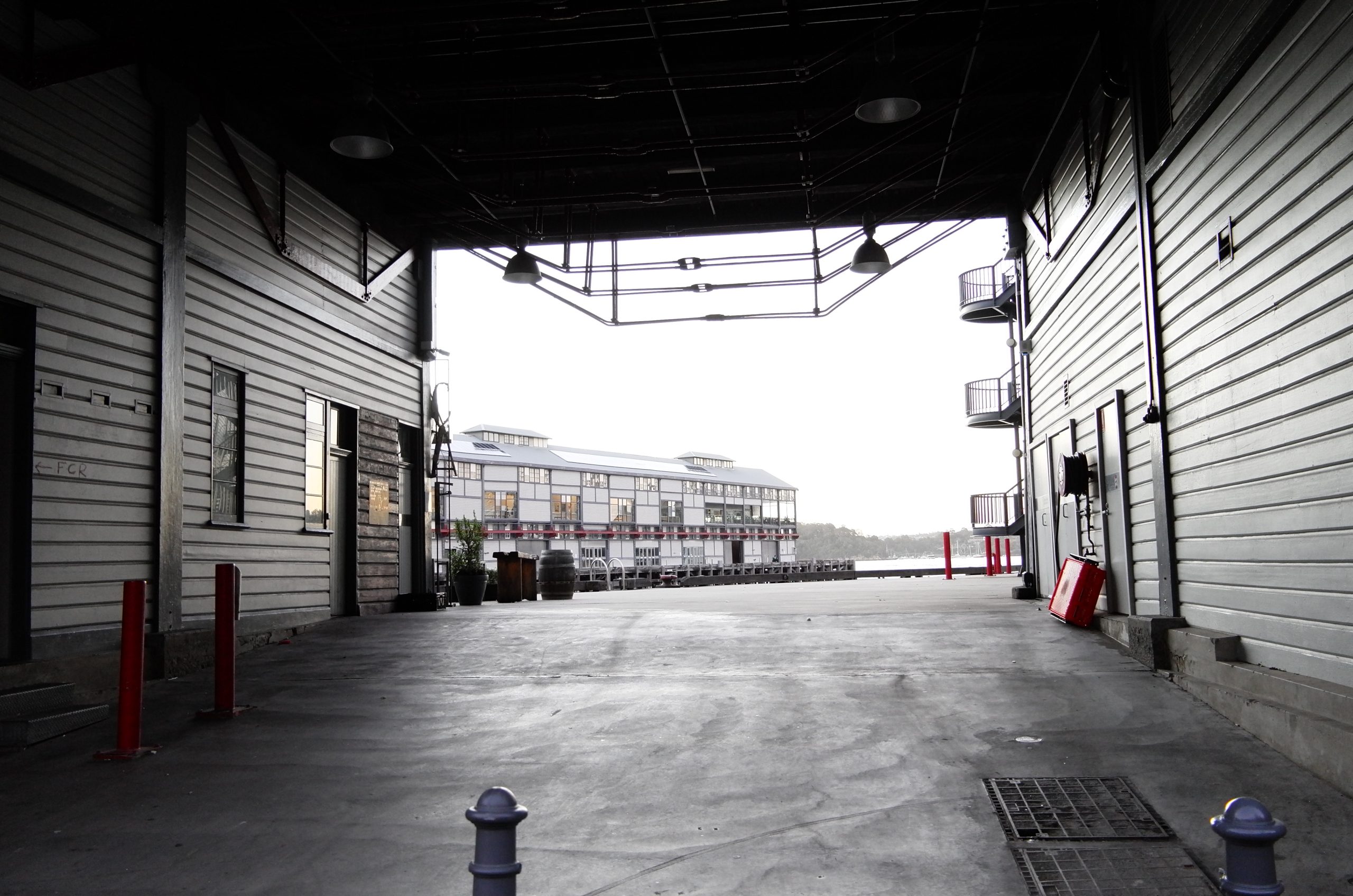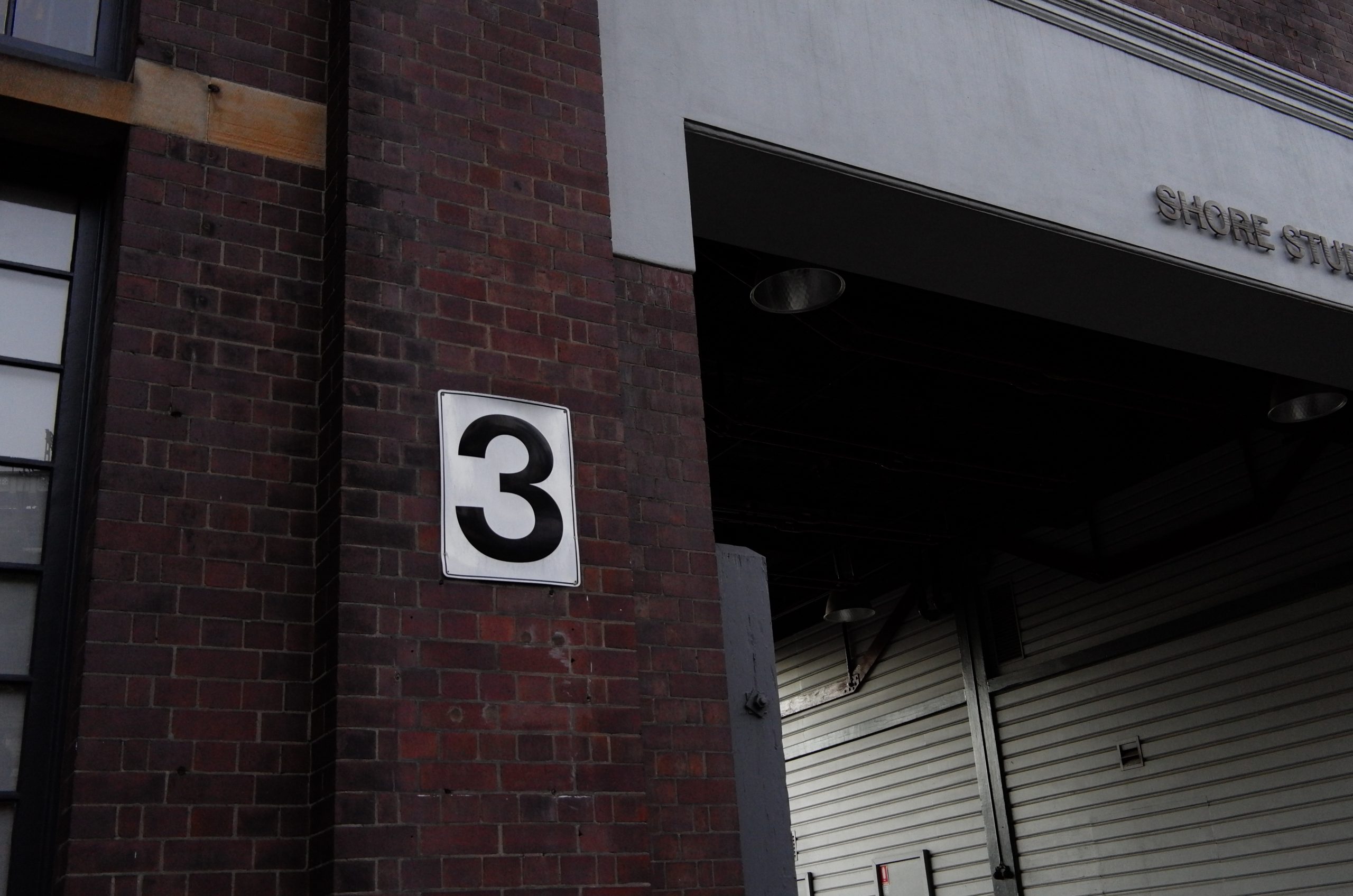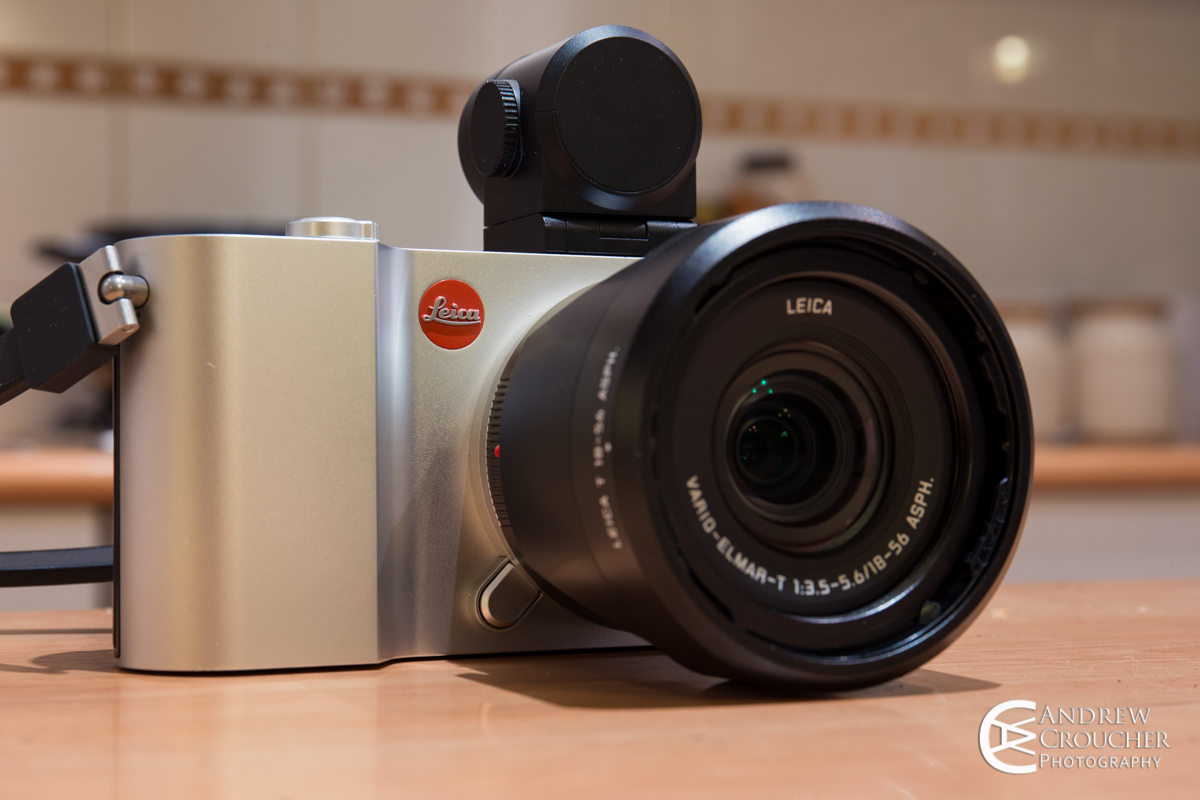
Leica Australia gave me the the opportunity to test-drive and review the Leica T (TYP 701) and a couple T-lenses over a period of 2 months, it was my first proper experience with a Leica camera, and having read about played with these prestigious cameras on display in my local camera shop, I was excited to finally see how this luxury boutique camera fares against my much cheaper DSLR canon gear.
Let’s take a look at the components.
The unibody
Audi Design collaborated with Leica to create a highly aesthetic machined (and hand polished) aluminum uni-body that is lightweight, compact and easy to handle. Like all Leica products, the highest level of precision engineering and expert craftsmanship is involved in their creation. The minimalist design also mean’t that only the essential buttons are used to operate it, there are no physical buttons on the back of camera, allowing you to focus on composing the shot with the extra-large 3.7″ high resolution live view.
I enjoyed looking for fun and creative angles with this screen, it accurately represented what was captured on the DNG or JPG image file. The colours and contrast are rich and sharp with a creamy smooth, wide tonal quality that Leica are known for.
The top two dials on the backside are well placed, my thumb can easily reach and rotate them, clicking the settings into place to control the shutter speed and aperture, or ISO and aperture, or exposure compensation depending on the program setting you have it on.
Switching from the camera’s automatic controls to manual mode is easy, along the right side of the touch-screen are tabs which allows quick access to your programmed settings; a “MyCamera” custom menu tab with all your favourite settings to suit your photographic needs; or a full manual control tab with all the settings available. To review your images, you treat it like a smart phone and simply swipe your finger upwards from the bottom the screen, and swipe again left or right to flick through the images, pinch and expand with two fingers to zoom in and out.
The interface isn’t hard to figure out, especially if you are an enthusiast, it’s really intuitive to use and by getting familiar with the menu and trying different settings you will learn where the functions are and what each button or setting does. All of the settings you need are there in front of you, a quick glance away.
The hand grip feels ergonomic and the anodized aluminium is silky smooth to the touch. However the camera can get slippery when hands are sweaty or on a hot, humid day, but I found that with the neck strap, I rarely held onto the camera for longer than 5 mins at a time so this doesn’t bother me. A soft case is recommended if you want a better grip.
While walking around with the camera, the strap works like a rubber band to flex and absorb the swings and jolts of the camera, it felt extremely light when hanging off the neck. A camera I could comfortably carry around all day. When the strap is slung over the shoulder or across the chest, it is just as comfortable to carry and the kit doesn’t get in your way like a similar DSLR setup does. An interesting new design is the lug system to plug in the neck or wrist strap.
The T-system has matured since its release 2 years ago, along with a couple more useful lenses and accessories, we saw regular firmware updates that have improved the original cameras capabilities so much, it’s literally a new camera!
The improvement updates to mentions include and improved camera startup time (less than 0.75 seconds, it feels like the camera is never off, hibernating until the moment it is needed), autofocus speed is almost twice as fast, EVF cut-over speed (less blackout time when switching between screen and EVF, and also after taking the photo) and overall improved handling with the touch-screen and independent WIFI hotspot and direct image transfer.
Lenses
The German designers and engineers of the famous M lenses also created the T lenses, this time, making them in Japan due to the comparative advantage of superior electronics and cost efficiency the Japanese have. Especially when it comes to integrating a fast and silent auto-focus mechanism technology, while keeping in line with their company ethos, built solid, stylish, compact and durability that will last the ages.
The T system is the first in Leica’s camera range to introduce auto-focus and zoom lenses, although Leica invented the auto-focus technology in the 70’s, these innovations didn’t align strategically with their core philosophy. Leica customers traditionally wanted to have a visceral and engaging photographic experience, totally controlled by the photographer/storyteller. unifying human and machine compact manual controlled cameras so they ended up selling the patents to Minolta shortly after. It’s great that Leica have recognised there is a market for this and released a user-friendly camera that anyone can use and appreciate the art of photography, without knowing all the technicalities.
Leica makes a small but growing range of versatile zoom lenses for the T system like the Vario-elmar-T 18-56mm f3.5-5.6; SUPER-VARIO-ELMAR 11-23mm f3.5-45; APO-VARIO-ELMAR-T 55-135mm f3.5-4.5; and a couple of primes (fixed focus lens) like the Summicron-T 23mm f2.0; the newer Summilux-TL 35mm f1.4; and APO-MACRO-ELMARIT-TL 60mm f2.8 (due for late 2016 release).
They are all top quality aspherical lenses that render contrast and colours naturally and beautifully while producing very sharp detail. Some software based lens corrections are added to the image file to take care of minor lens distortions and chromatic aberrations. The corrections also conveniently remain applied when working on the images on Adobe Lightroom and Photoshop. These lenses are manufactured to out-resolve the current 16 megapixel sensor and will look even better on future sensors (if Leica ever brings out a T2). The camera’s lack of an anti-aliasing filter also makes the optical quality sharper and truer to life. Additionally, the T/TL-lenses work on the Full frame mirrorless Leica SL camera, albeit in ‘cropped’-sensor mode, I’d imagine the SL getting even nicer shots than the T but it is almost 6 times the cost just for the body!
In very rare conditions, I have seen some red chromatic aberrations in the 18-56mm when shooting into the light, especially a the widest end of the focal range, however these are easily fixed with photo-editing software, like Adobe Lightroom.
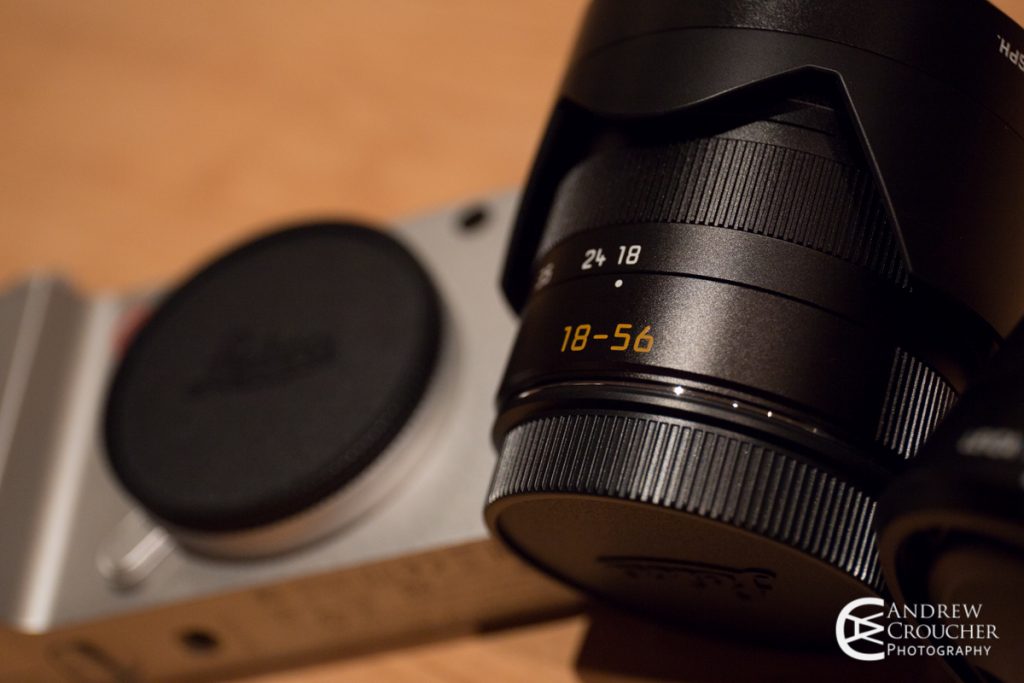
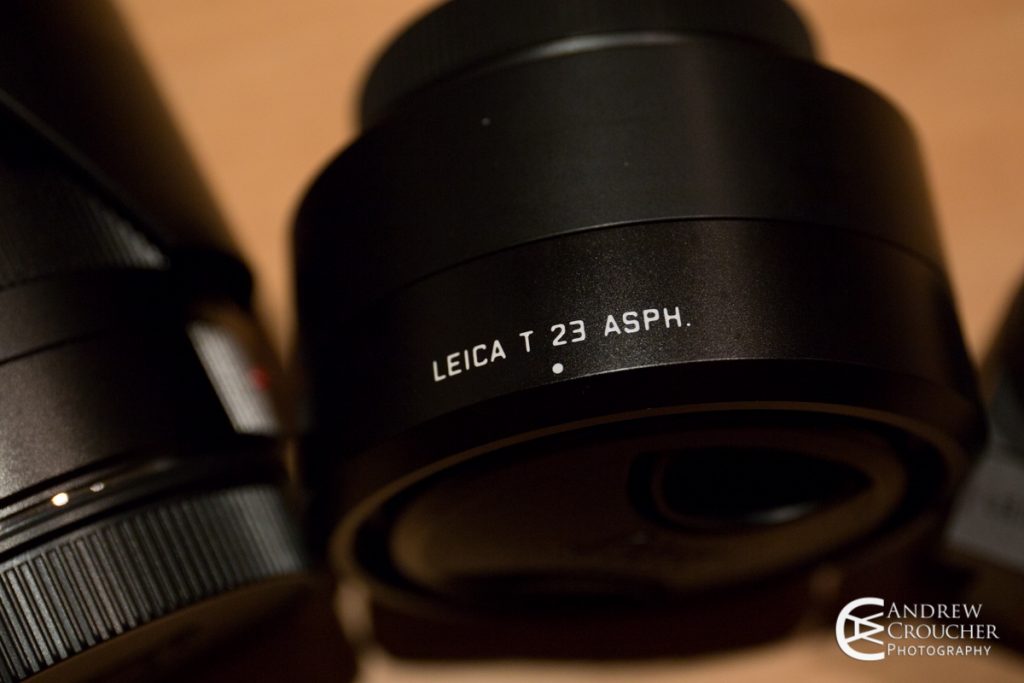
More information on the lenses can be found at the Leica website.
The Visoflex (Typ 020) electronic viewfinder
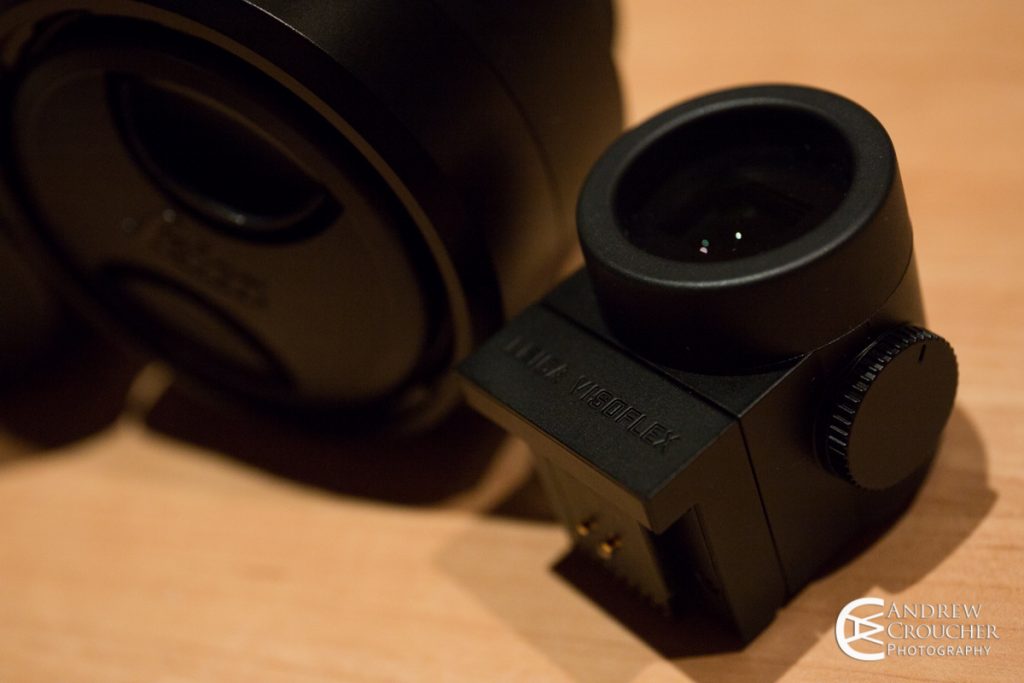
This electronic viewfinder [EVF] is a clever and useful addition that makes composing the shot really fun, especially the low angels! It’s like looking through a sniper rifle scope, feels good to hold up to the eye and look through, and because it sits in the cameras hot-shoe in a raised position above the camera body, your eyes are unobstructed from monitoring the environment in front of you and around your peripheral vision.
Although the LCD touchscreen is screen best I’ve ever seen operating in bright sunlight, there were times when I’d prefer to use the Visoflex EVF to make sure the composition or focus is right and it really helps in this regard but it isn’t a necessity. When shooting low angles, the EVF can be tilted up, similar to looking down a periscope. Attaching this EVF also enables the GPS for the camera as it contains the receiver as well.
Costs
Currently, entry to the T system costs $2899 for the Leica camera body with the 18-56mm kit, and $1599 for the camera body only. Most of the T-lenses range from $1800-$2200, except for the35mm summilux-TL F1.4 costing $3099 but can be used on the SL system aswell on cropped mode.
To help justify the price tag, smaller electronic devices, usually demand higher prices because of the costs relating to researching and developing these new innovations. Now considering Leica is a pretty small company compared to Canon and Nikon, if the lenses were created in the new German factory, the lenses would cost around $5000+. This camera system is relatively affordable compared to other Leica cameras and other top quality optics brands while offering quality that is superior to Fuji and most Sony Zeiss glass. APSC lenses from other brands are usually bigger than Leica lenses as well, this is their forte. They make gear that is sleek, stylish, exclusive, durable and compact.
Issues
Critics said the auto-focus was really slow, this may have been the case in the past, with the new firmware update, this made auto-focus almost twice as fast! And the issue rarely affected me, I’ve used much slower cameras and still got quality images, for casual and street photography it is easy enough to just
One of the issues I had with the menu interface was when setting the camera to self timer, it would revert back to normal settings after you have taken the shot so you would have to switch it on again if you intend on re-shooting the subject. This was particularly annoying when shooting long exposures on a tripod and I used the 2 second timer for almost every shot, that means a lot of repetitive fiddling in the menu! Maybe it is just my ignorance from not reading the manual, but I hope someone can clarify whether the 2 second timer can be permanently switch on.
There were times when the white balance would be off, usually indoors, the scene would become overly warm, and also when I was shooting an outdoor scene in the shade and it exposed way too bright, it seemed like a software glitch, however these were rare occurrences, and it didn’t get in the way of my shooting.
Some feedback I received from a Leica customer who was moving from the M-system and owned 5 M-lenses, had a word of caution to M-users wanting to adapt their M-lenses to the Leica T with the adapter. He was only able to use 2 out of 5 lenses, so make certain which M-lenses will work with the camera before making your purchase. Leica says there are 20 lenses approved for this system, which you can see here at this link.
Choices
Mirrorless camera technology has mostly caught up to DSLR technology and in some ways, advances it. With each new release, more people are making the switch over, and the reasons are numerous, but generally, the weight, compact size and outstanding camera sensors outweigh the few compromises like low battery life and poor autofocus in low light. I have considered adopting a mirrorless system, mainly to use as a travel camera to take landscapes and accompany me everywhere, instead of using my phone to capture snaps. A DSLR setup can be an effort to carry for long periods, and most times I simply leave the bulky camera equipment at home. For professional jobs I would still prefer to use my trusty DSLR gear because it has a longer battery life and consistently delivers great results in low light conditions. But I would take the Leica to certain jobs as a backup camera, like at weddings or events where I need more drama and emotion in the images.
Made for connoisseurs of photography, it stands out from the retro-styled mirrorless camaras, it is a perfect system to take with you everywhere, a ‘go-to’ camera to create art in a more enjoyable and effortless way. With many compact camera options available, the choice is yours to find a camera that suits your needs, there is something for everyone in the market. The Leica T system demands a higher price tag than consumer level cameras, it is a luxury high quality product that serves a particular niche very well. For those wanting a camera to grow old with which takes fantastic looking photos straight out of a sleek modern and fashionable camera with top-tier Leica lenses, and exclusivity of owning a premium camera system made from a small factory in Germany with a long legacy in the industry. Then the cost is more than justified for those that can afford it.
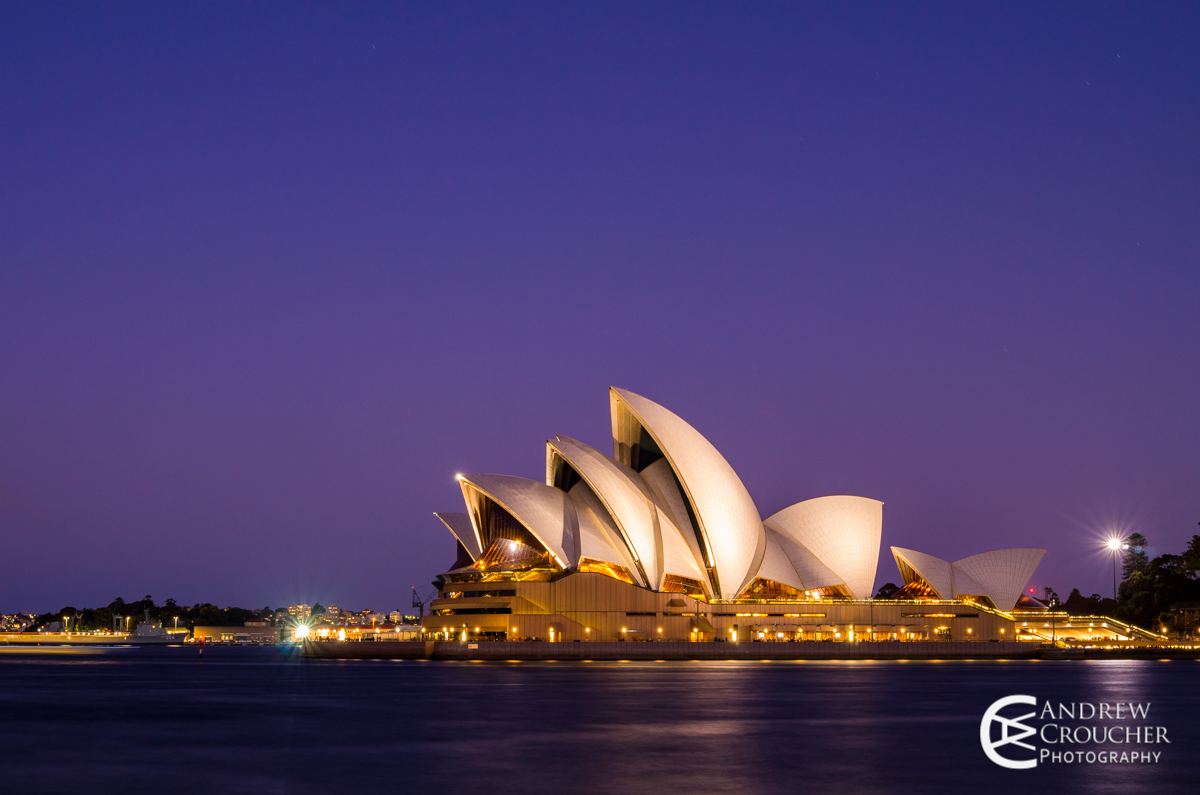
Additional Sample Images

